Nombre:
Gómel
Otro: Gomel
Localización:
Tipo: Urbanismo
Categoría:
Foto:
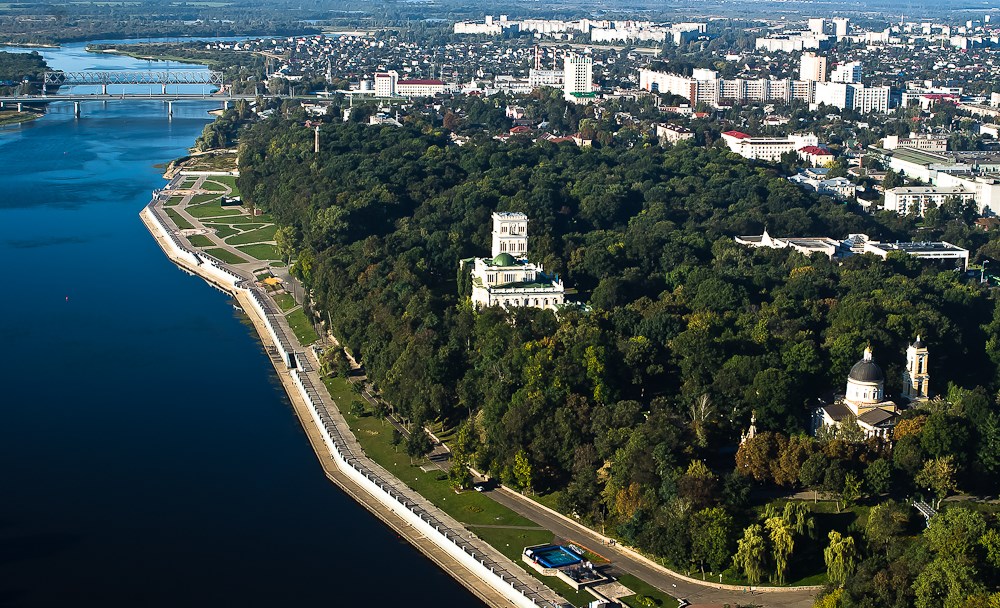
Voto:
Continente: Europa
País: Bielorrusia
Localización:
Año:
Estado: Terminado
Descripción:Recordando Chernóbil: Gomel
Gomel, al sureste de Bielorrusia, entre las fronteras rusa y ucraniana, es una de las ciudades más importantes del país y la más contaminada por la radioactividad tras la catástrofe de Chernóbil. Tanto la capital, como todo el oblast o región, sufrieron las peores consecuencias, muchos pueblos quedaron completamente abandonados y los campos, bosques y ríos contaminados durante cientos de años. Todo cambió en Gomel el 26 de abril de 1986.
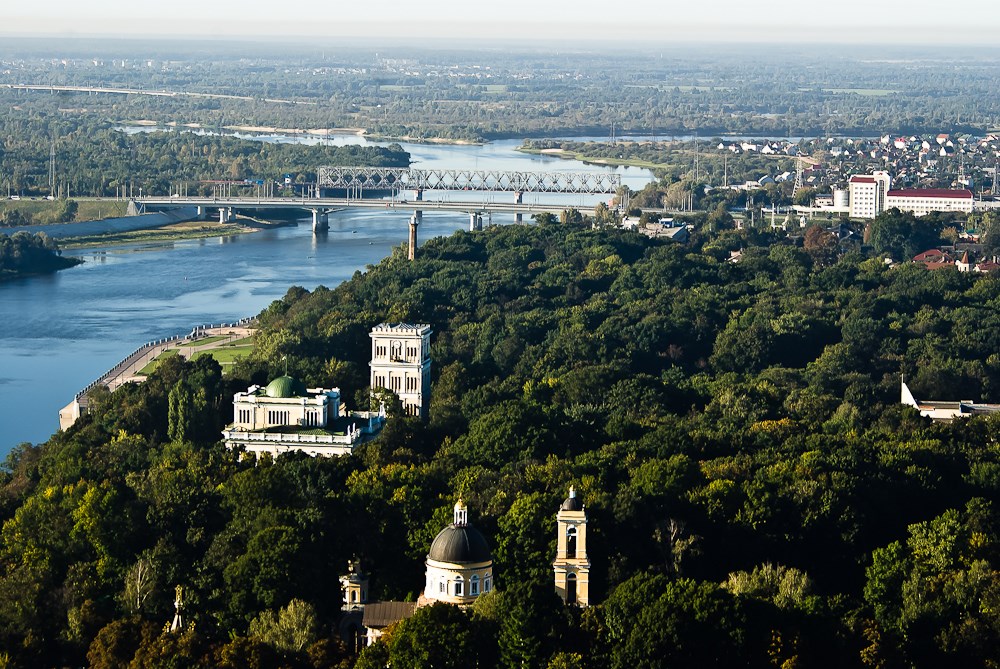
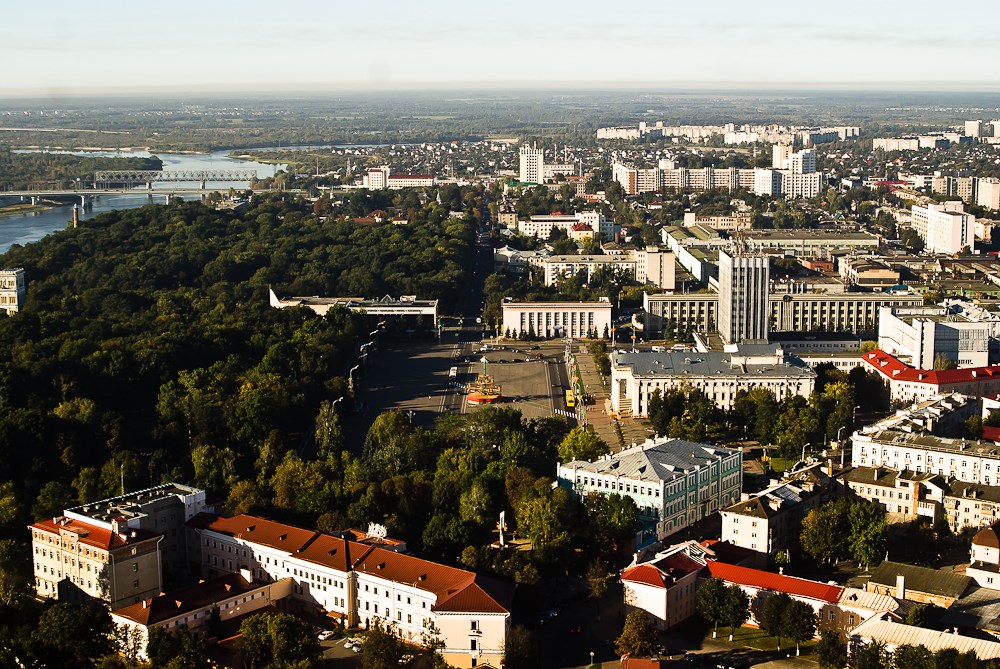
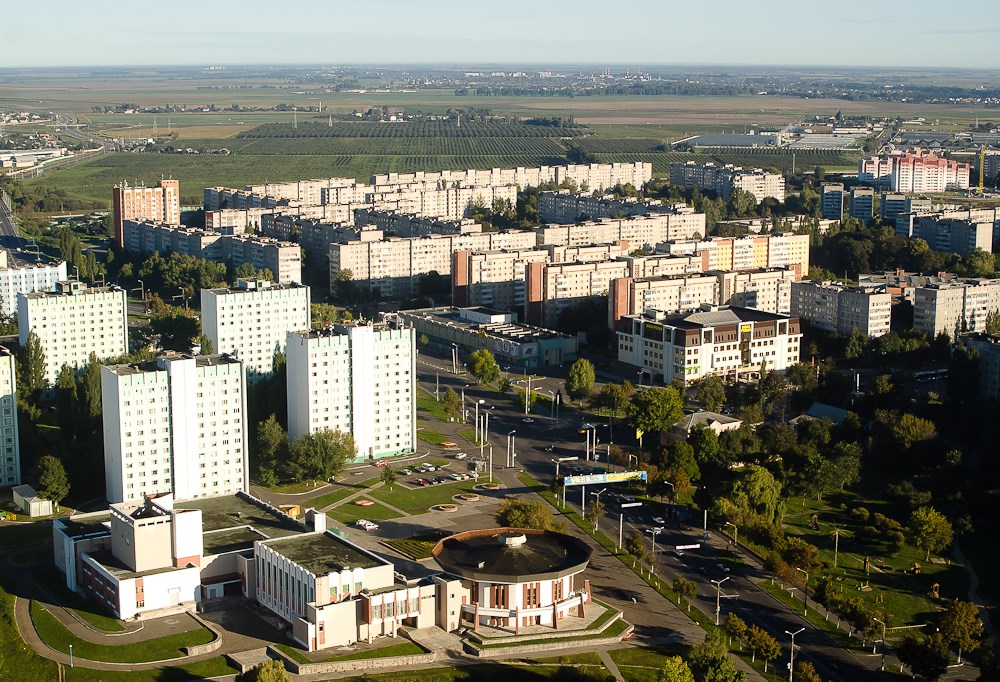
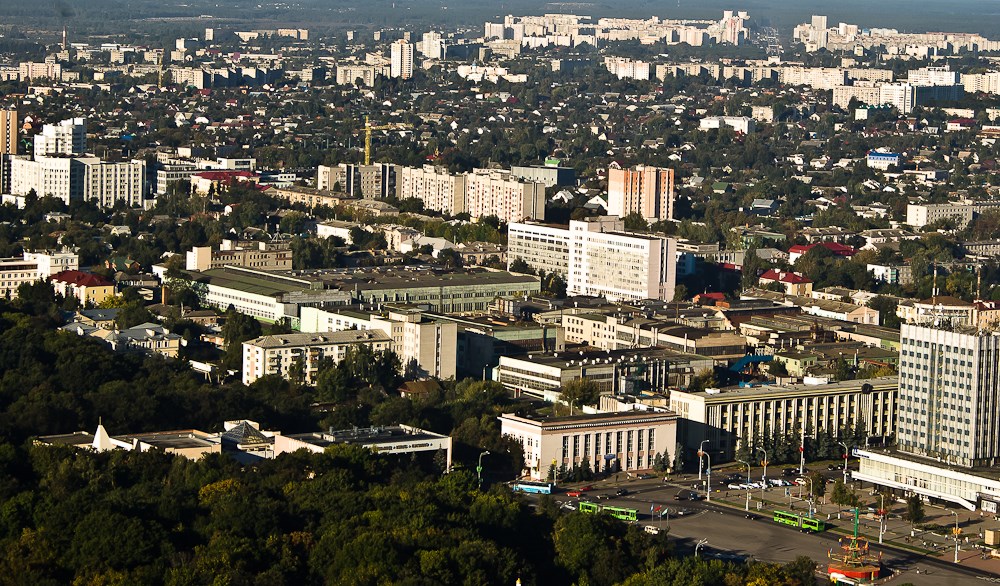
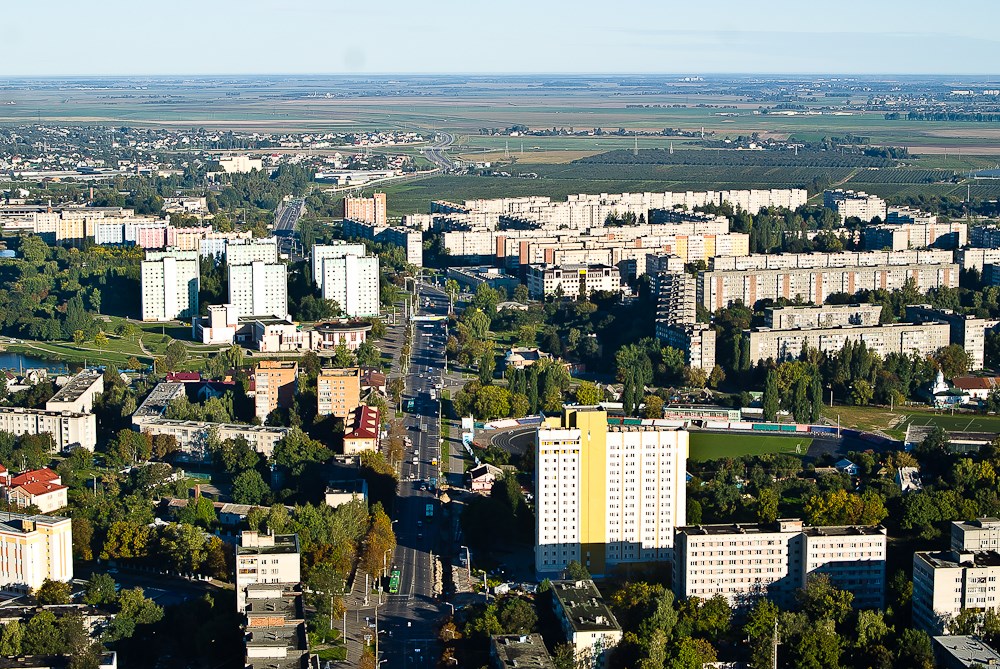
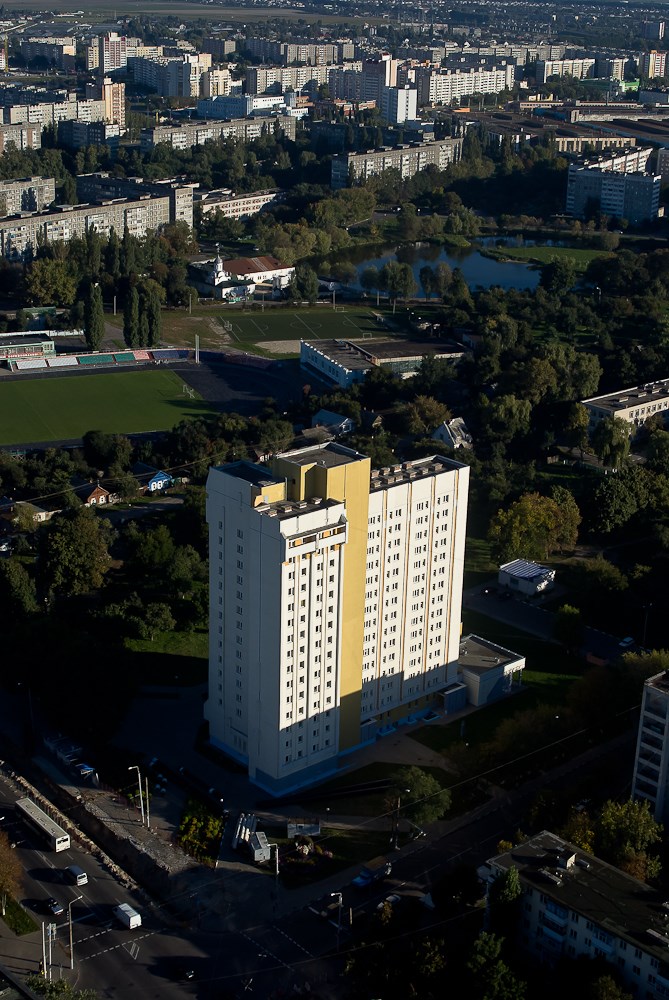
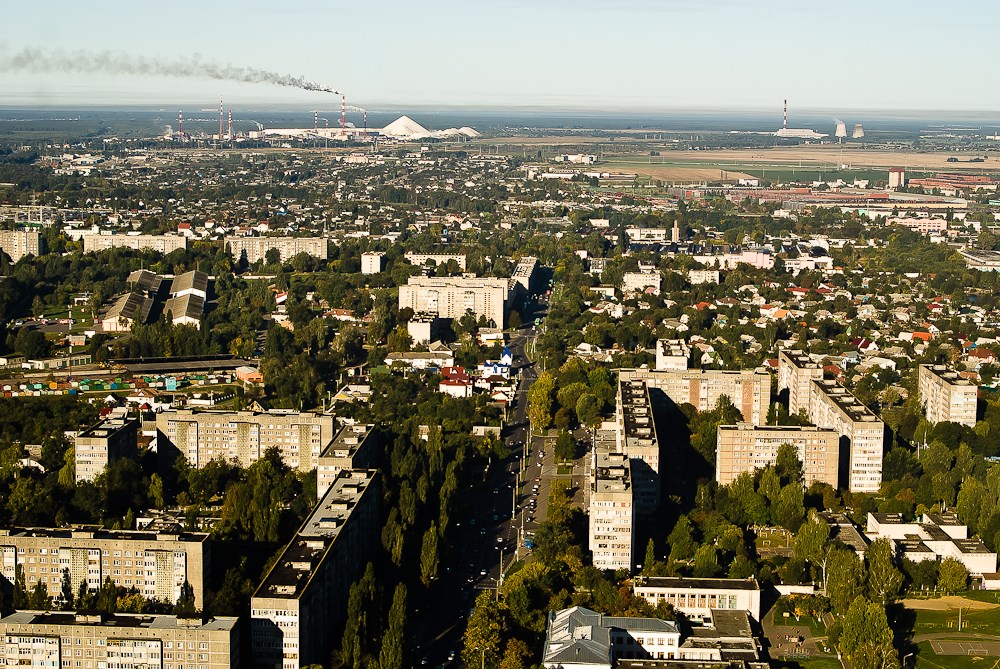
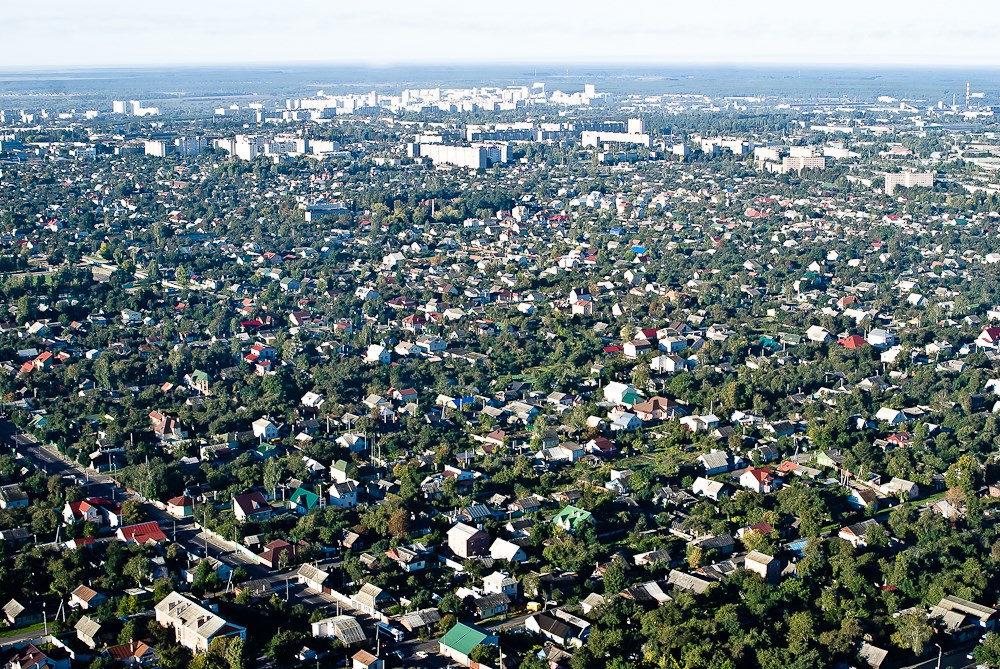
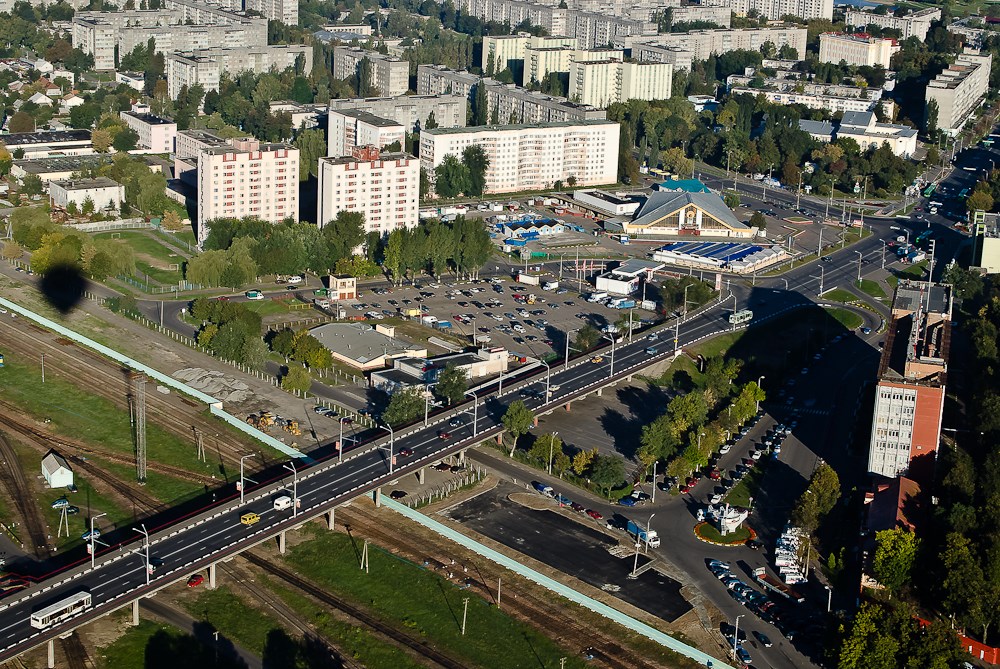
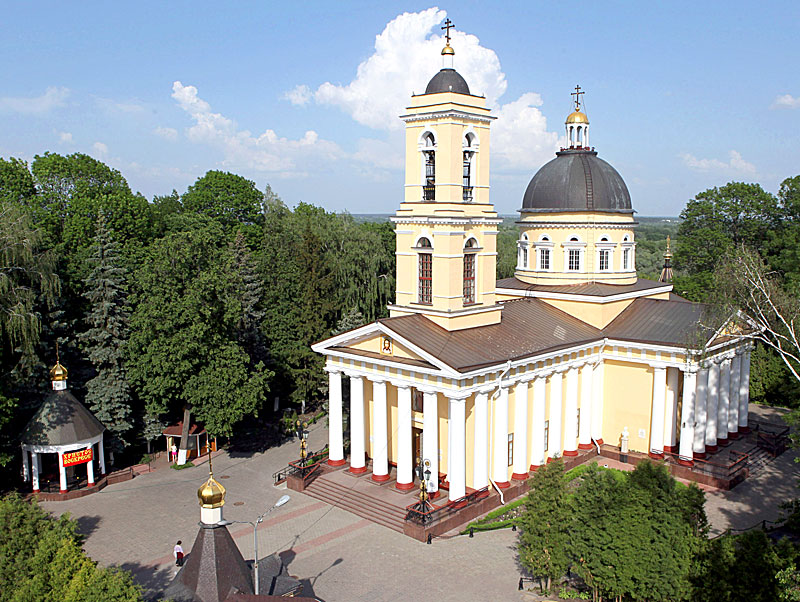
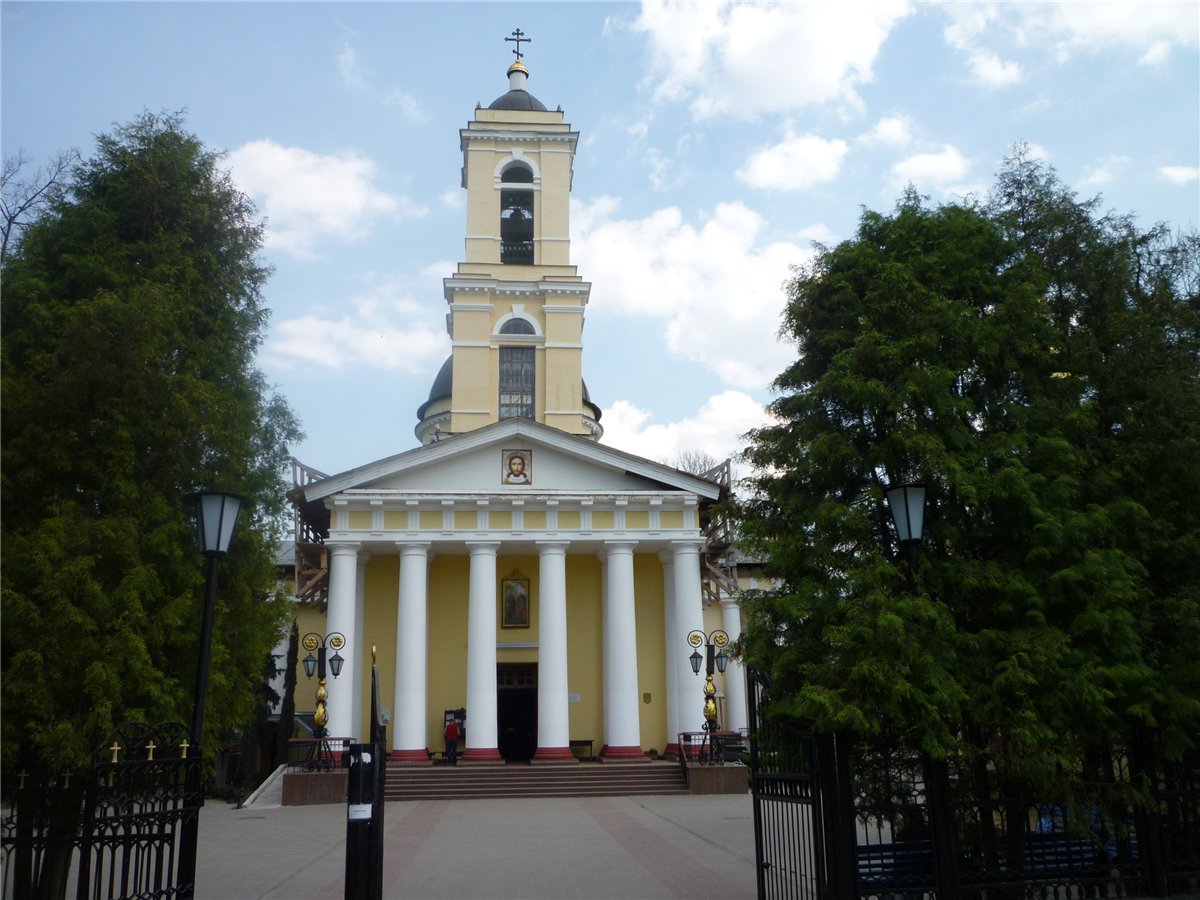
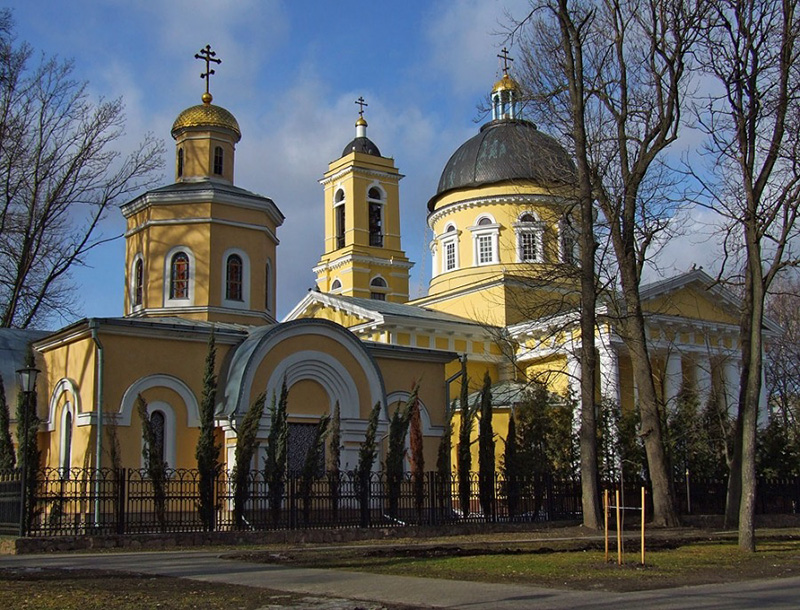
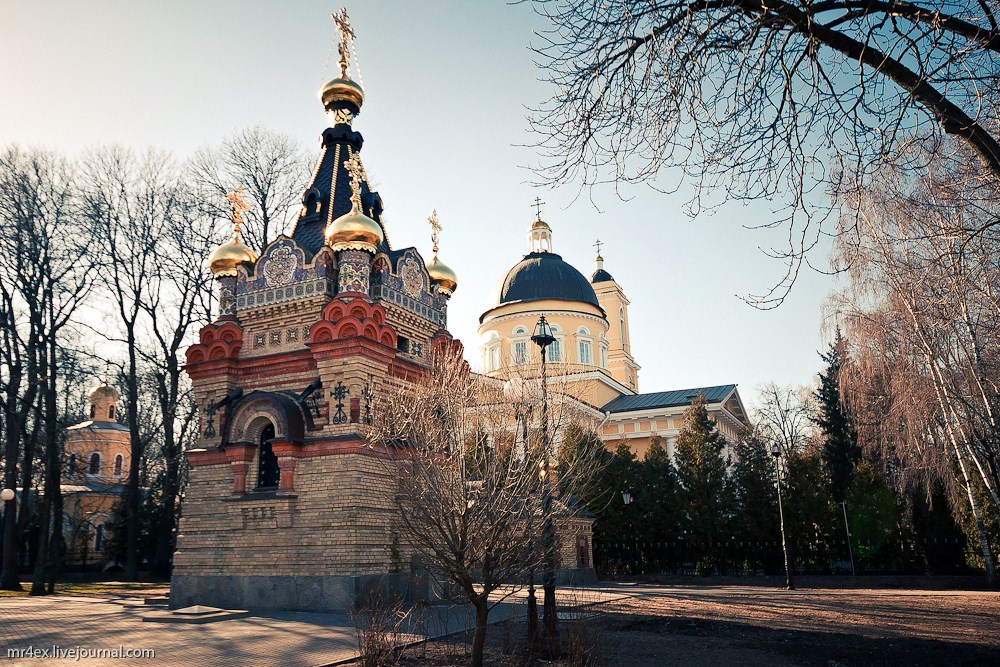
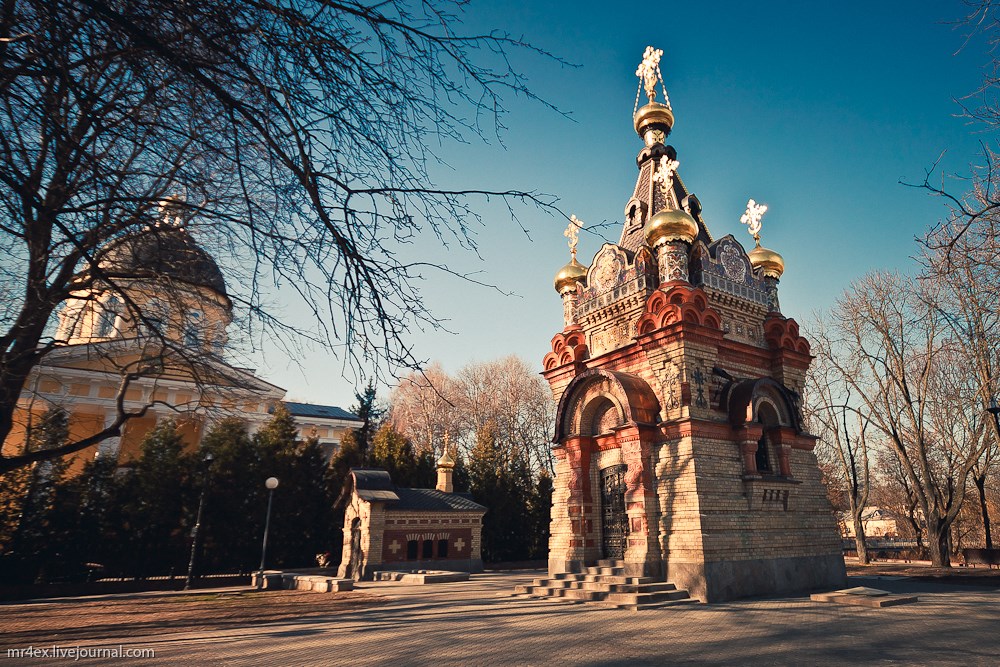
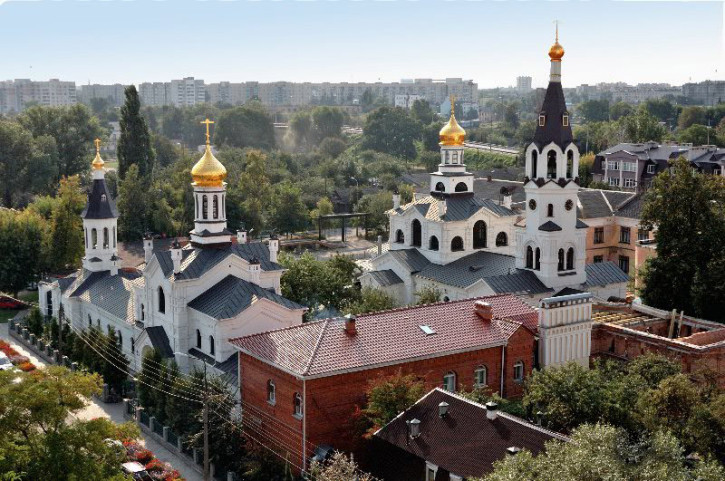
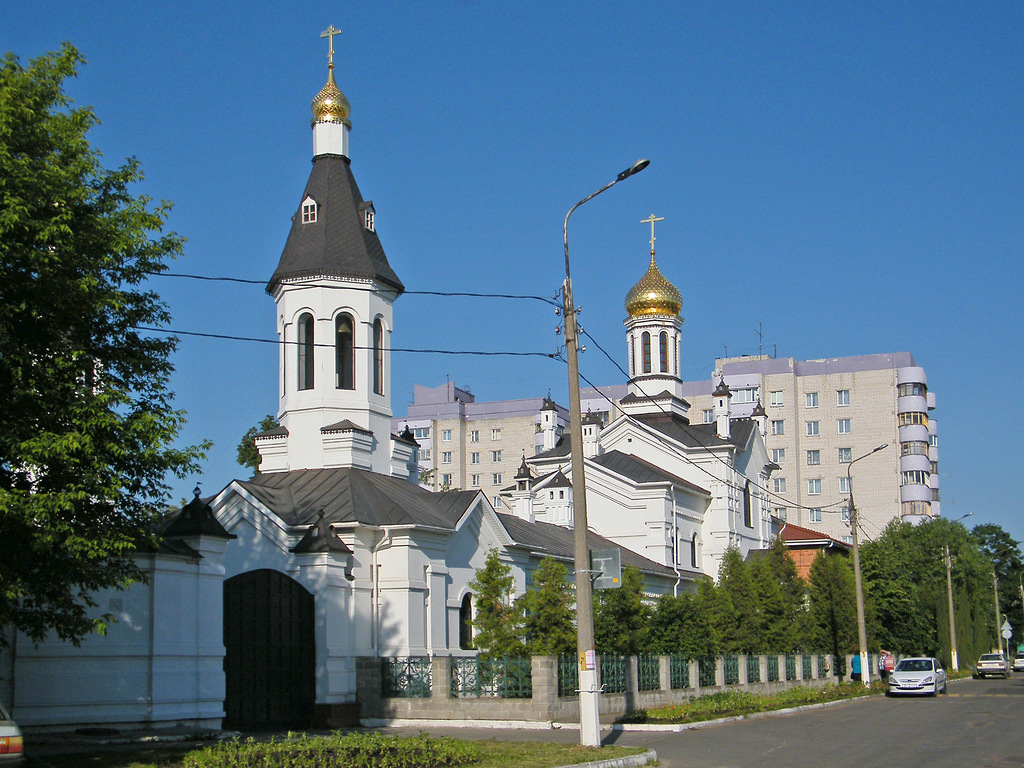
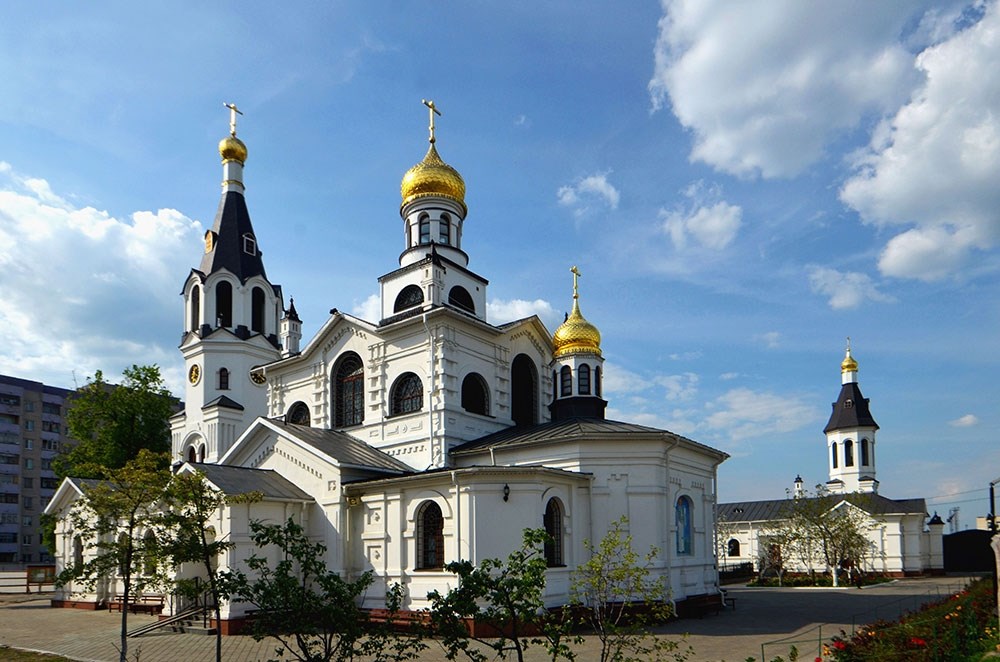
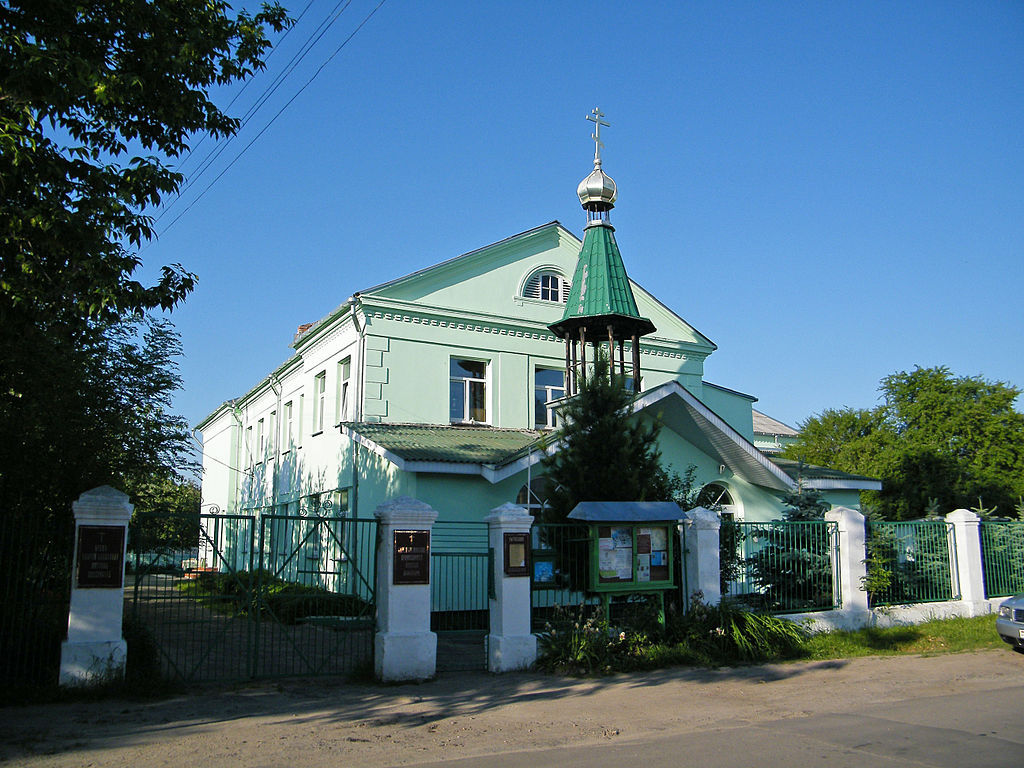
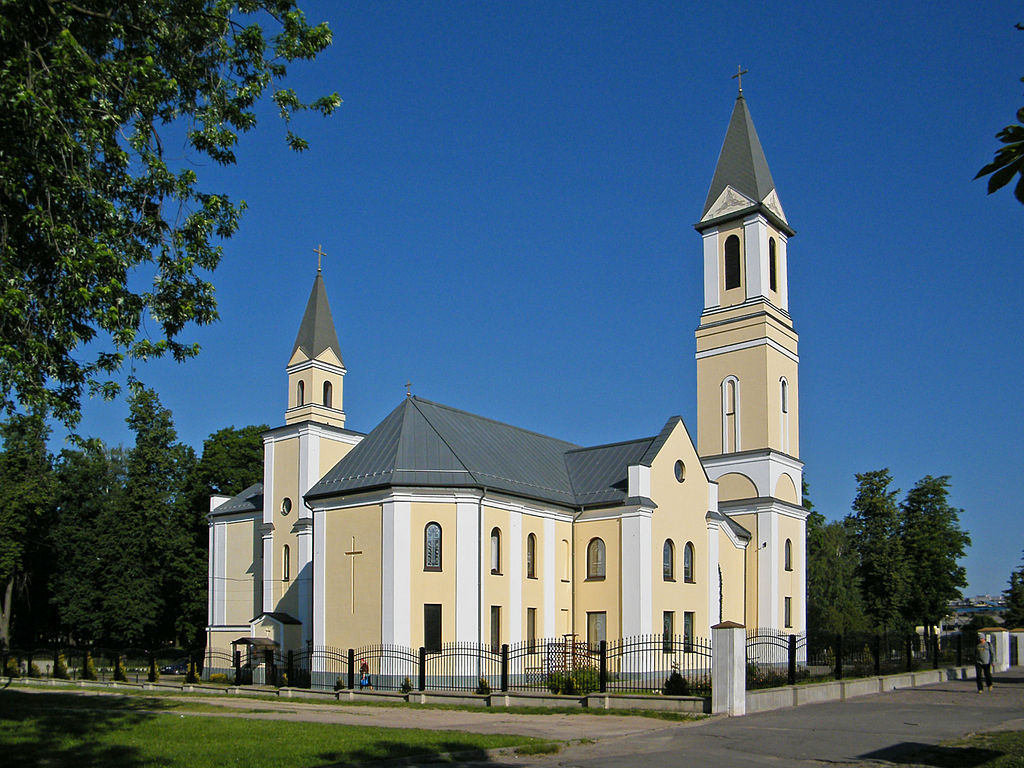
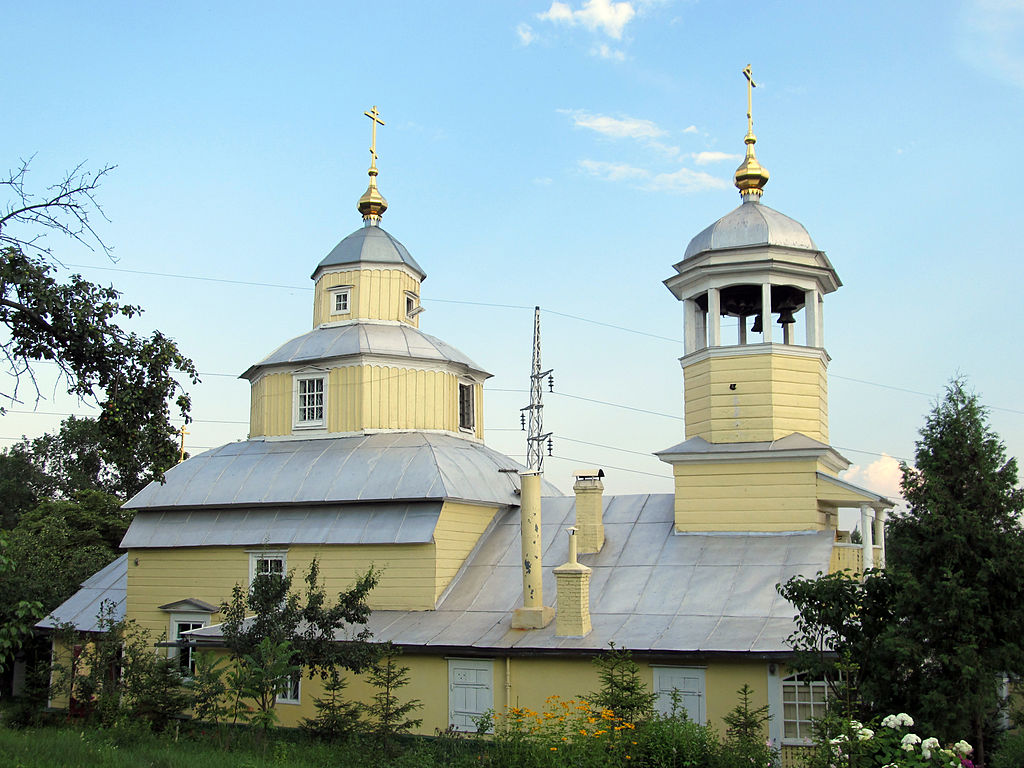
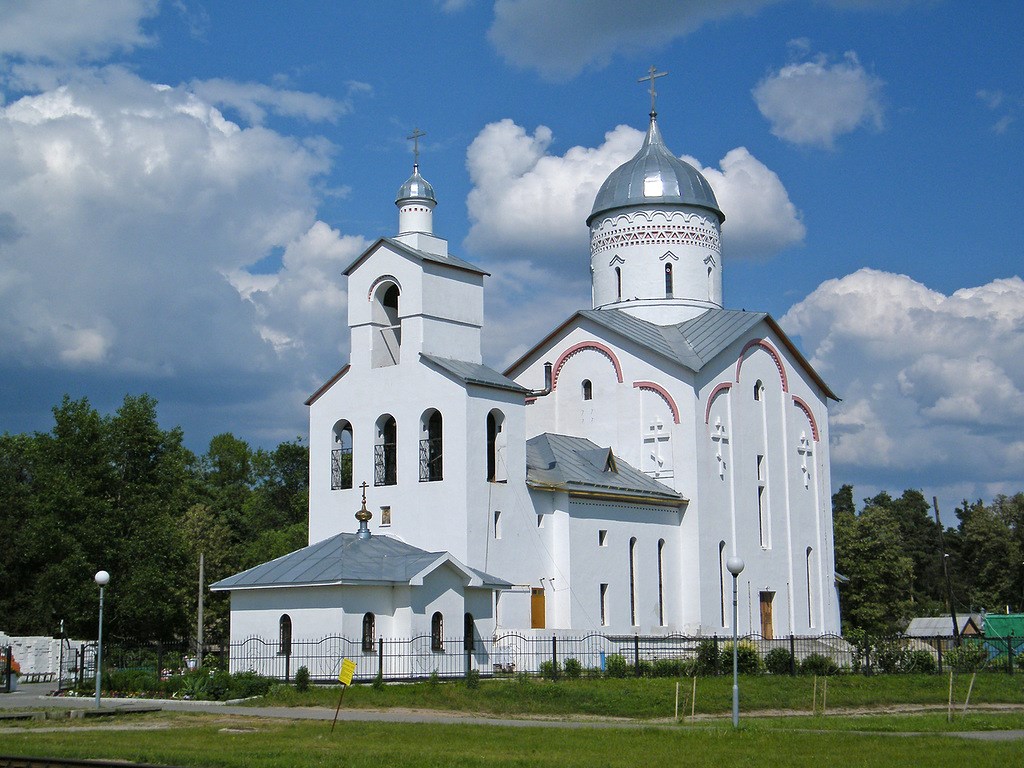
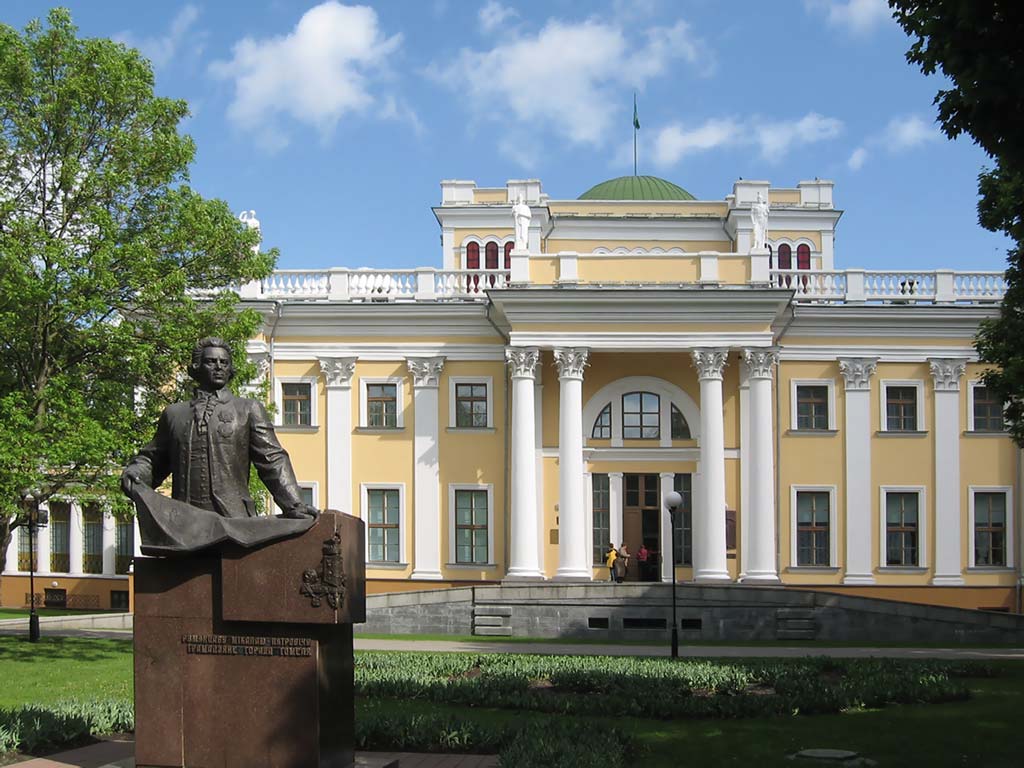
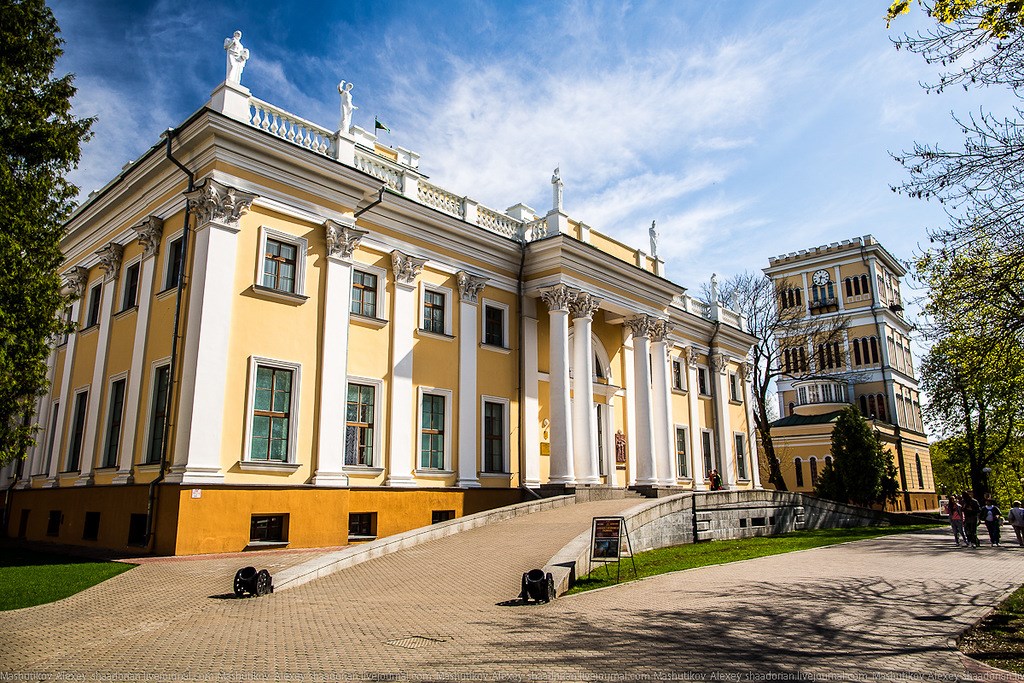
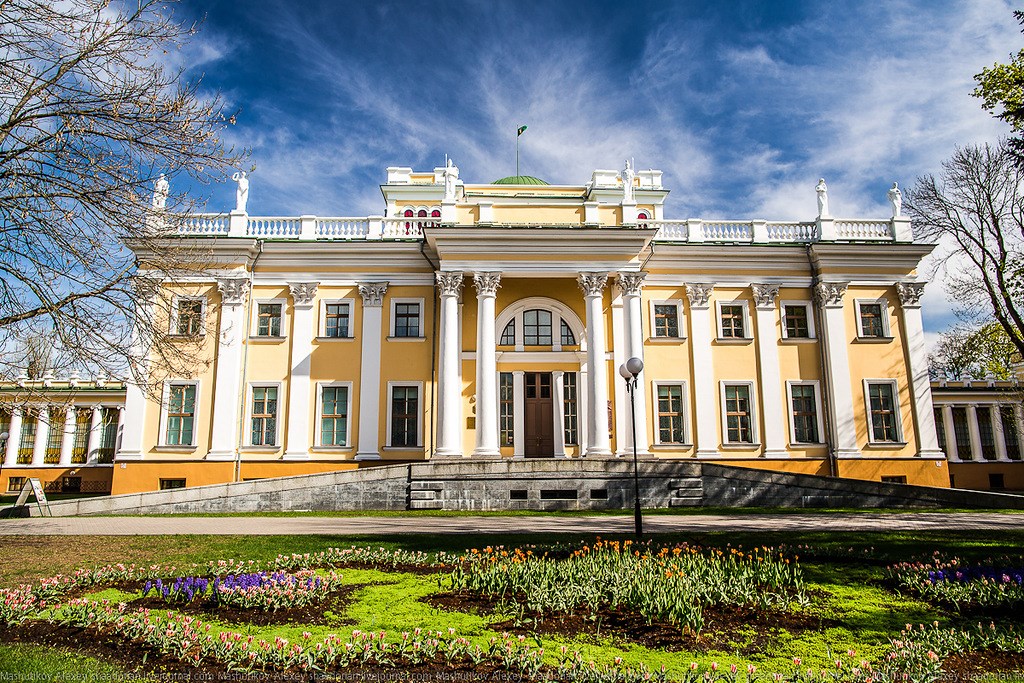
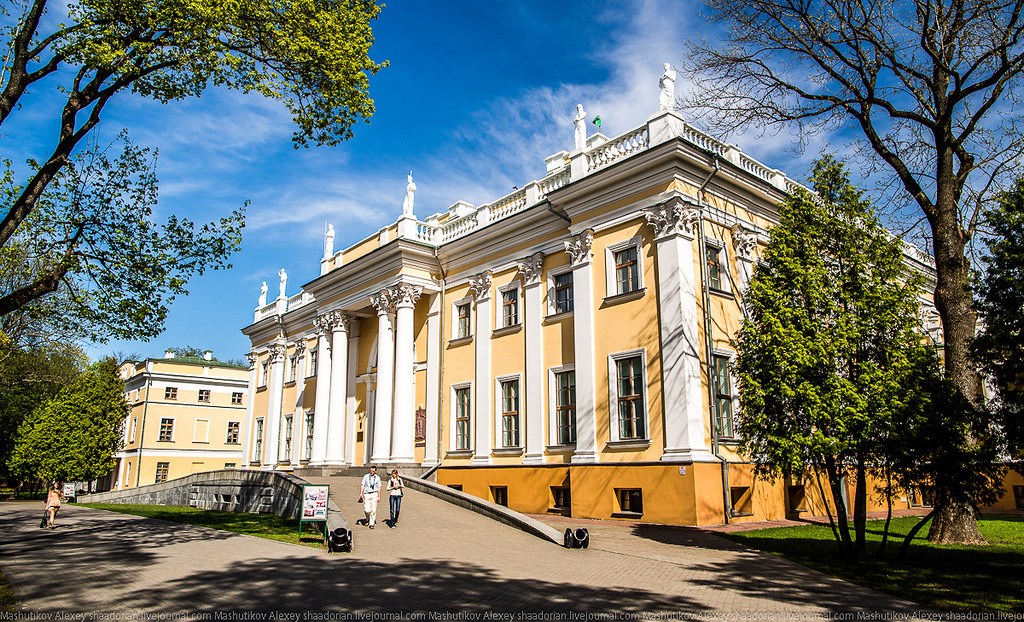
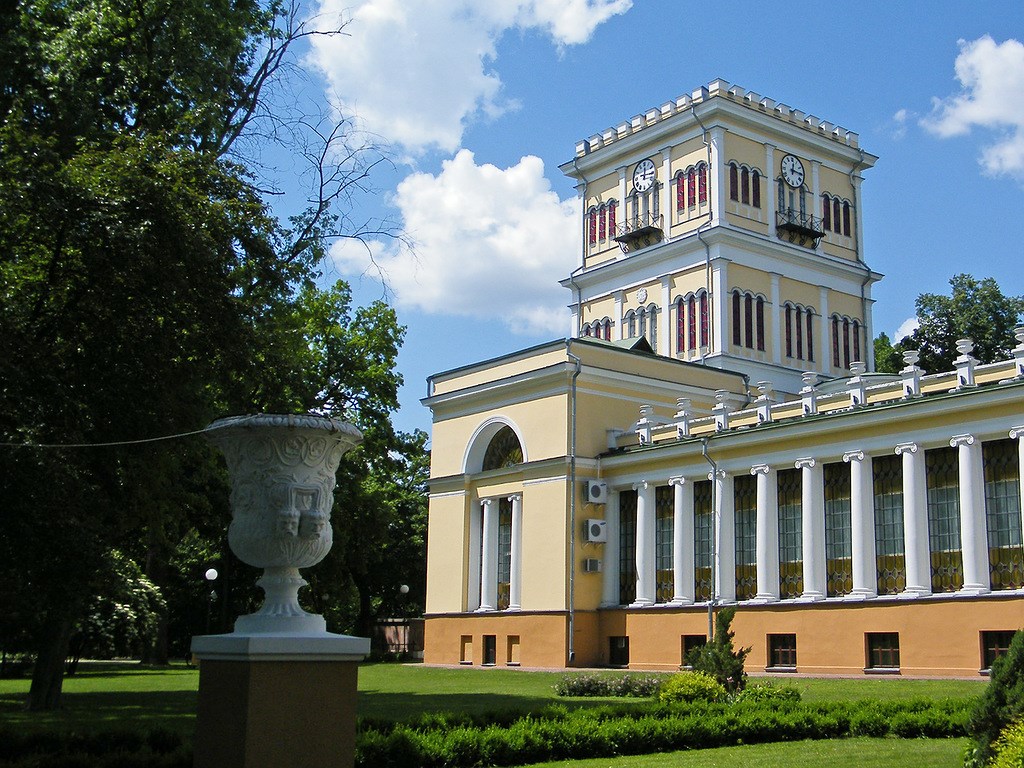
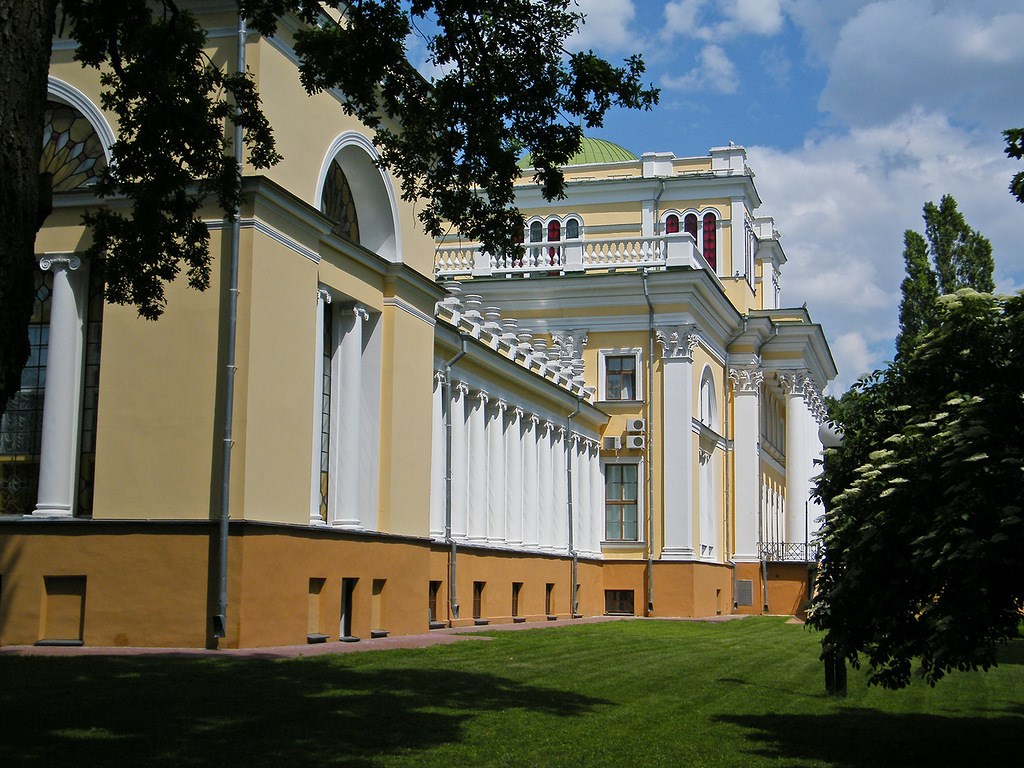

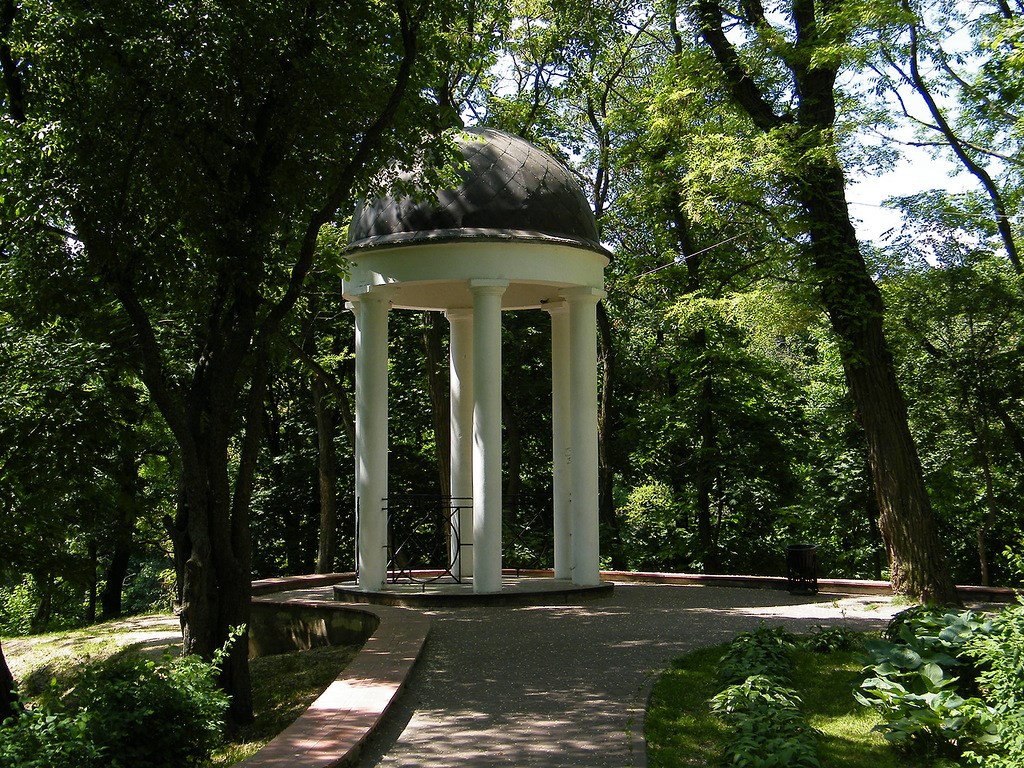
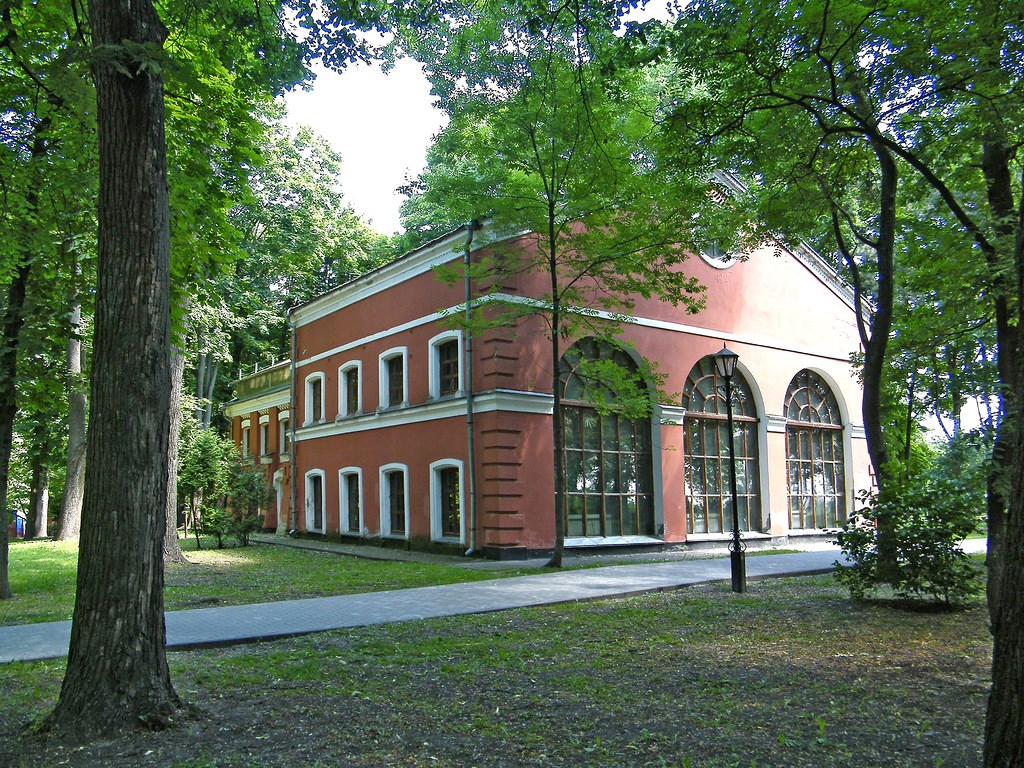
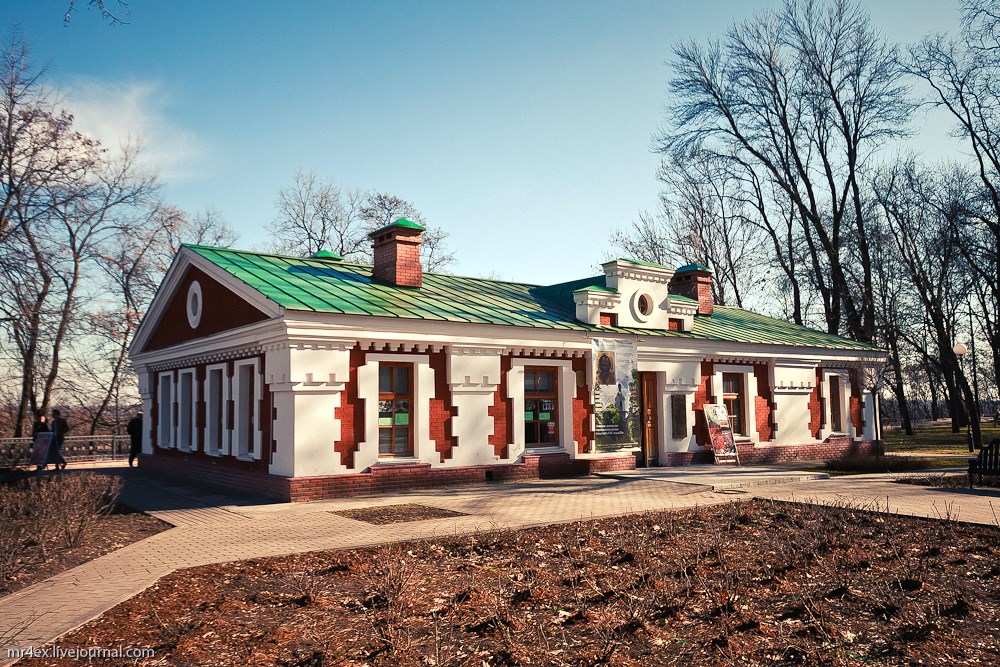
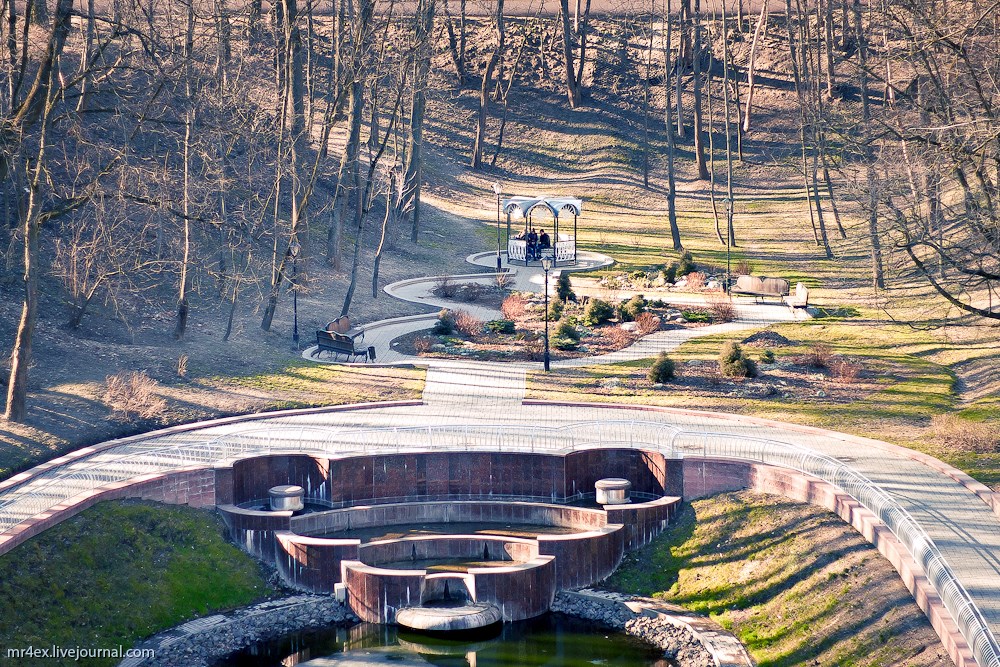
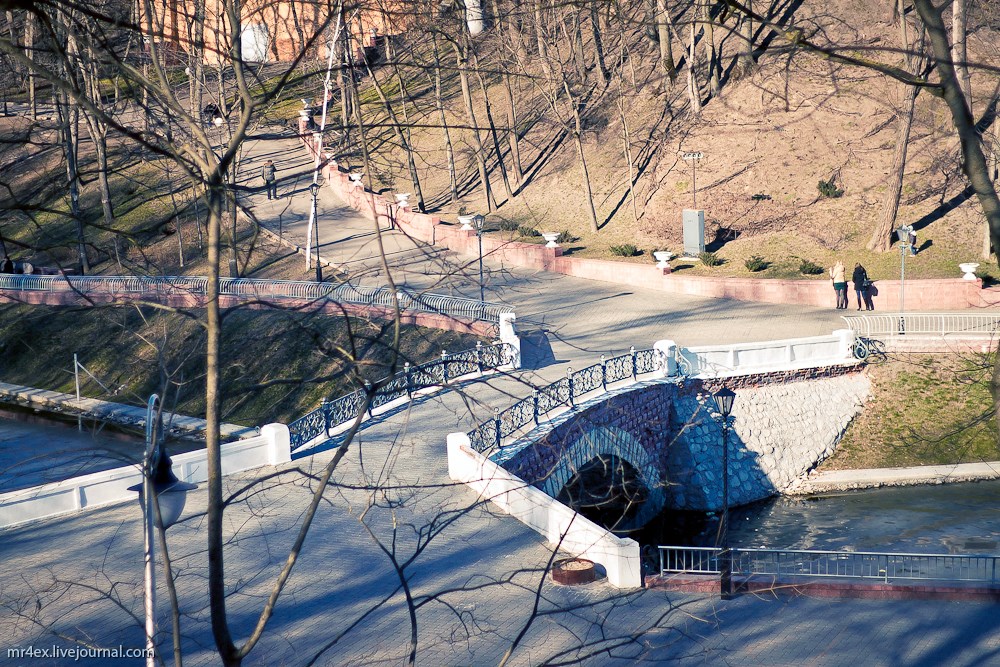
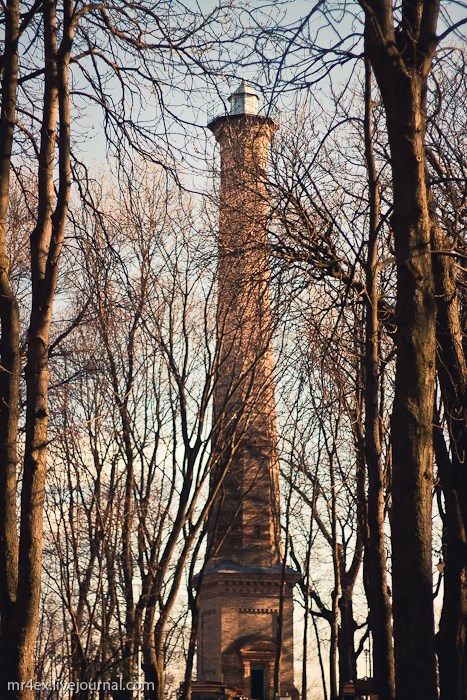
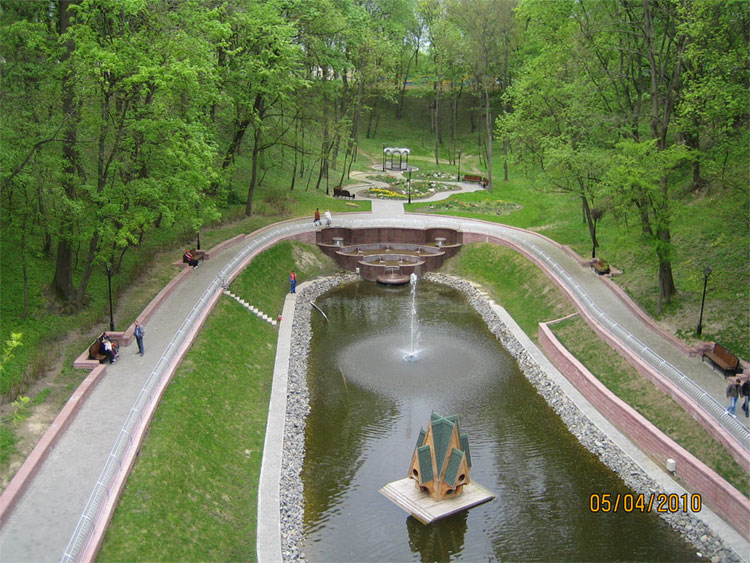
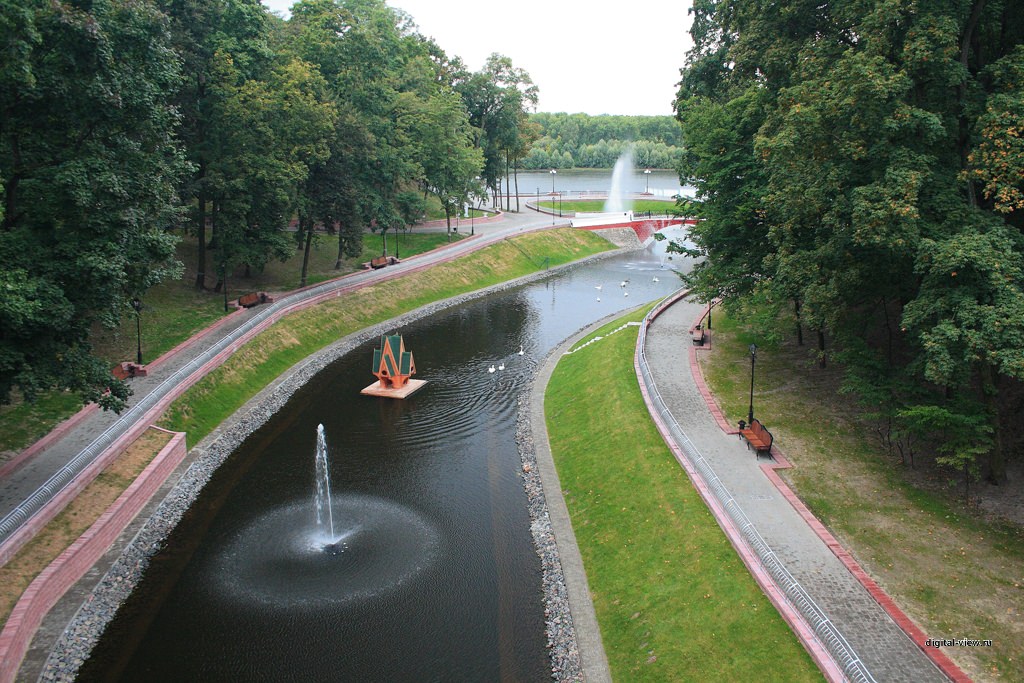
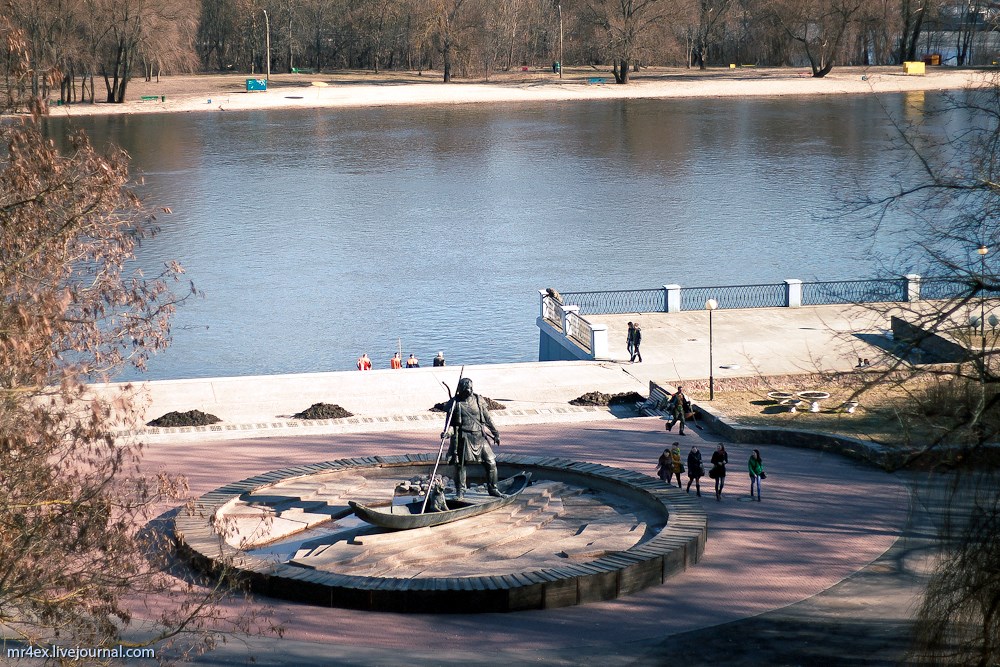
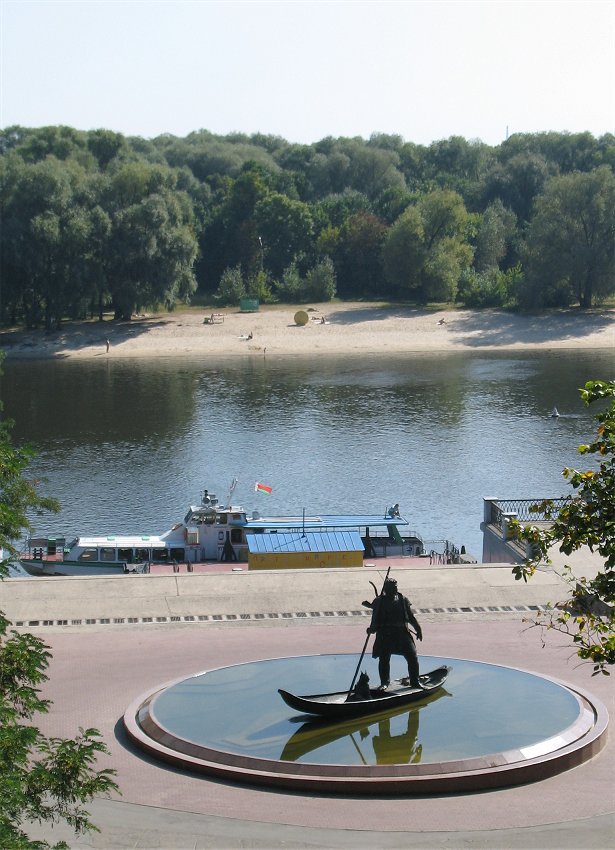
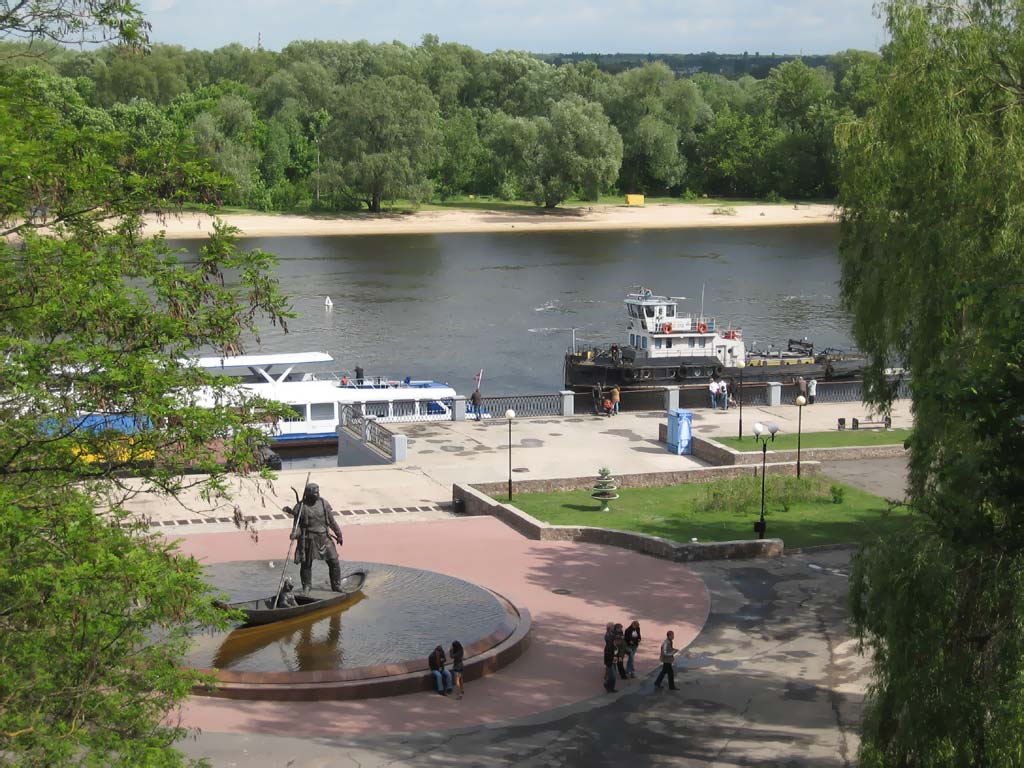
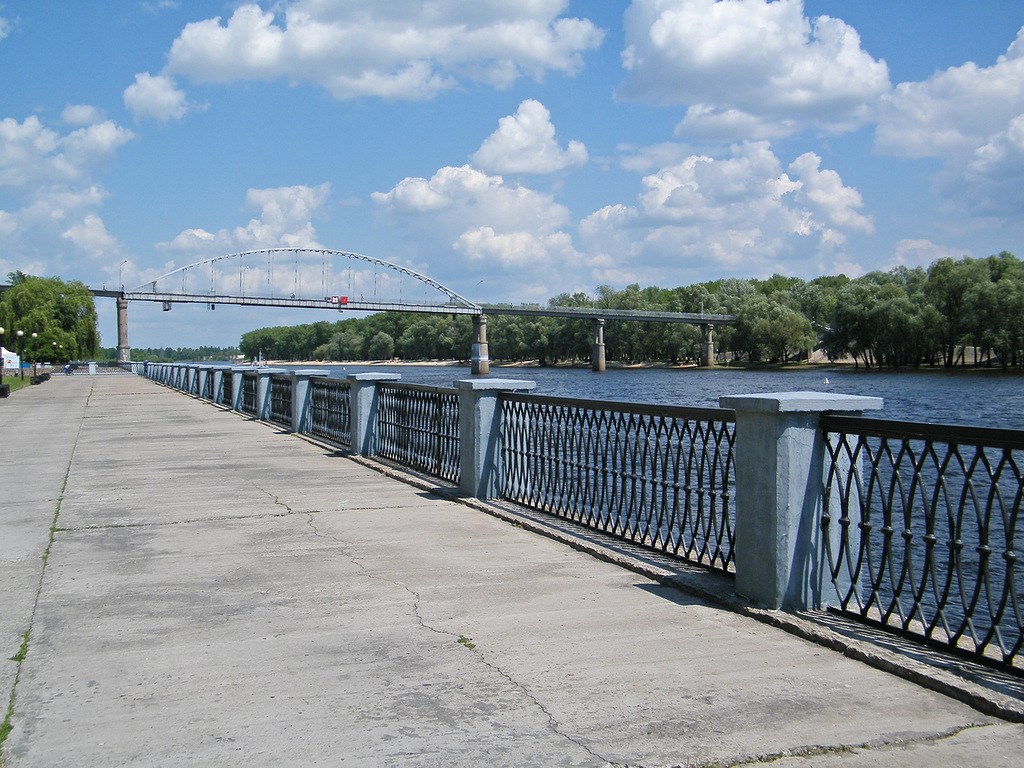
Pocas horas después de la manifestación de la oposición en Minsk, me desperté de madrugada para coger el tren que me llevaría hasta allí. El viaje comenzó con emoción porque mientras el tren se iba acercando hasta el andén, por los altavoces de la estación comenzó a sonar a todo volumen una música soviética militar que me puso los pelos de punta. Extrañada, le pregunté a un chico que también esperaba el por qué de esa música a esas horas, y tan tranquilo me explicó que es para “dar la bienvenida al tren”.
Así que de repente se me quitó el sueño, y durante 5 horas fui viendo paisajes increíbles desde la ventana con un tiempo primaveral y un calor como por aquí no habíamos tenido antes. La naturaleza bielorrusa es realmente espectacular: todo verde, bosques infinitos, ríos, lagos, pantanos, pequeños pueblos de casas de colores… En las estaciones en las que paramos se acercaban oleadas de vendedores de peluches que te metían por la ventana por si querías comprar alguno.
A media mañana estaba en Gomel. El centro no es especialmente bonito, como en todas las ciudades bielorrusas tiene sus decadentes bloques soviéticos que le dan un aspecto desangelado, su estatua de Lenin, sus avenidas de la Victoria, Sovetskaya y, de nuevo, de Lenin, su tanque en homenaje al Ejército soviético, su llama eterna y su obelisco…
Pero la zona del río Sozh es una maravilla. Al llegar a la Plaza de Lenin hay un parque enorme y precioso, donde están los lugares más relevantes: la catedral de San Pedro y San Pablo, varias iglesias ortodoxas de cúpulas doradas, el palacio Rumyantsev, y el paseo del río, con unas vistas espectaculares que me recordaban al del Volga en Rusia. Como el lunes y el martes aquí era fiesta y hacía tan buen tiempo, había puestos de dulces y globos, todo el mundo estaba en la calle, tomando helados y montando a los niños en las atracciones.
Por la tarde me encontré con el amigo de una amiga que vive allí. Konstantin es un joven pintor bielorruso que me enseñó rincones de la ciudad que sin él nunca habría visitado. Paseamos muchísimo y hablamos de tantas cosas, de la situación cultural y artística en Bielorrusia, y de la vida en Gomel y la región después de Chernóbil. Como cuenta todo el mundo, la gente se ha acostumbrado a vivir con ello, a saber que por todas partes hay radiación y que poco o nada se puede hacer para cambiarlo. Antes de venir a Bielorrusia leí que la costumbre era uno de los peores peligros, porque la gente ya ha olvidado lo que pasó y bebe agua y come productos contaminados (y peor aún, los vende sin ningún tipo de control). Y entonces pensaba que cómo algo así puede olvidarse…
Pero cuando estuve en Gomel lo entendí perfectamente. La naturaleza es de verdad tan bonita, todo tan tranquilo y luminoso que uno no puede pensar que la radiación permanece allí, y que lo hará durante siglos. Nada te hace pensar en ello, sólo de repente uno se da cuenta de nuevo cuando ve los edificios abandonados de toda la gente que se marchó después de la catástrofe y los cementerios enormes por la carretera que se ven de camino a la ciudad de Vetka (a la que dedico otra entrada). Como la radiación no se ve ni se huele es muy fácil ignorarla.
Aquí os dejo el enlace de un buen reportaje de Pilar Bonet sobre Gomel en el 20 aniversario de la catástrofe de Chernóbil por si queréis leer un poco más sobre la región:
http://elpais.com/diario/2006/04/22/internacional/1145656813_850215.html
https://bielorrusiaexiste.wordpress.com/2009/04/29/gomel/
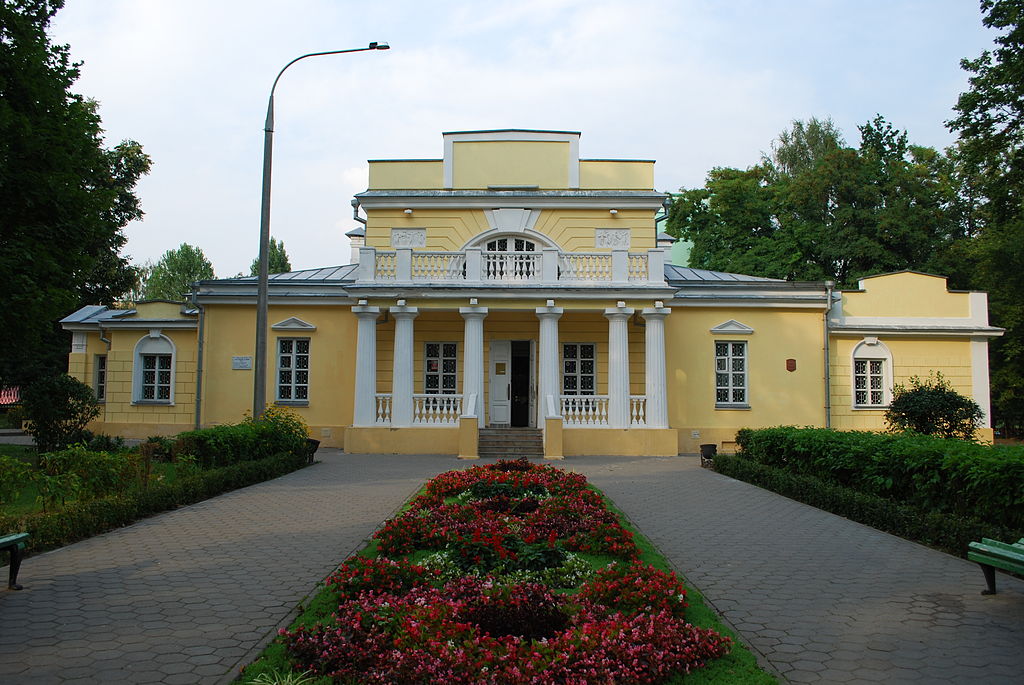
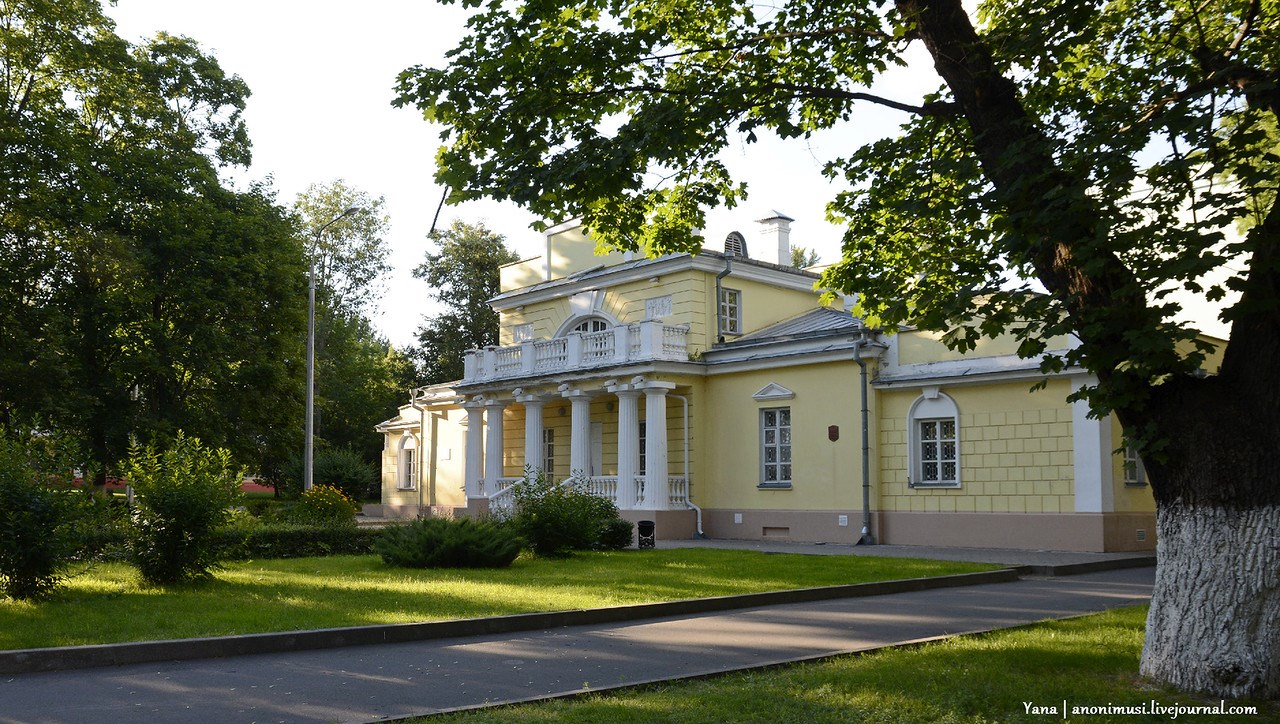
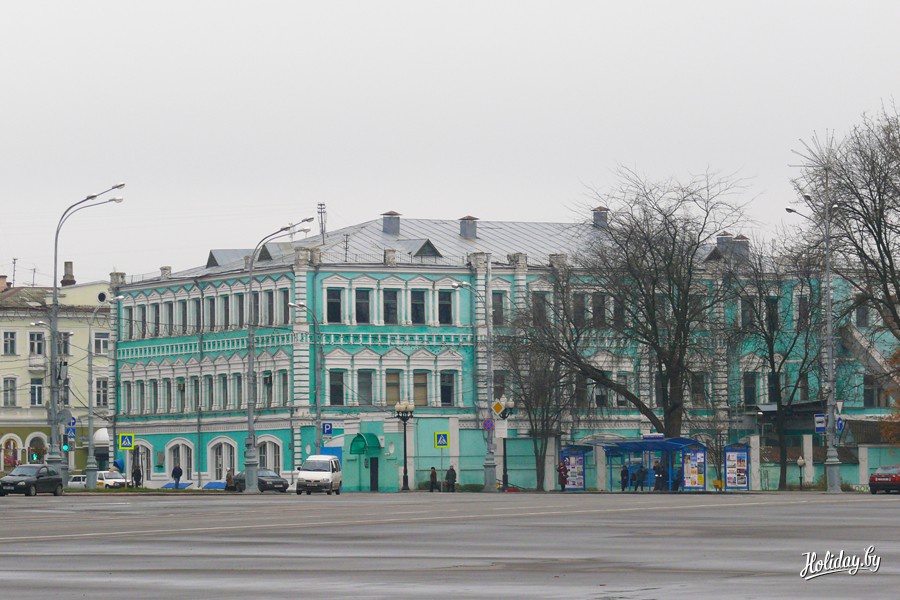
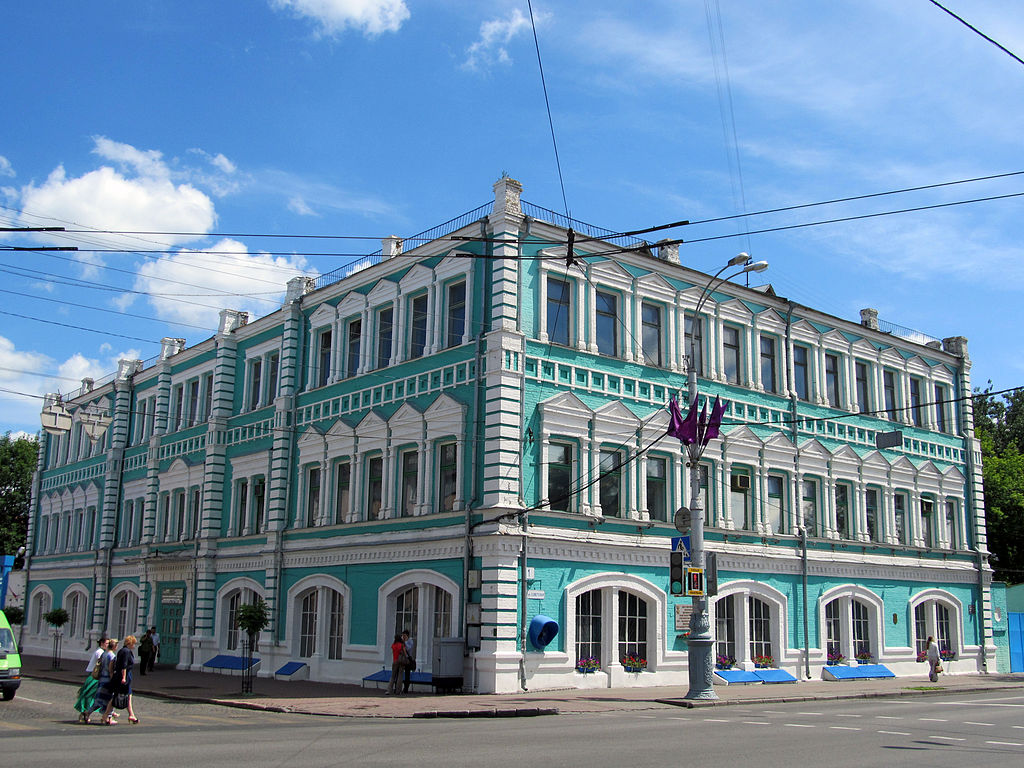
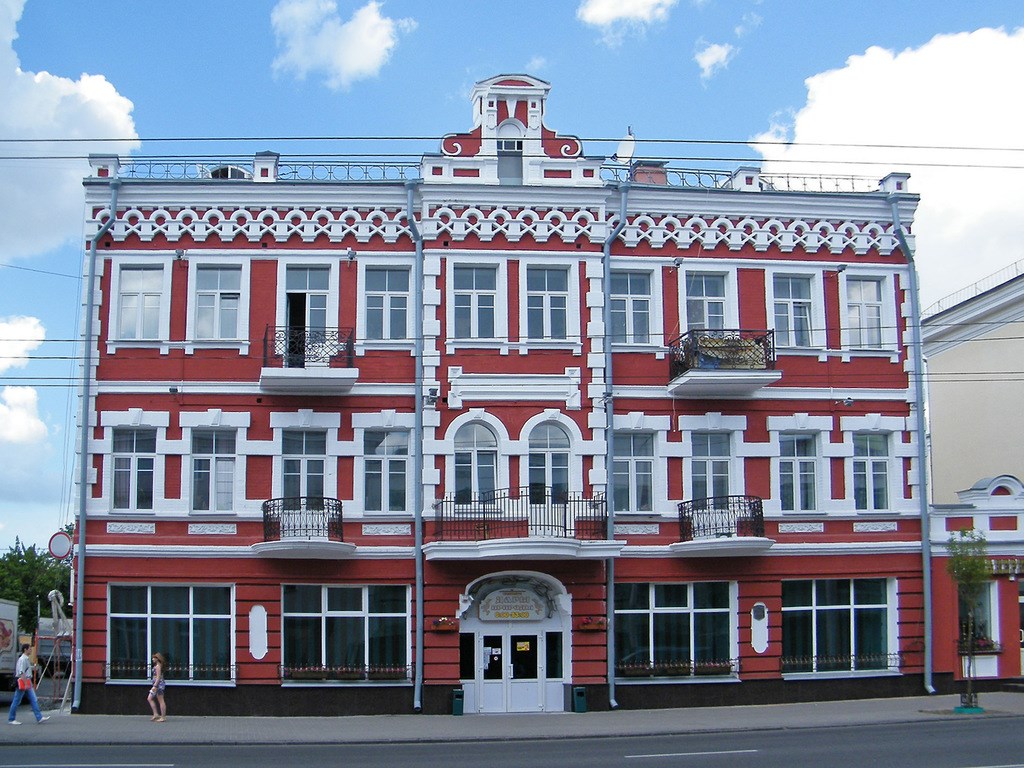

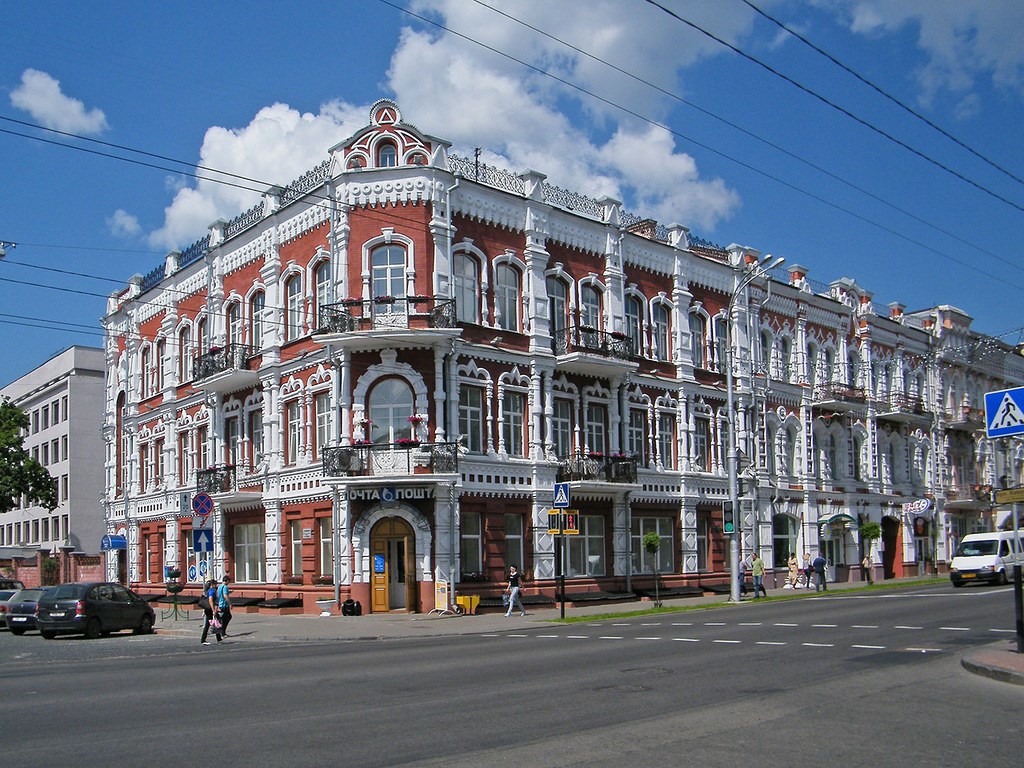
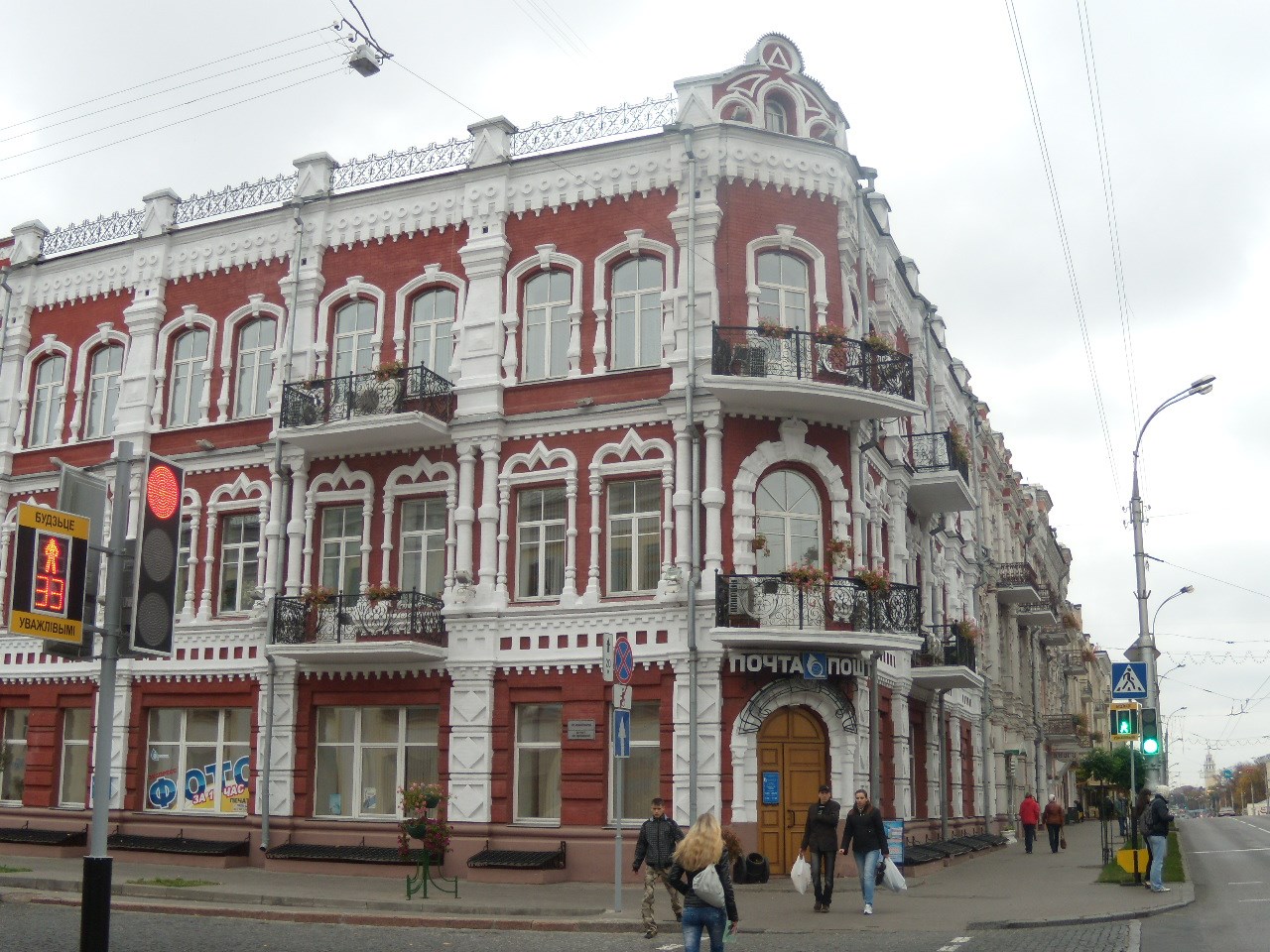
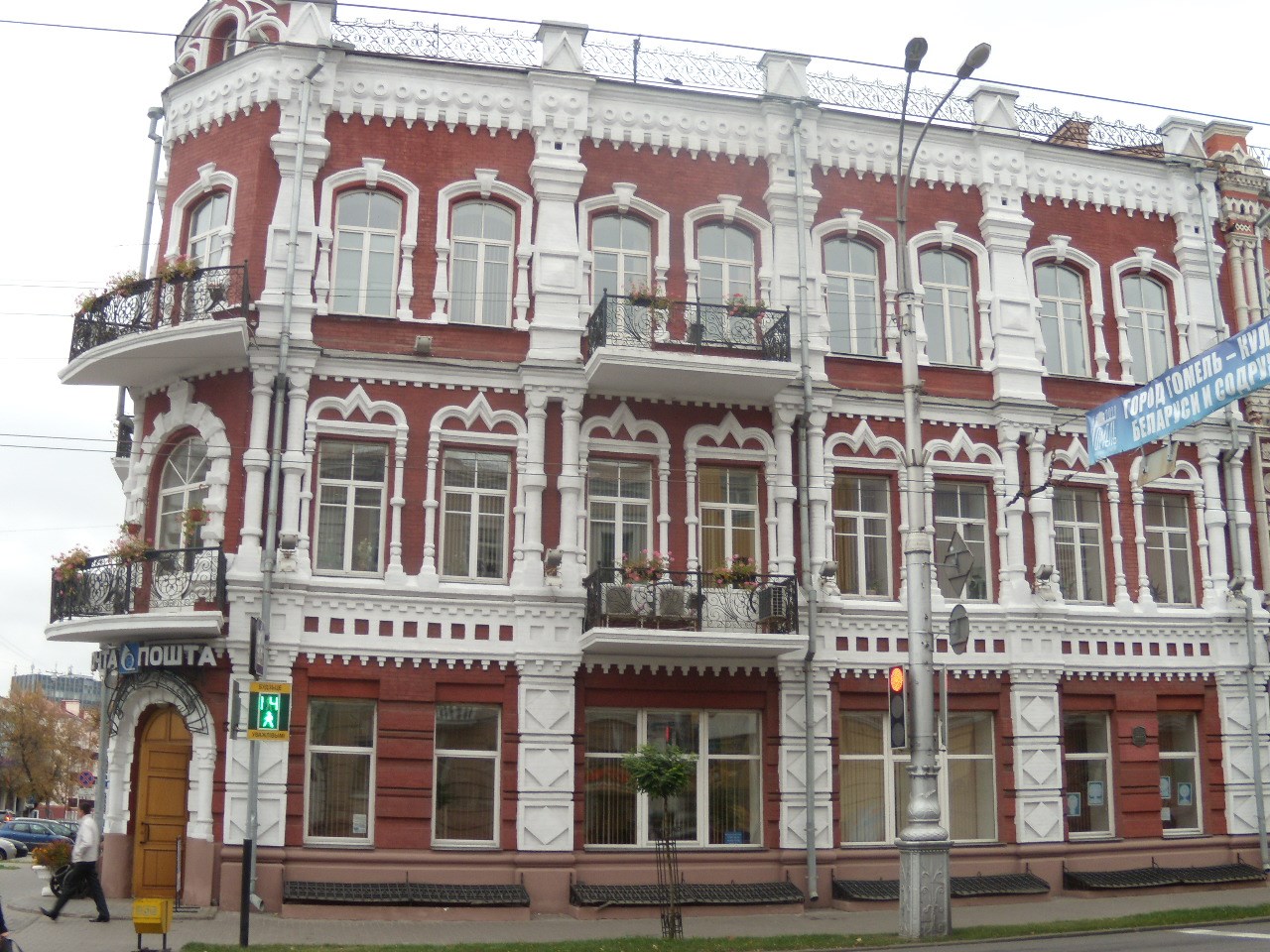
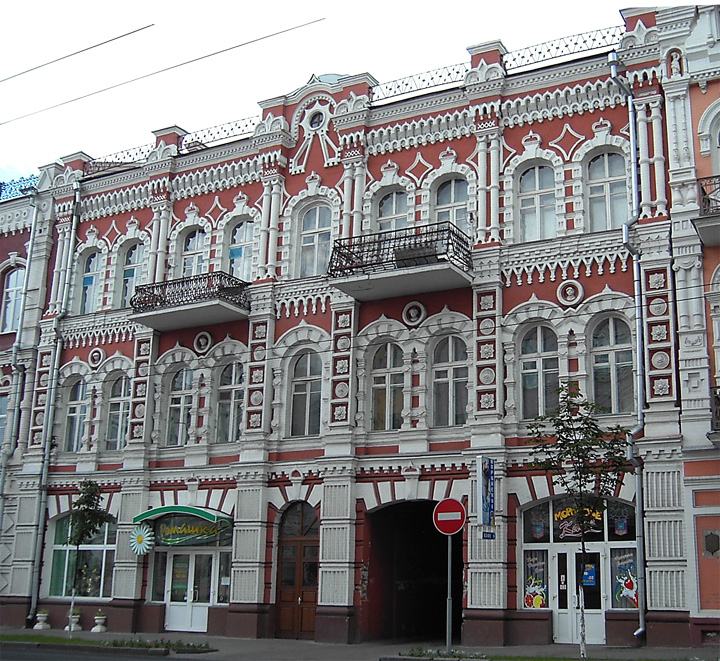
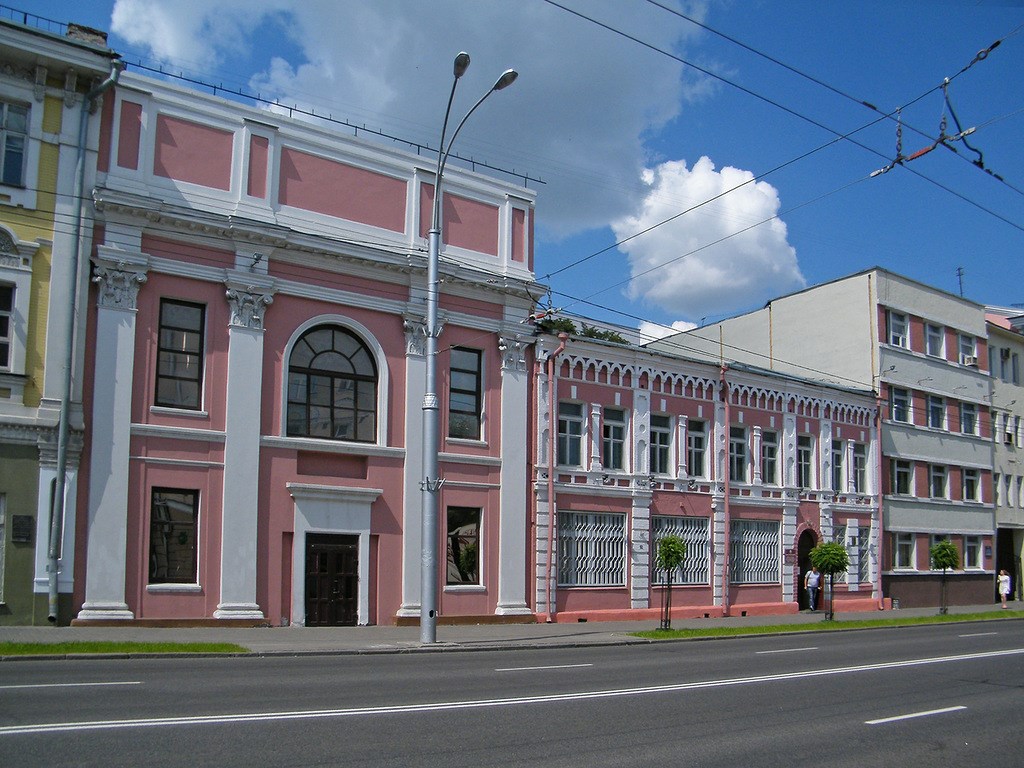
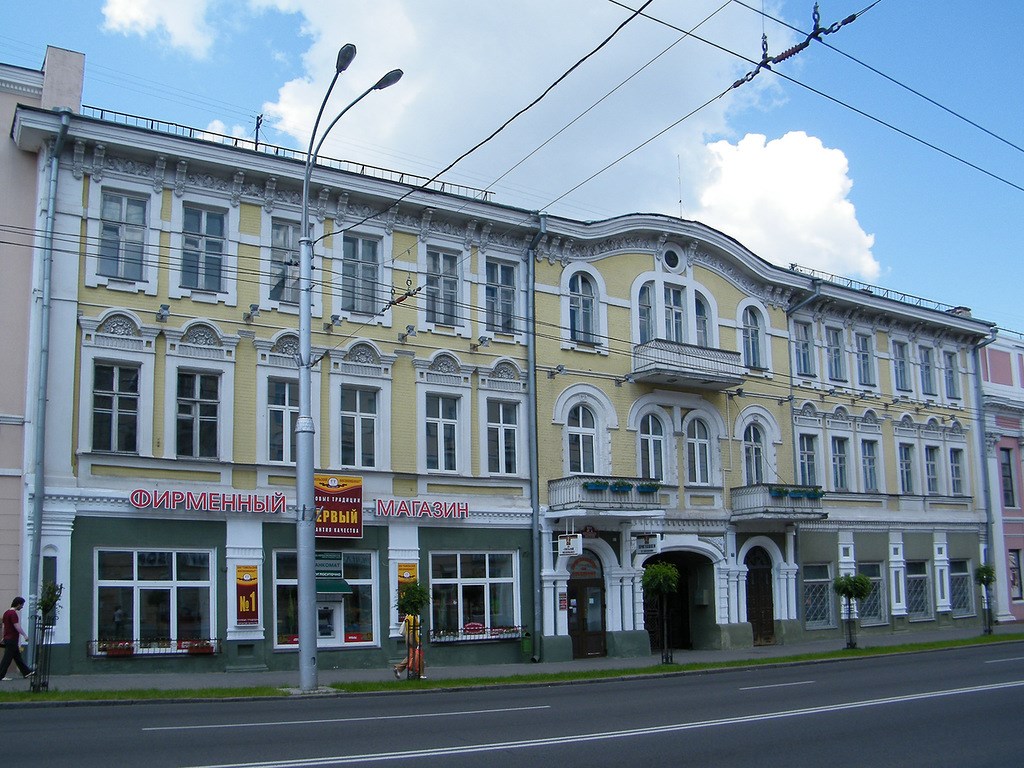
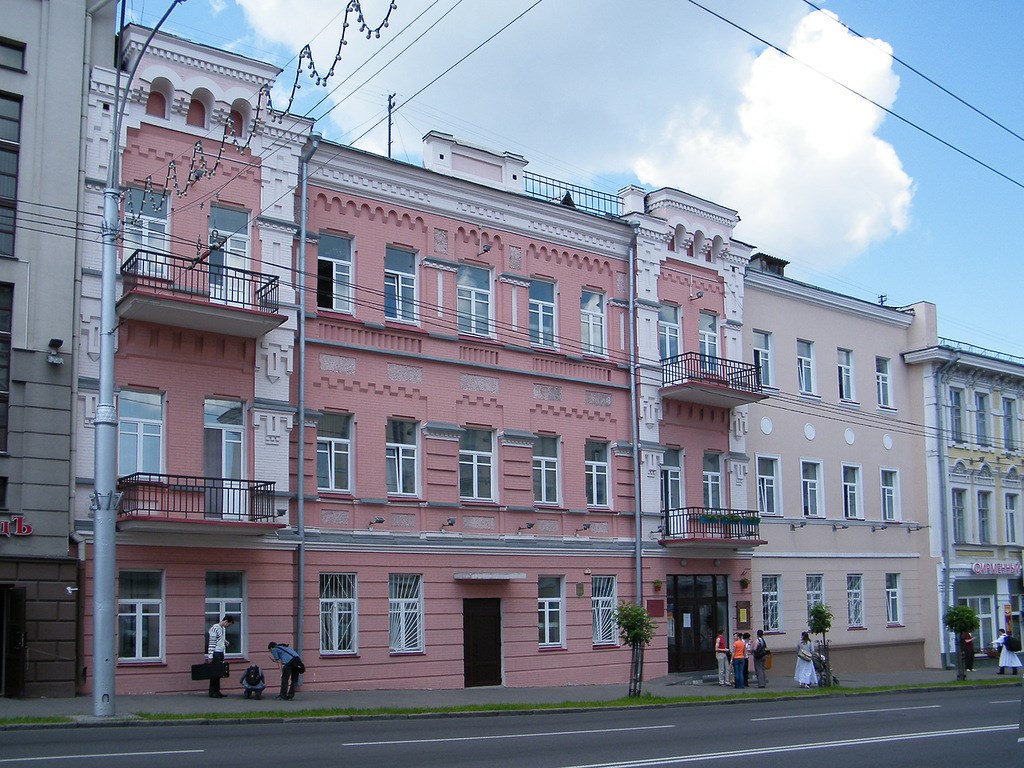

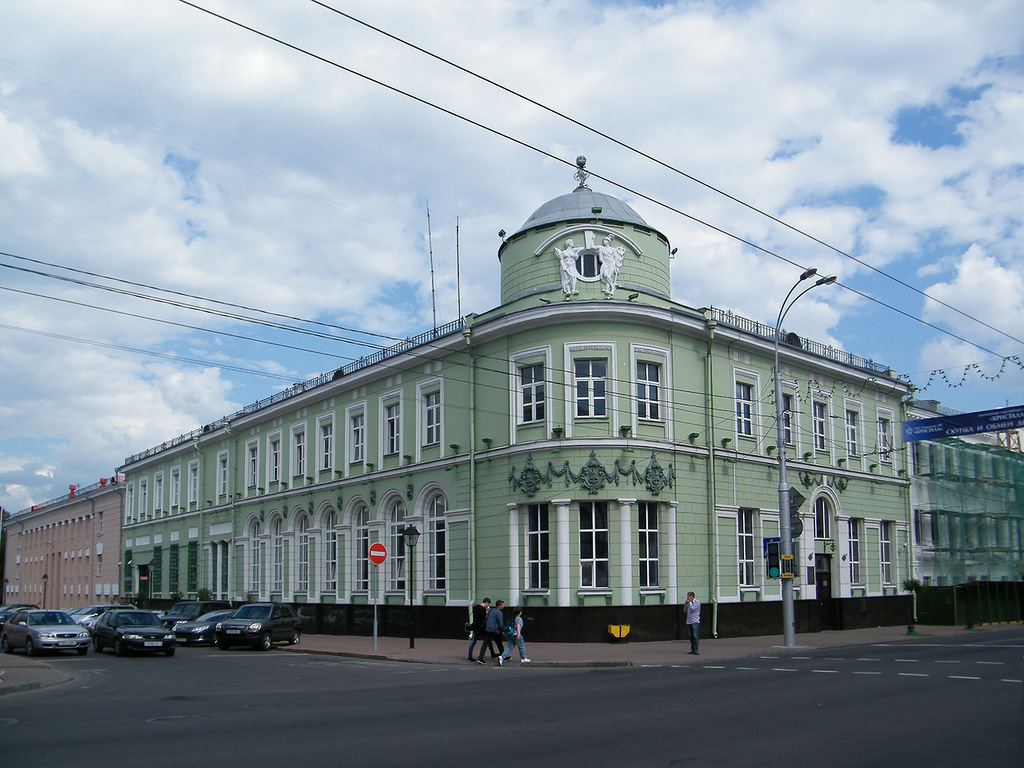
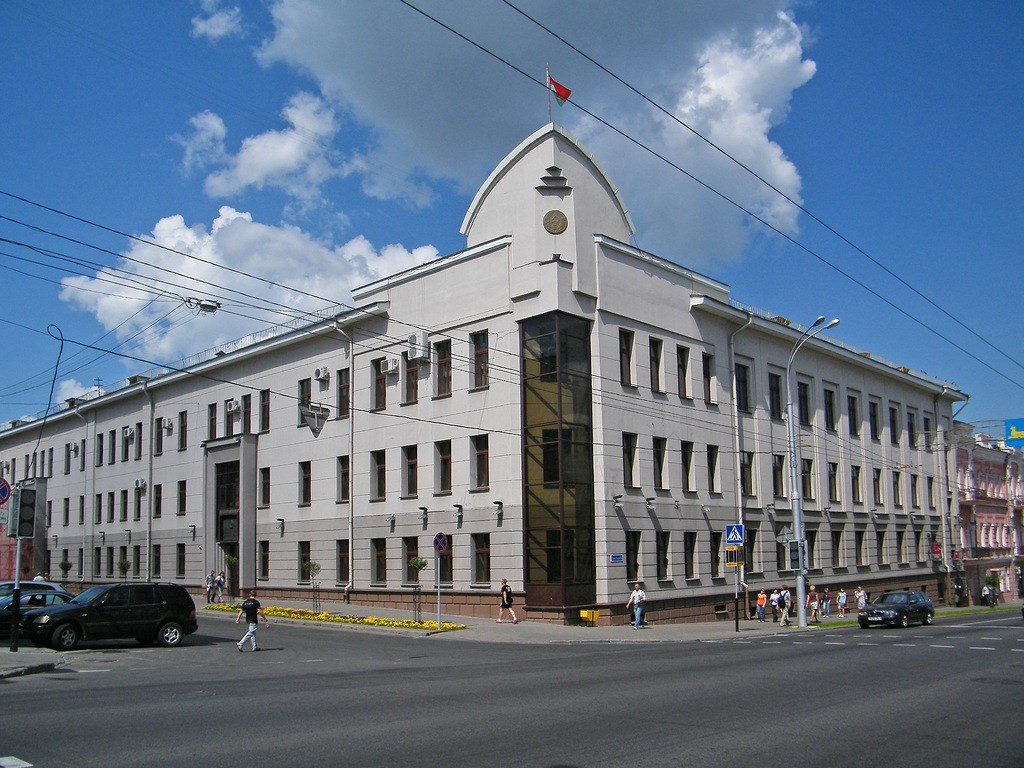
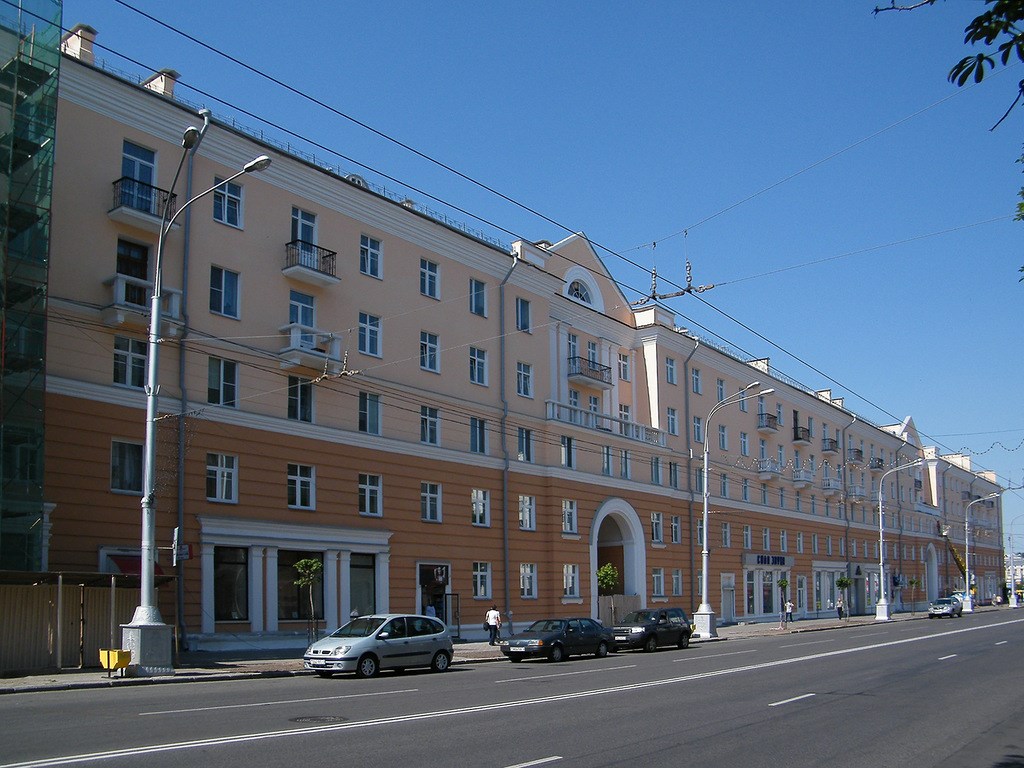
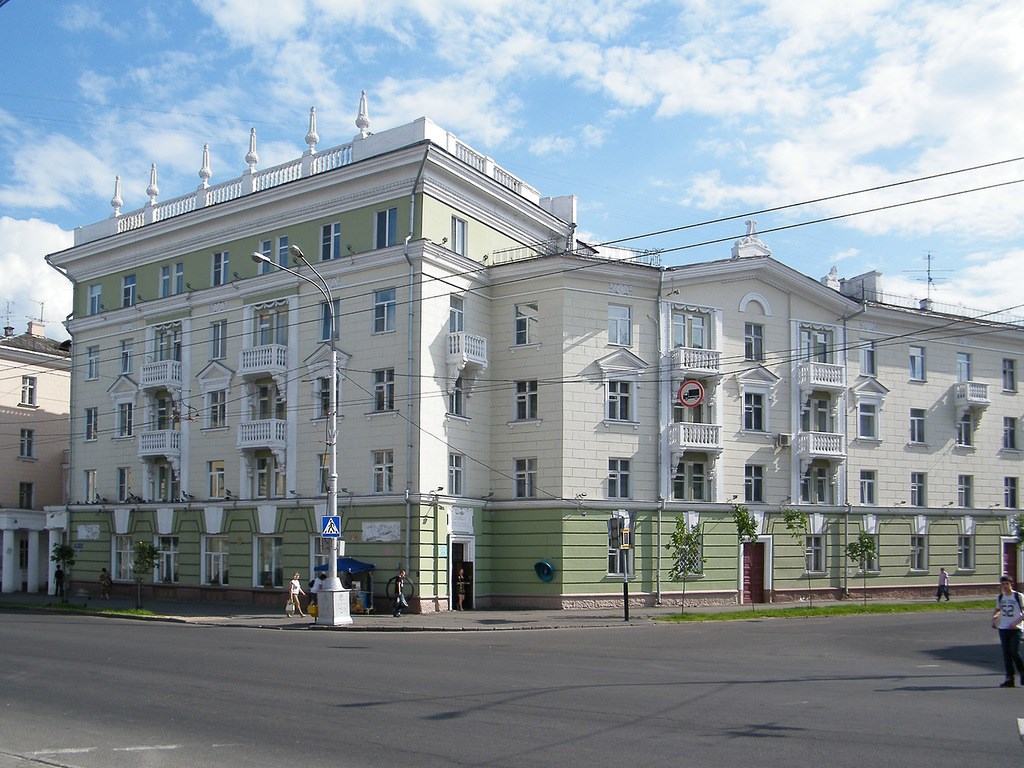
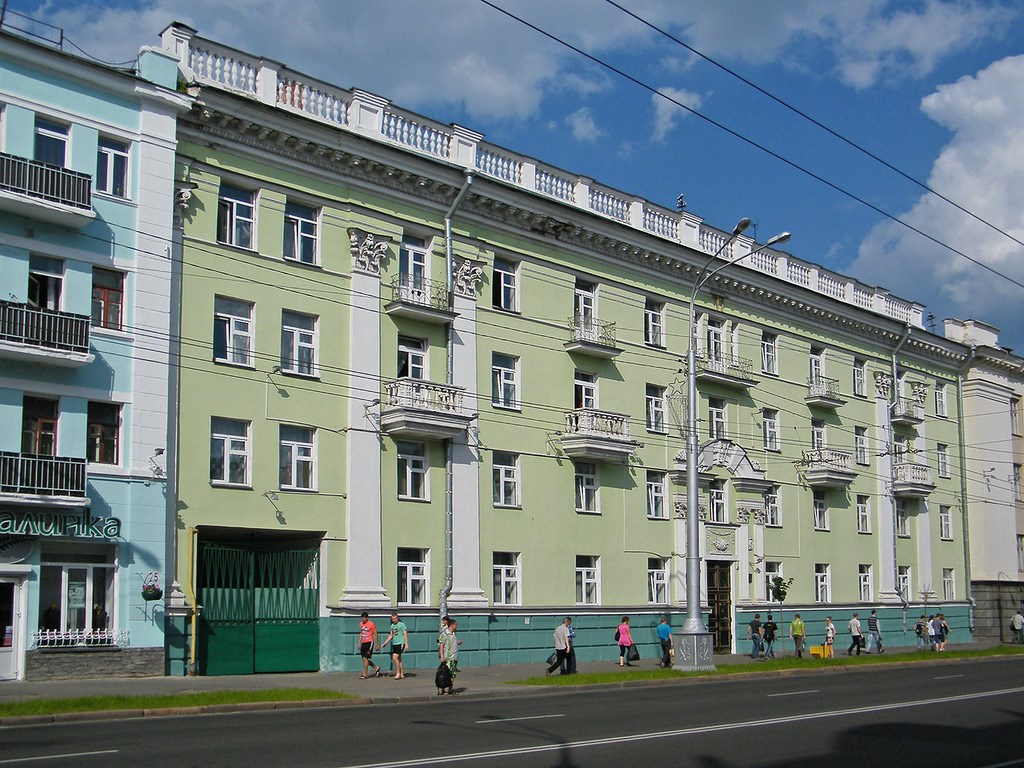
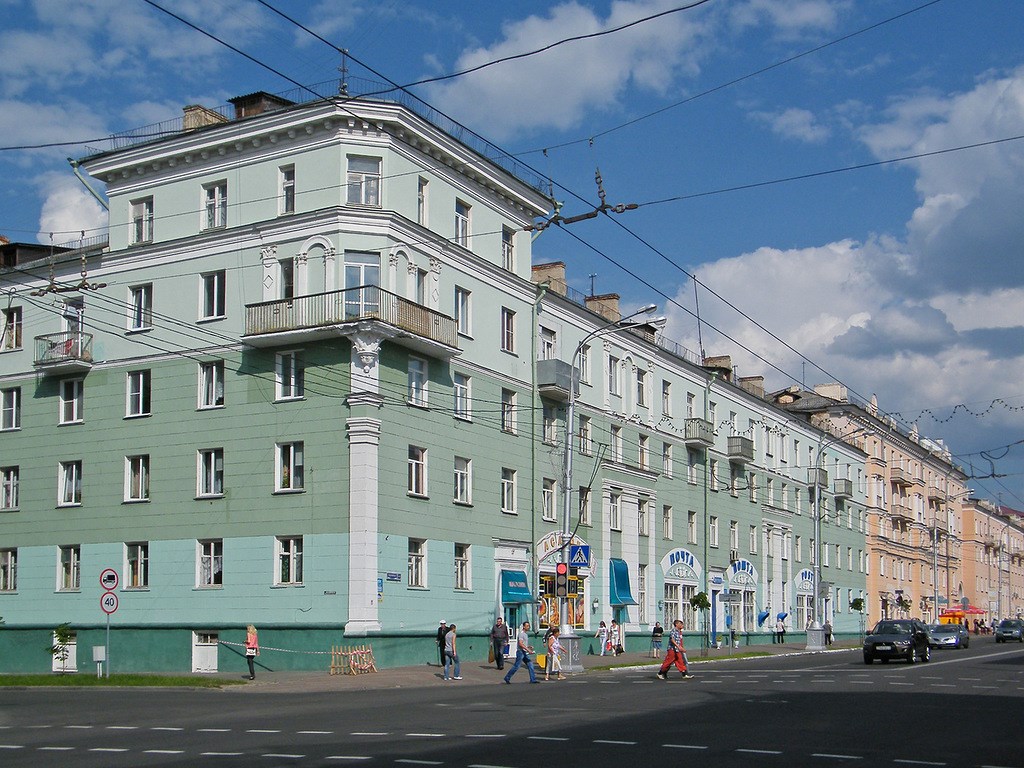
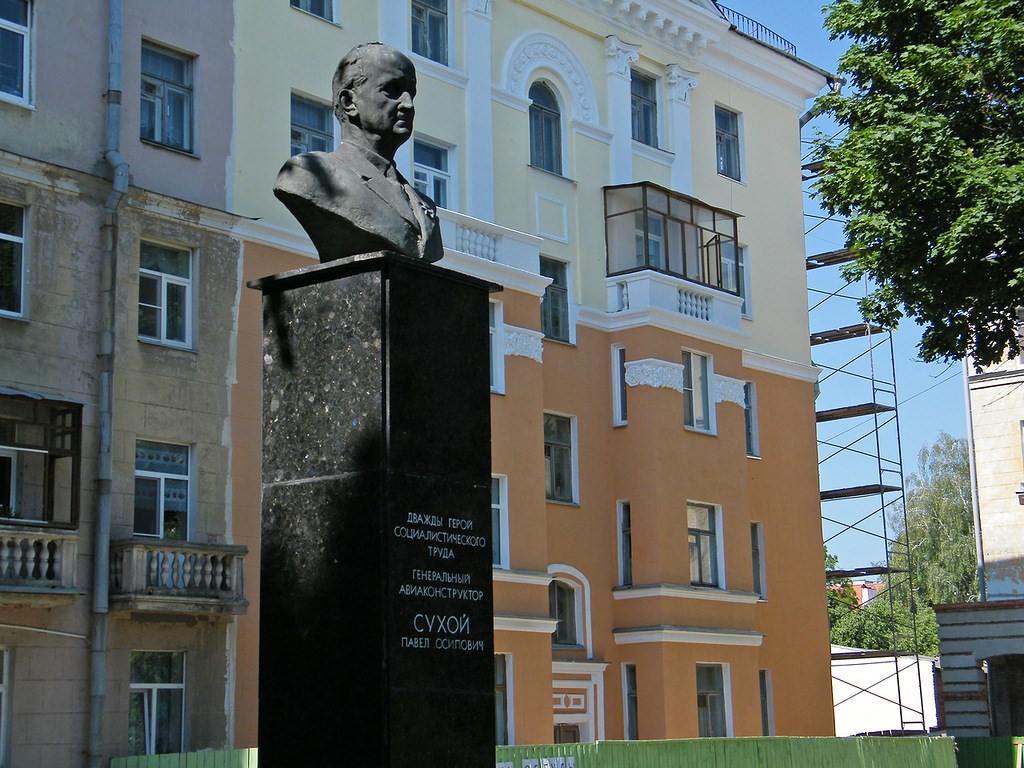
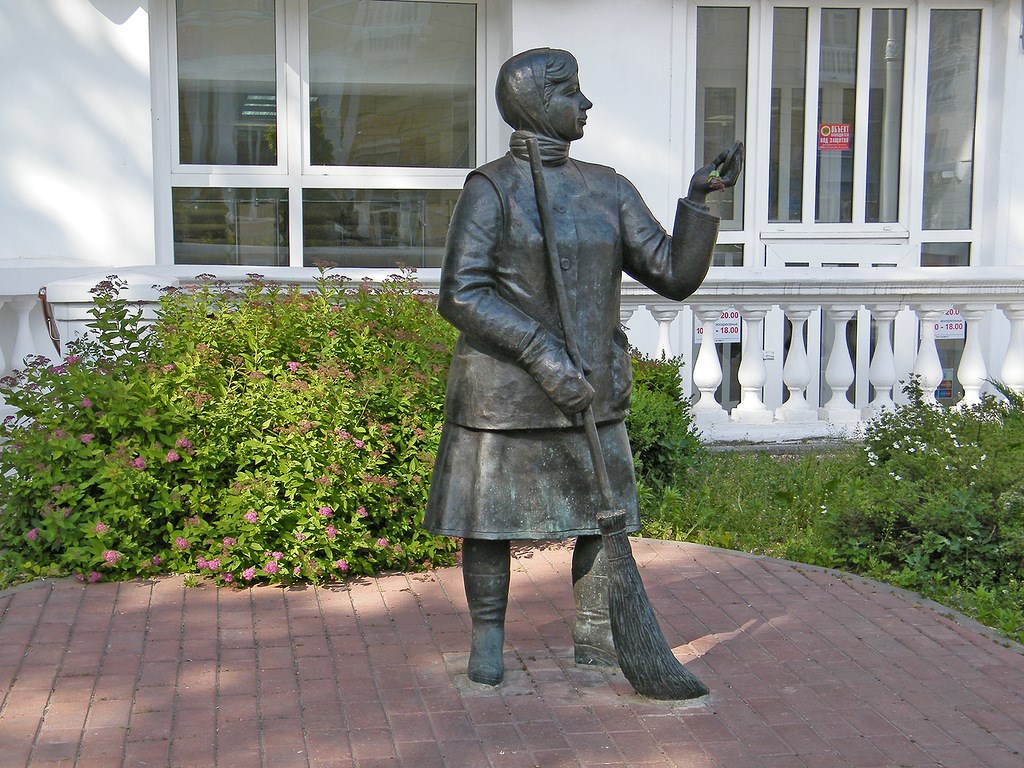
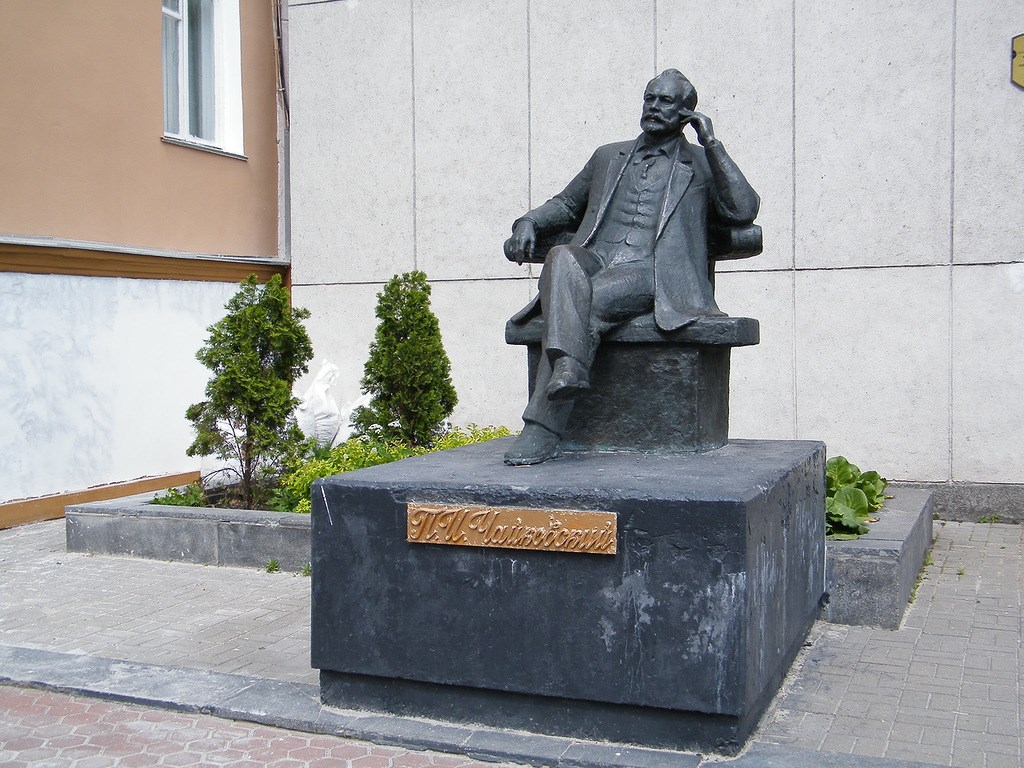
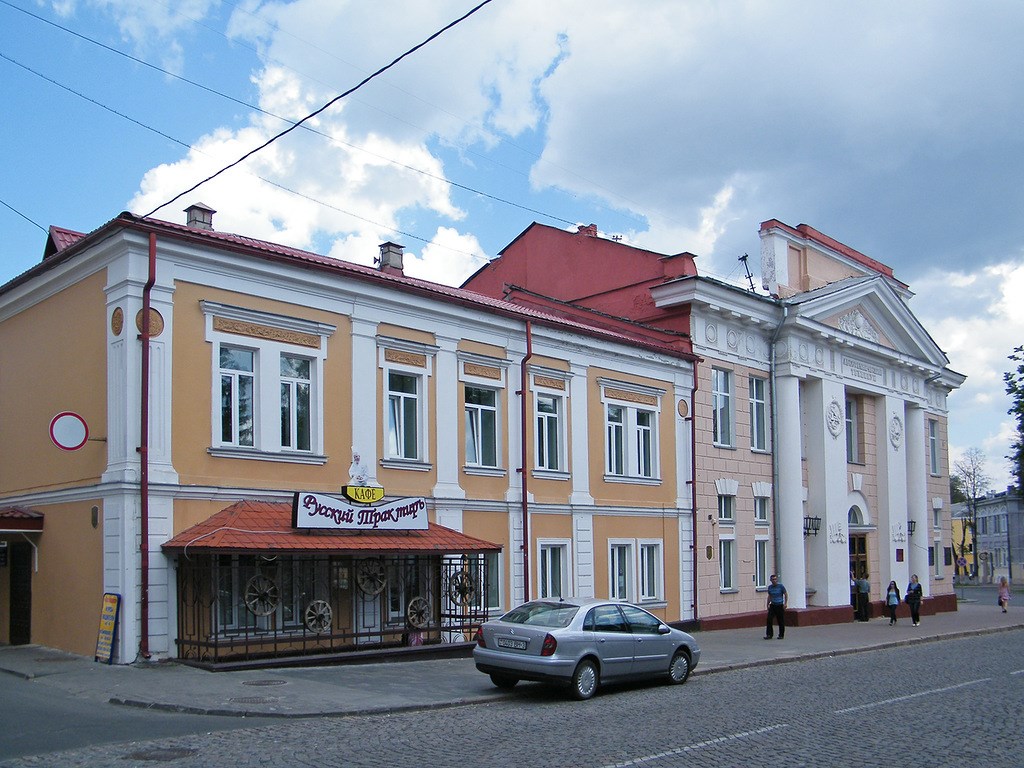
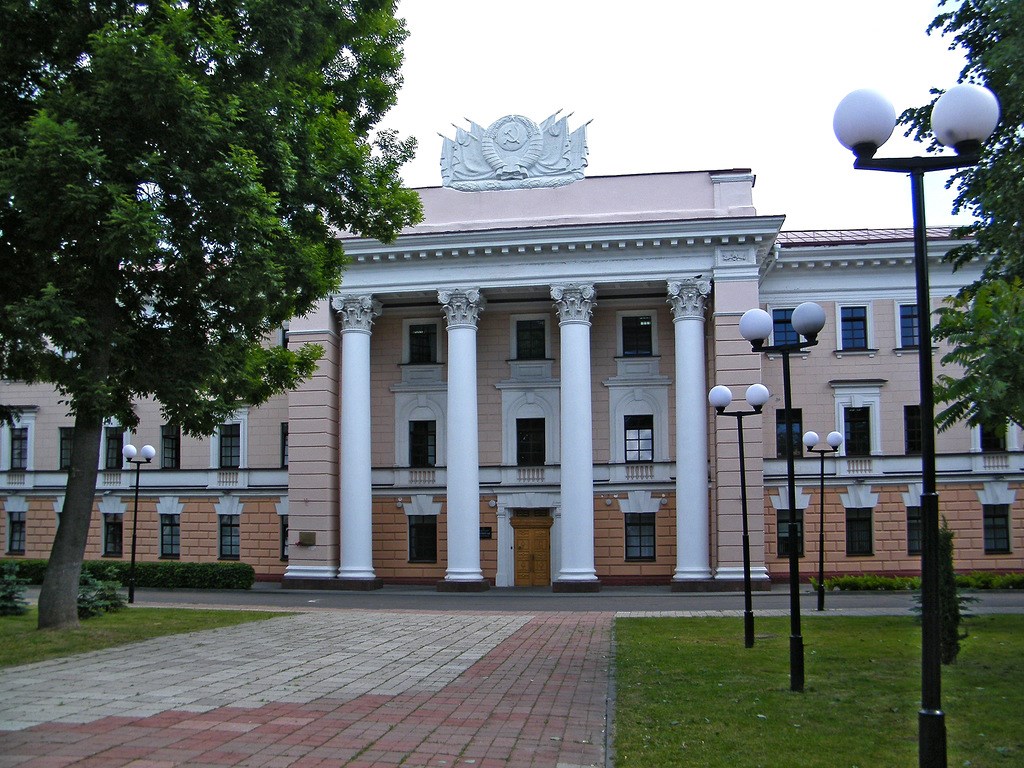
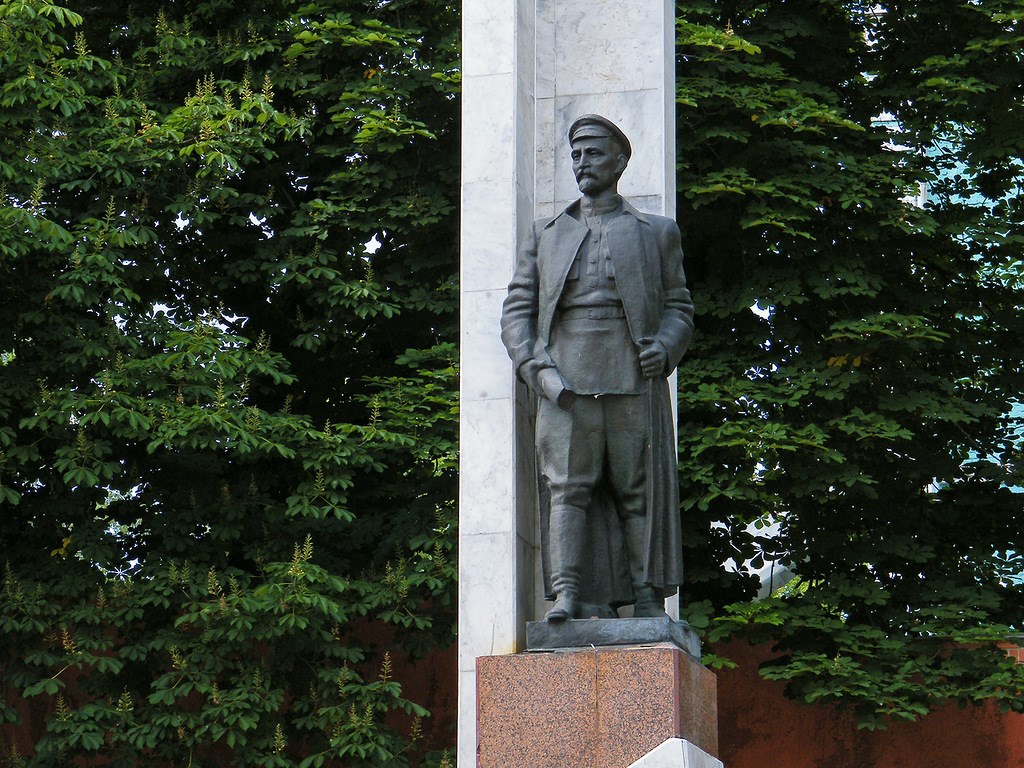
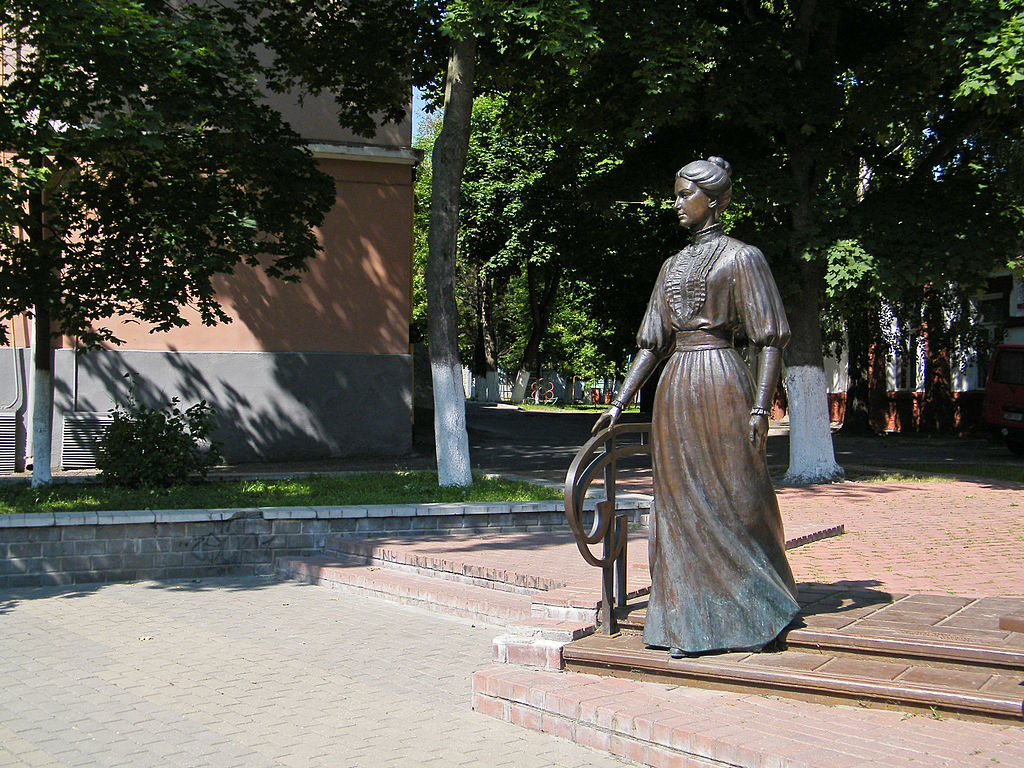
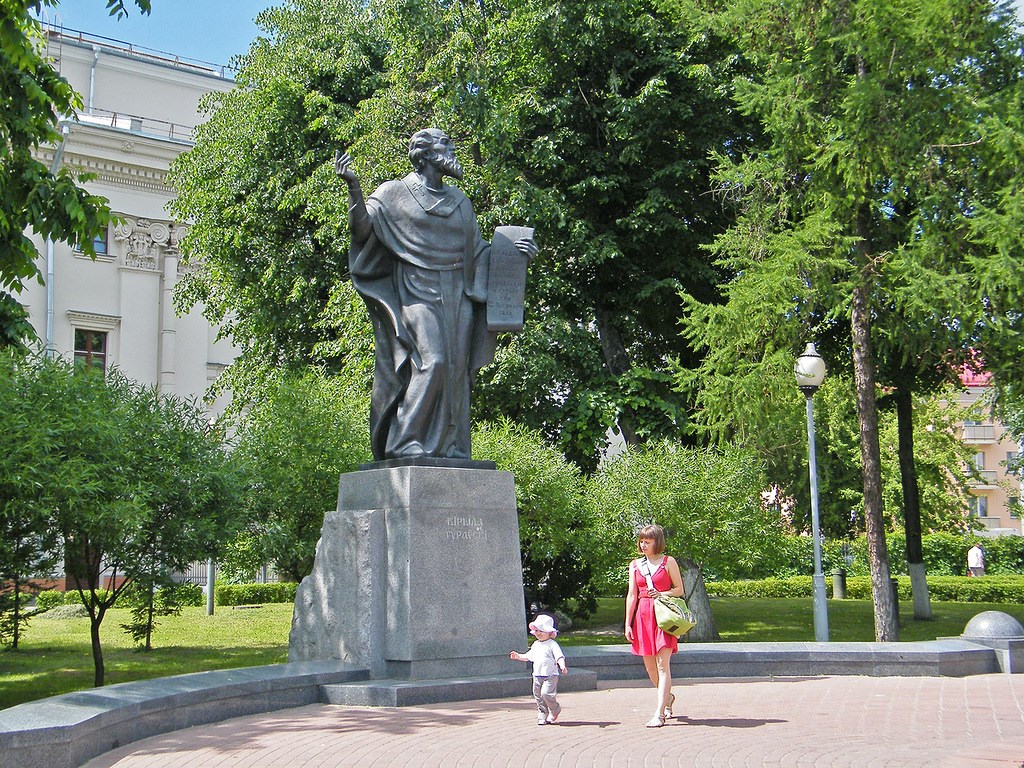
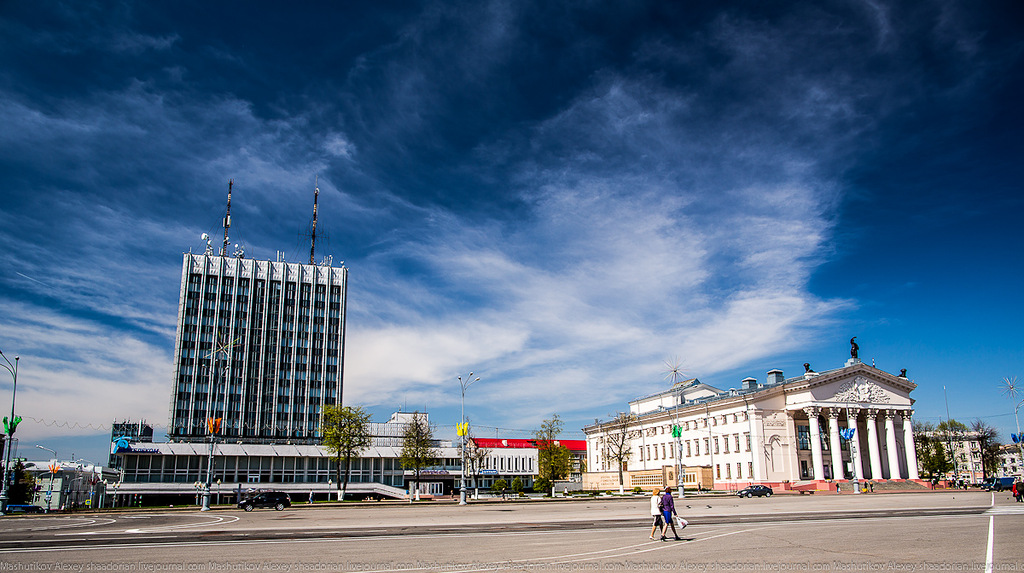
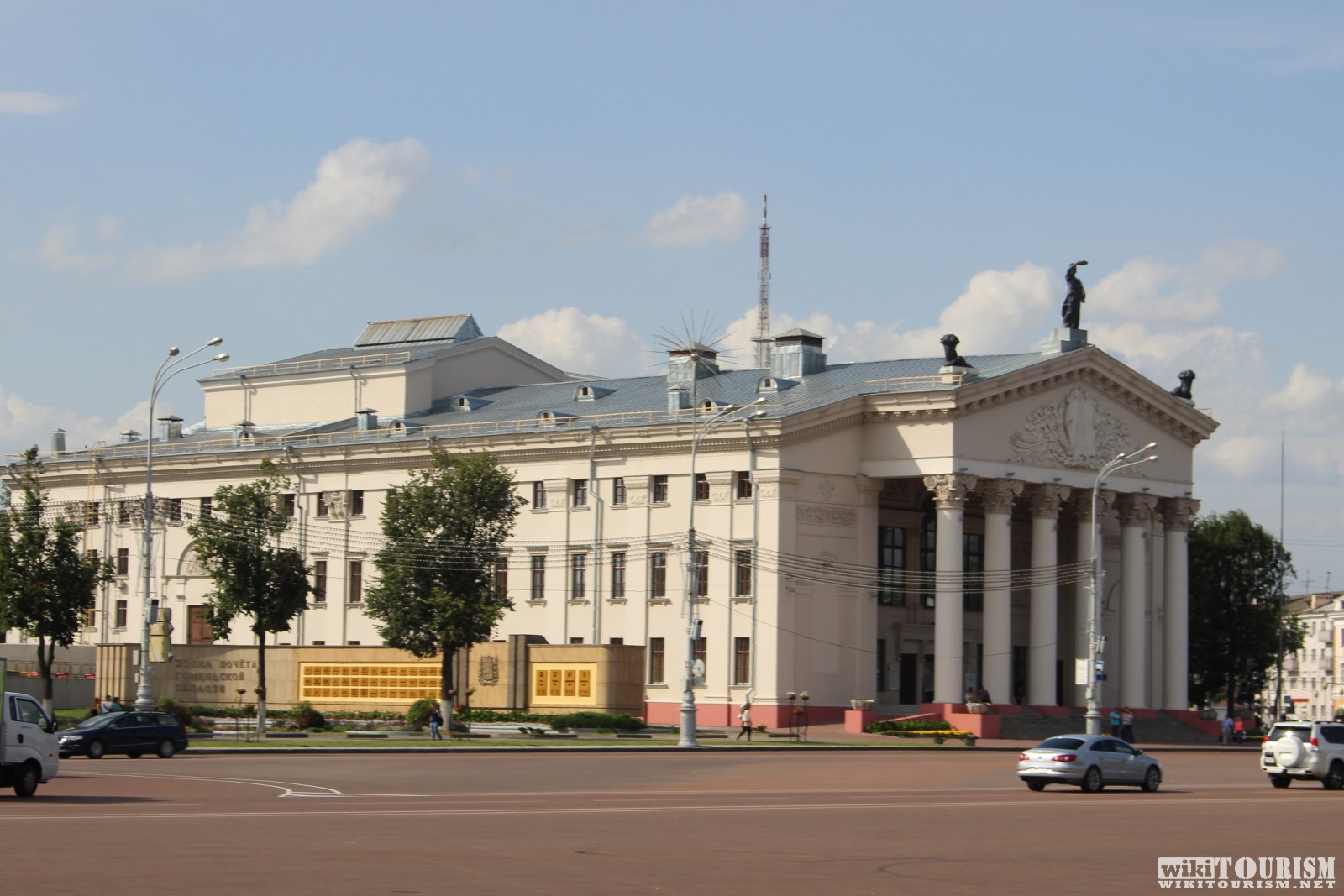
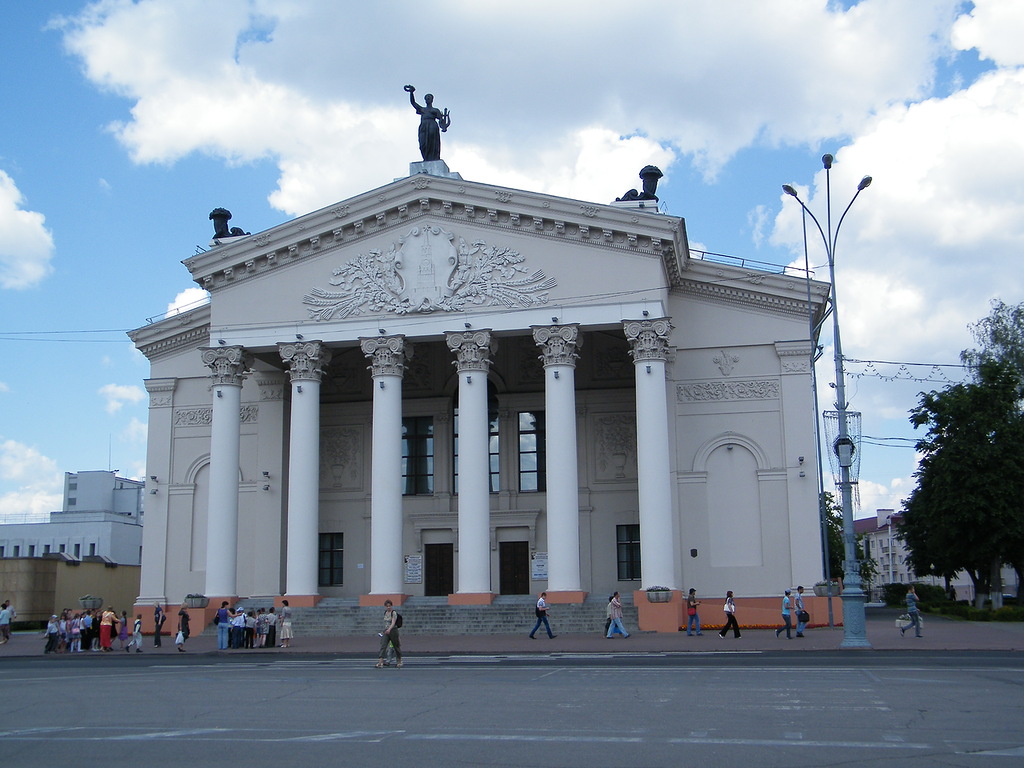
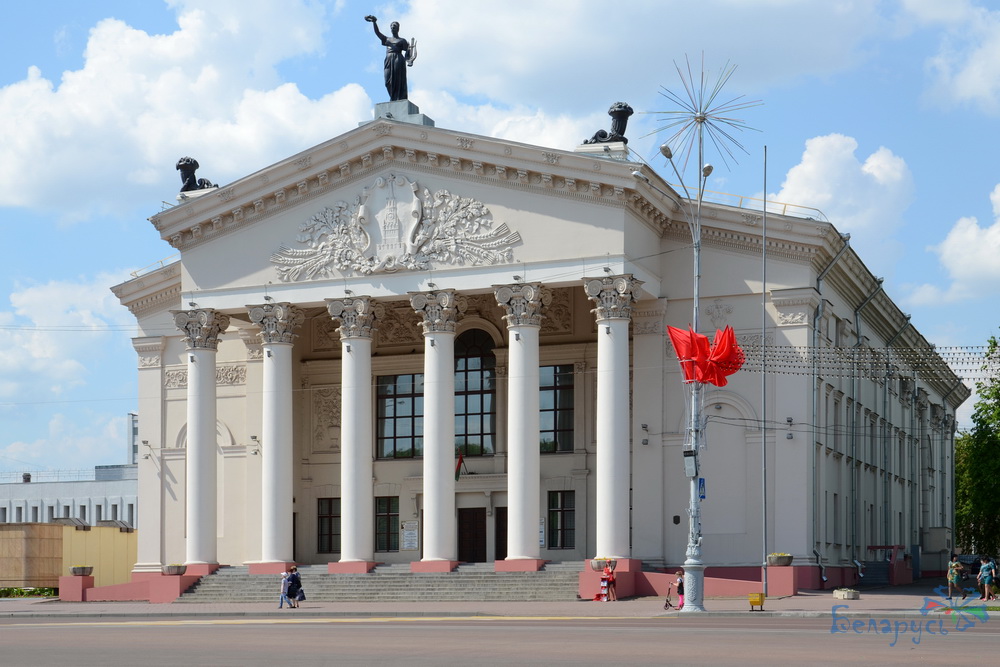
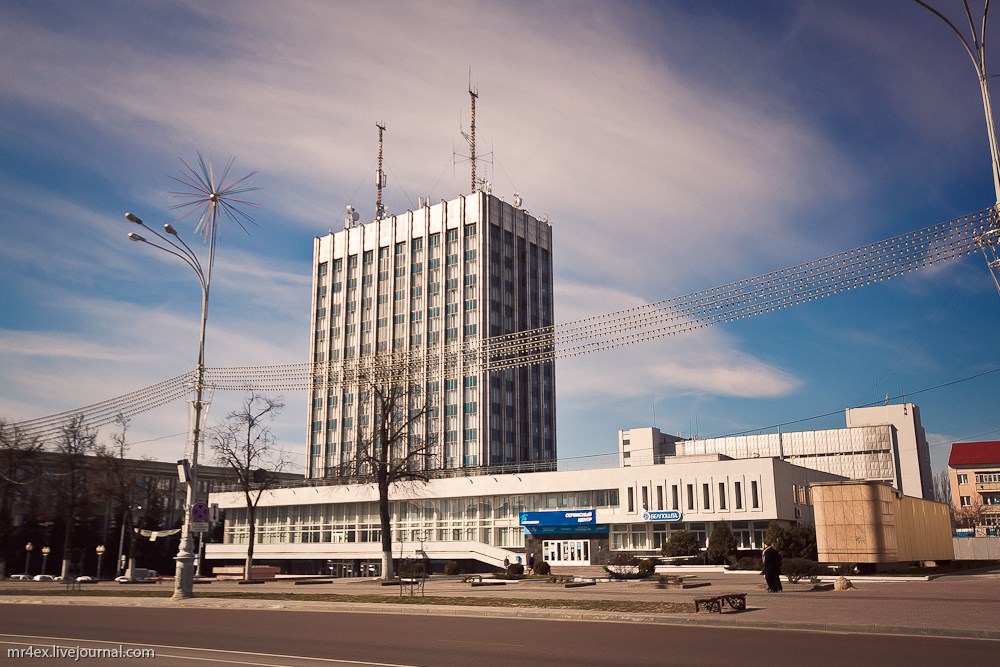
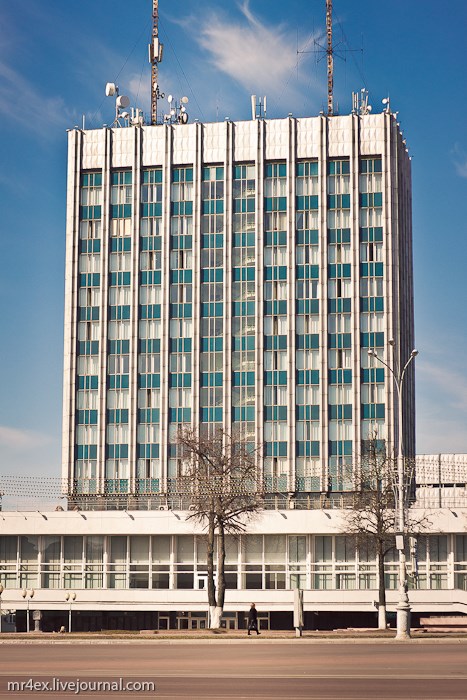
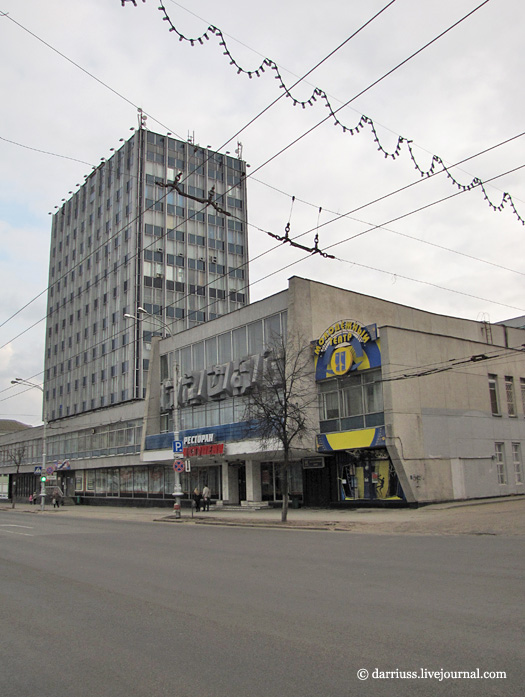
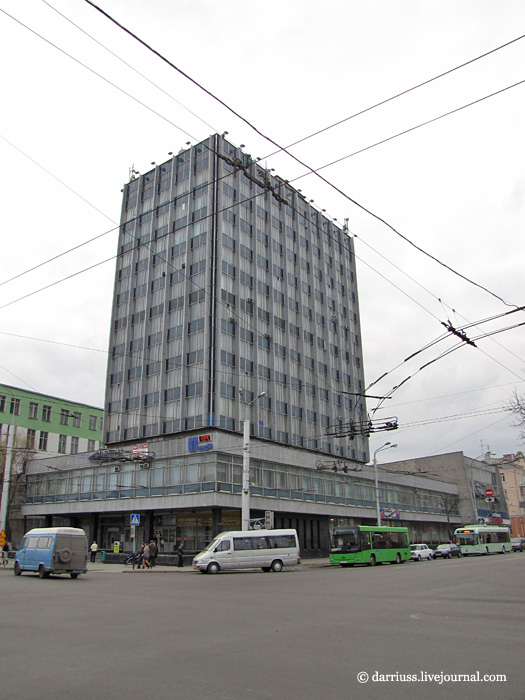
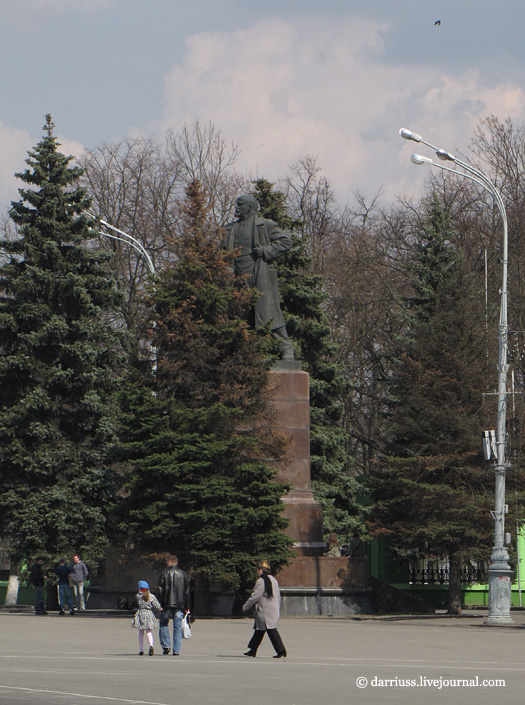
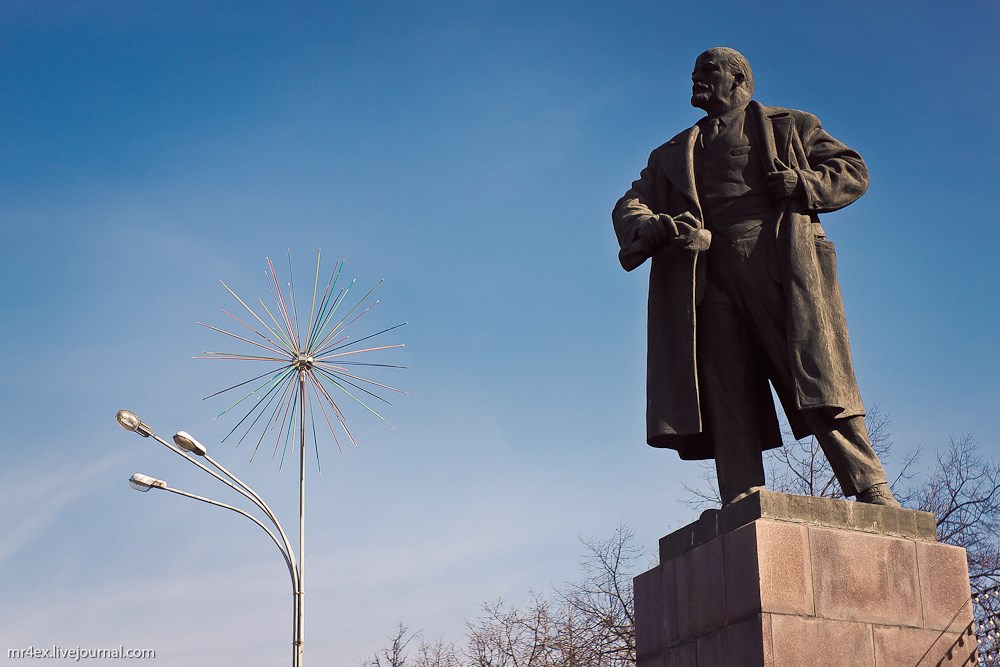
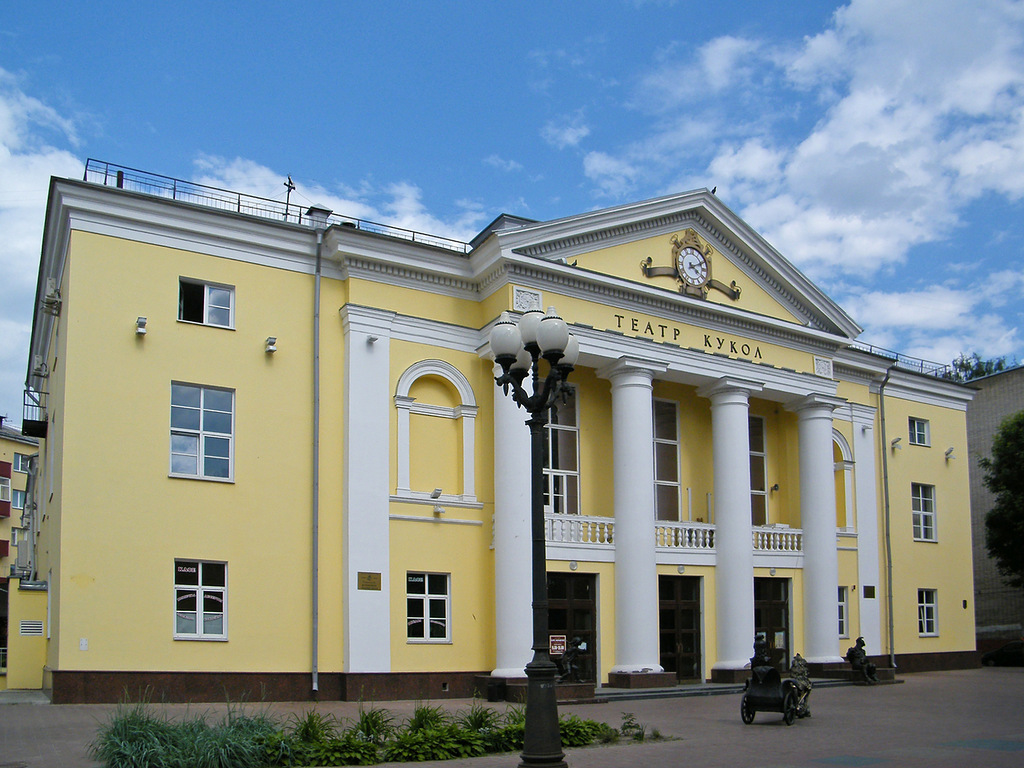
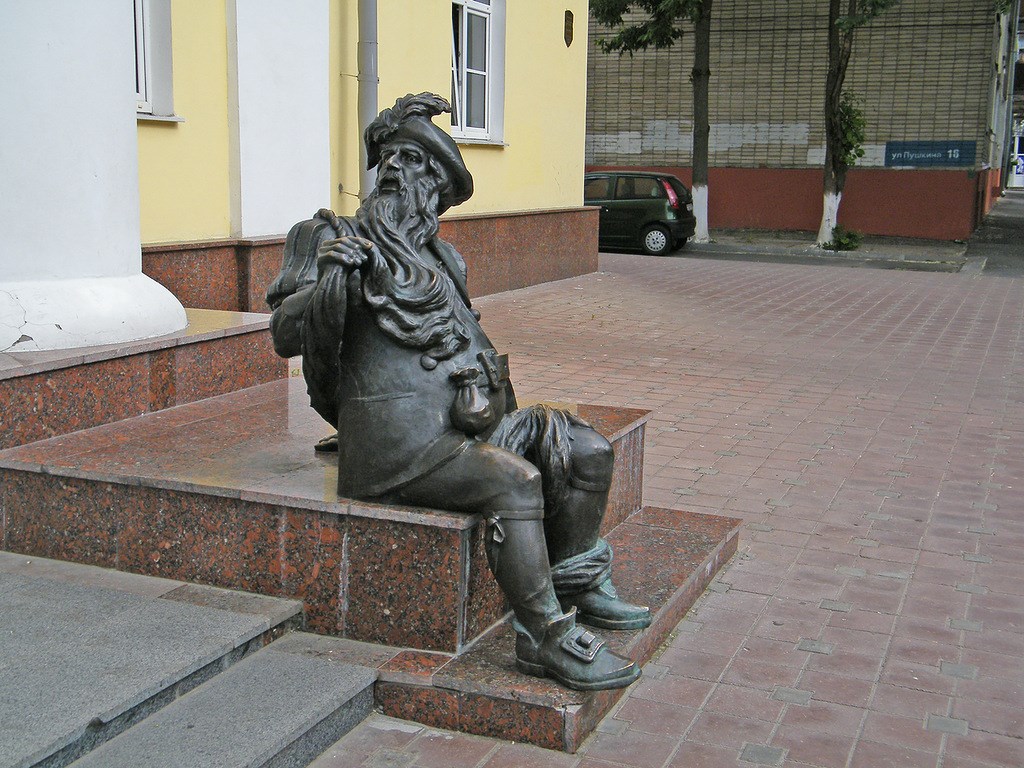
Palace of the Rumyantsevs and the Paskeviches in Gomel
The Palace of the Rumyantsevs and the Paskeviches in Gomel is one of the most beautiful examples of architecture in Belarus. Currently the unique museum complex in central Gomel unites the palace of the Rumyantsevs and the Paskeviches, a chapel and a burial vault, a winter garden, a watchtower and a picturesque old park.
History of the Palace of the Rumyantsevs and the Paskeviches
In the late 18th century the Belarusian lands were part of the Russian Empire. Empress Catherine the Great gave Gomel to her favorite, General Field Marshal Piotr Rumyantsev-Zadunaisky, for his outstanding victories in the war against Turkey.
On the bank of the River Sozh there was a wooden castle, which had earlier belonged to Michal Fryderyk Czartoryski, the Grand Chancellor of Lithuania. Piotr Rumyantsev had the wooded castle demolished and a new one built.
The construction of the castle in the style of early Classism began in 1777, with prominent architects of that time Y.N. Alekseyev, K.I. Blank, Y.M. Felten, M.K. Mostsepanov advising on its design.
Yet, the name of the main architect remains unclear. Historians believe it could be Ivan Starov, a talented architect who designed many famous buildings in St. Petersburg.
Nikolai RumyantsevThe palace was inherited by Piotr Rumyantsev’s elder son, Nikolai Rumyantsev, Chancellor of the Russian Empire, a patron of sciences and arts.
In 1834 the Gomel residence was purchased by another Field Marshall Ivan Paskevich who had both the palace and the park substantially renovated.
In the 19th and early 20th centuries the palace witnessed lavish receptions, balls and official events. The residence hosted many members of the Romanov imperial family.
The last owner of the Gomel estate was Duchess Irina Paskevich, a patron, a philanthropist and a translator. She made the first translation of Leo Tolstoy’s War and Peace into French.
Restoration of the Palace of the Rumyantsevs and the Paskeviches Later the residence, its rich library and collections became part of the Museum of Art and History which was opened in 1919.
The palace was destroyed and restored several times. It suffered the most severe damage during an uprising in 1919 and the Great Patriotic War.
Throughout its history the palace was used for various purposes. It housed a telephone station, a library, a puppet theater, a youth center and a museum.
Palace of the Rumyantsevs and the Paskeviches today
Palace of the Rumyantsevs and the Paskeviches todayToday the former residence of the aristocrats in Gomel is one of the most interesting and frequently visited Belarusian museums and a major historical, cultural and educational center.
The ground floor of the central part of the palace has exactly the same interior as in the past thanks to the meticulous restoration based on historic documents. This part of the palace still houses Column Hall, White Living Room, Red Living Room and a hall of ceremonies (former Golden Dining Room).
Concert in Gomel palaceThese halls are not merely a part of the exposition. They are also used for balls, concerts and meetings attended by top officials from different countries. The Gomel palace also hosts picture, photo and other kinds of exhibitions and interesting educational projects.
The collection of the Gomel palace is one of the richest in Belarus. It comprises archeological, ethnographic and numismatic collections, pictures, handwritten books and books printed before the 18th century, icons and religious items, marine organisms and memorial complexes commemorating outstanding persons (such as aircraft designer Pavel Sukhoi, Foreign Minister Andrei Gromyko and others).
The tower of the Palace of the Rumyantsevs and the PaskevichesThe tower built to Ivan Paskevich’s design houses the exhibition “Owners of the Palace of the Rumyantsevs and the Paskeviches in Gomel”. The exhibition features original paintings, sculptures and dukes’ weapons and personal effects.
In 2012 the Palace of the Rumyantsevs and the Paskeviches in Gomel won the Grand Prix of the first contest called “Museums of Belarus - to the Third Millennium”.
How to get to Palace and where to stay
The Palace of the Rumyantsevs and the Paskeviches is located in the city center on the bank of the River Sozh, at 4 Lenin Square. You can get to Gomel (which is located 300km away from Minsk) by car, bus or train. There are more than ten hotels in Gomel.
Gomel Landmarks
Visitors should definitely see the following sites:St. Peter and St. Paul’s Cathedral
St. Peter and St. Paul’s Cathedral (on the premises of the Rumyantsev-Paskevich Palace)
St. John the Forerunner Church
The hunter’s house
A branch of the Vetka Museum of Old Belief and Belarusian traditions
Roman Catholic Church of Nativity of Mother of God
St. Ilya Church (the oldest church of Old Belief which has survived in Belarus)
The quay of the River Sozh
The Gomel circus
Gomel’s jewel, the Palace of the Rumyantsevs and the Paskeviches, has been included in the tourist itinerary “Golden Ring of the Gomel Region”, which unties the historic sites in Vetka, Chechersk, Krasny Bereg, Rechitsa, Loyev, Mozyr, Yurovichi and Turov.
http://www.belarus.by/en/travel/belarus-life/gomel-palace
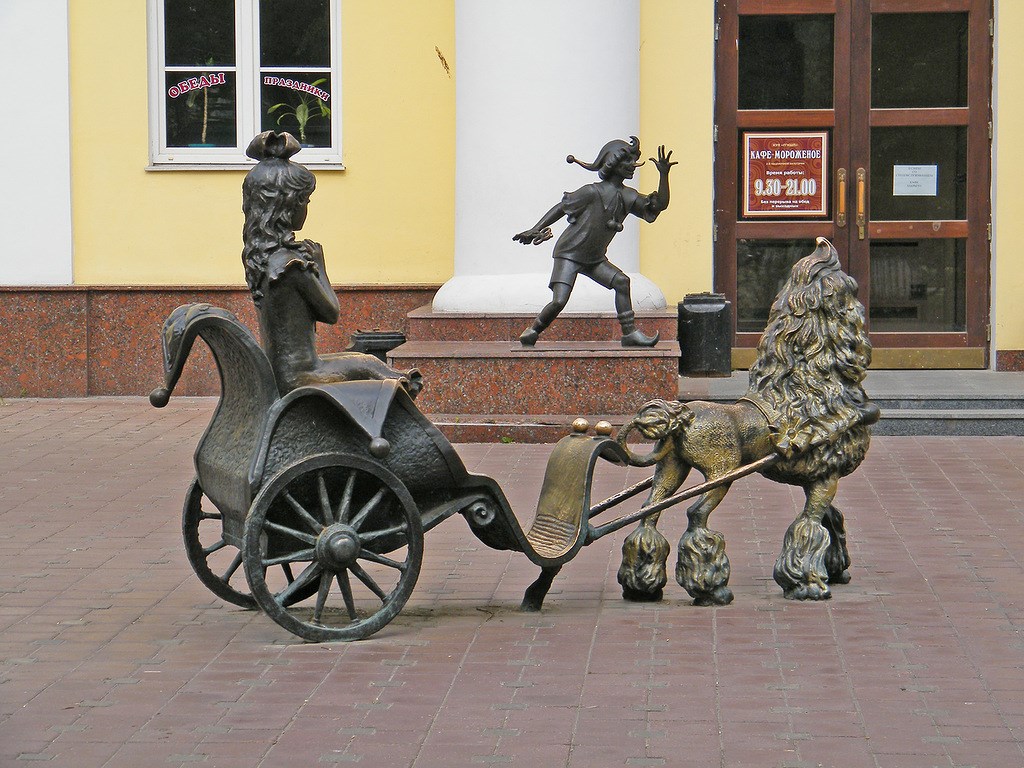
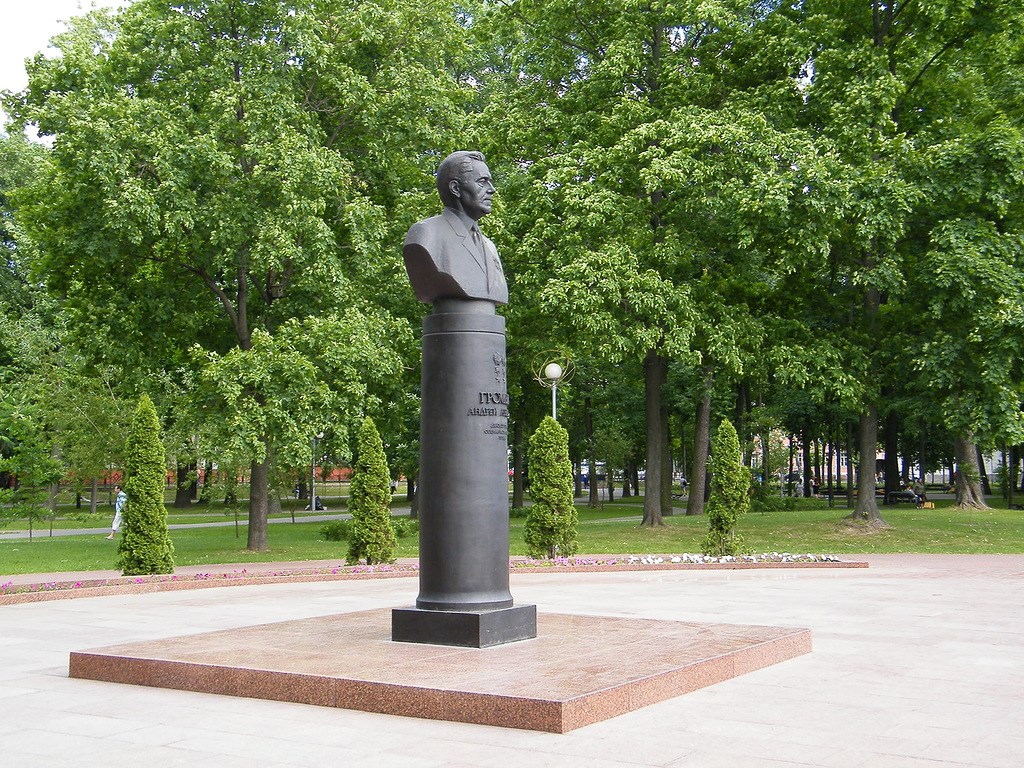
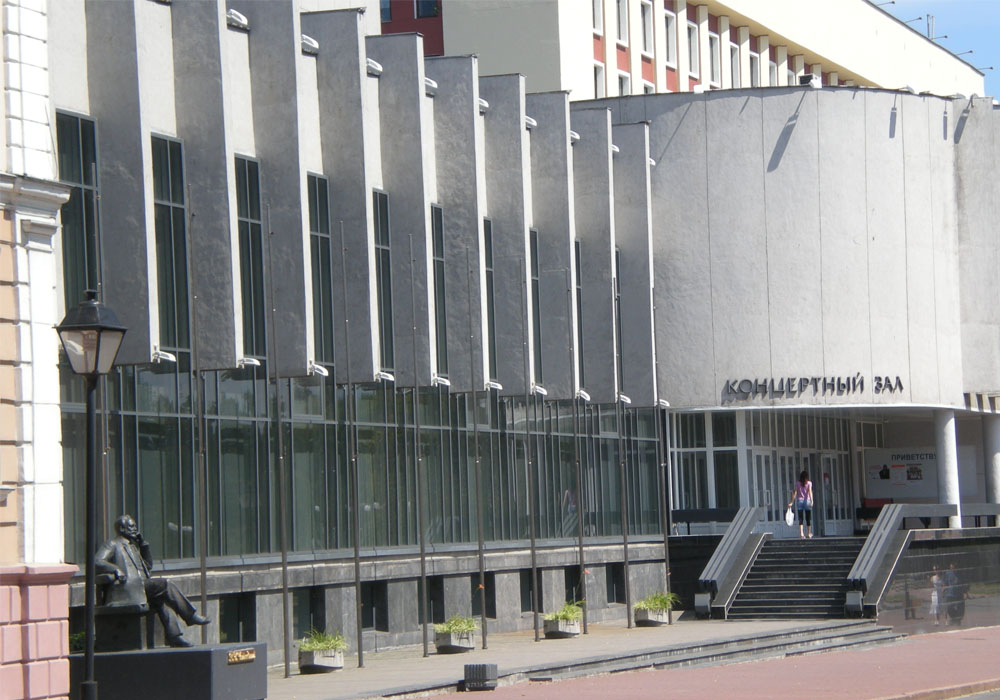
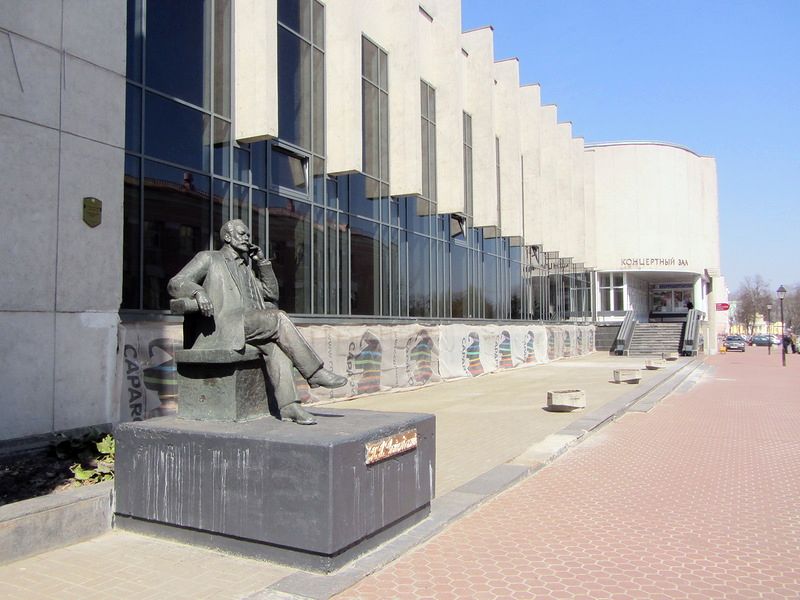
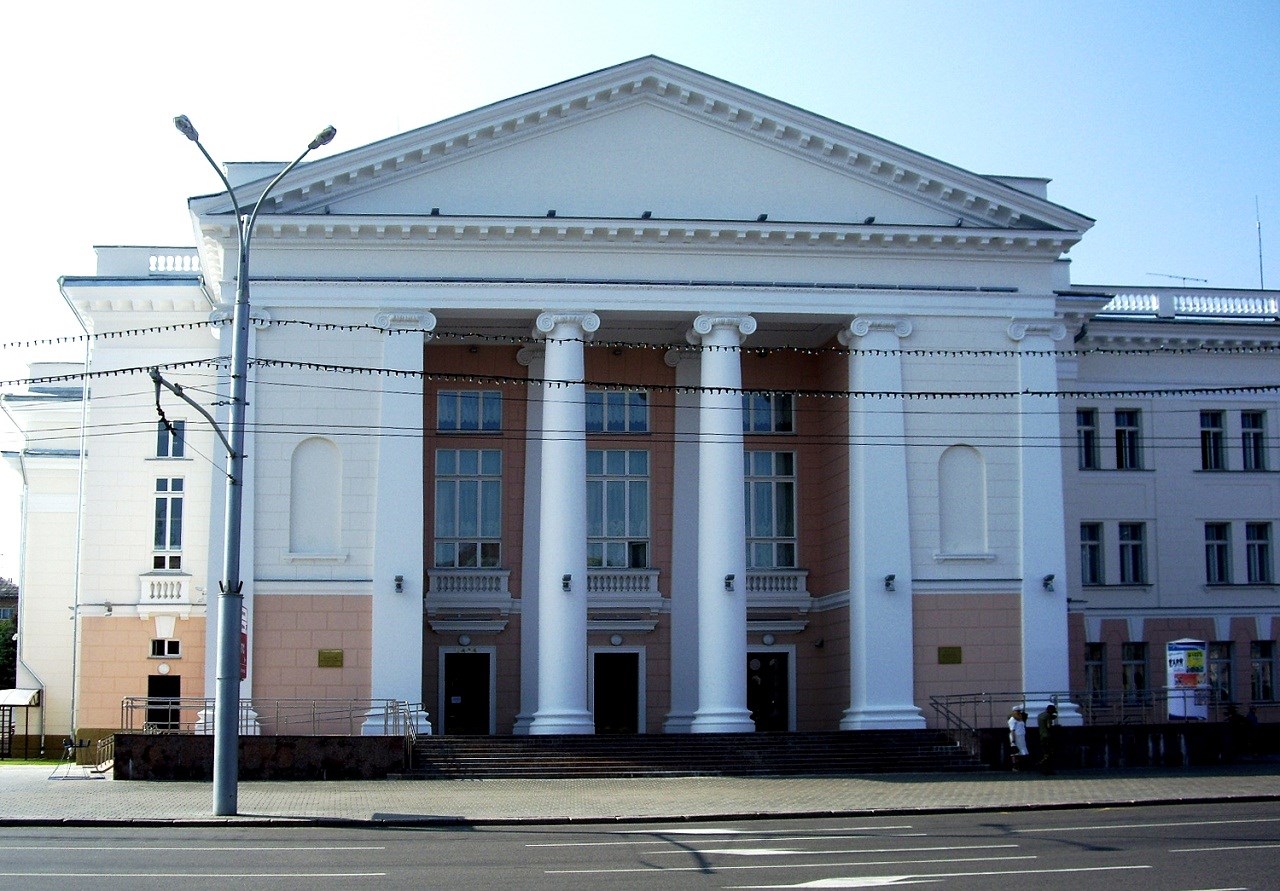
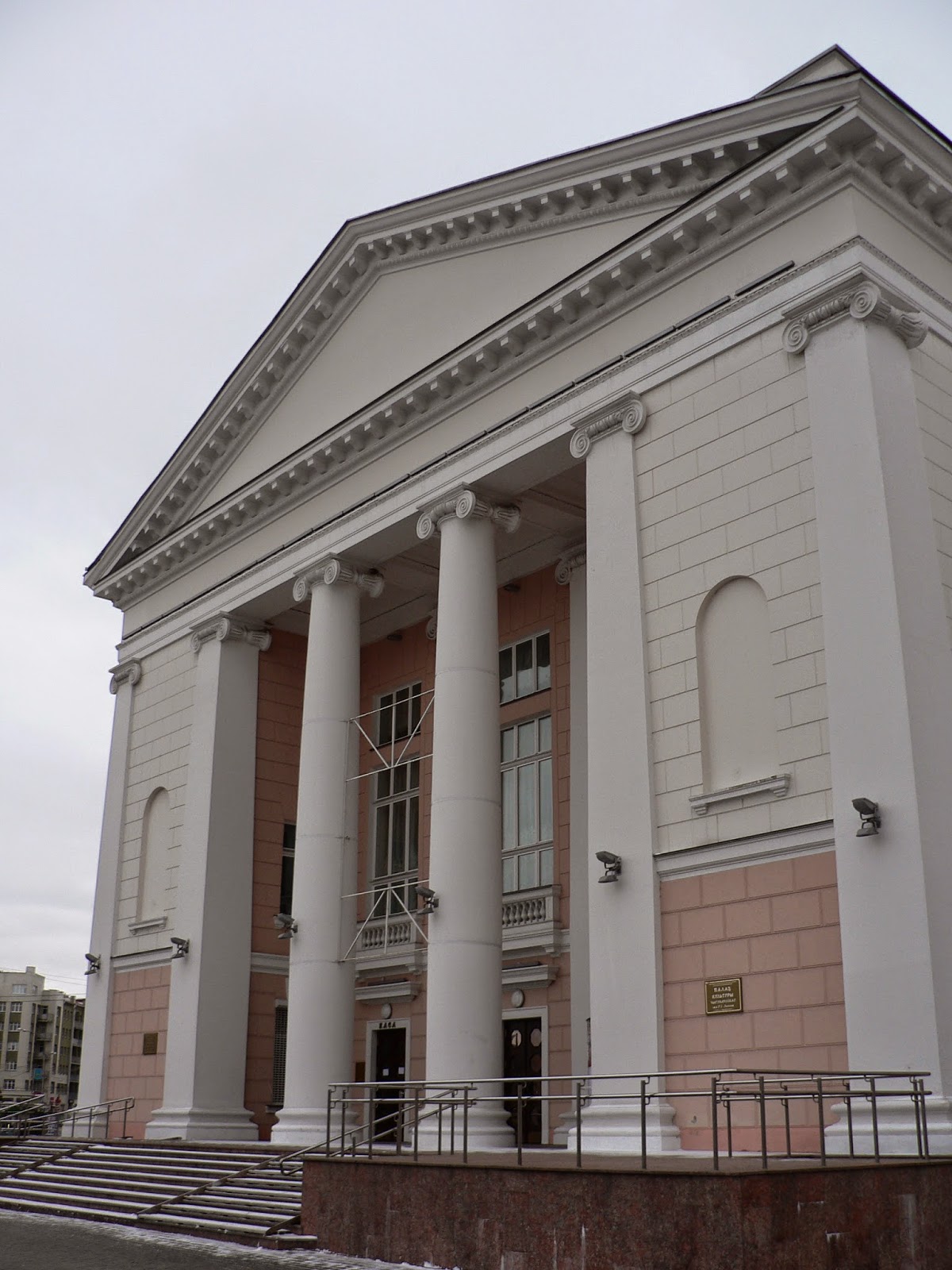
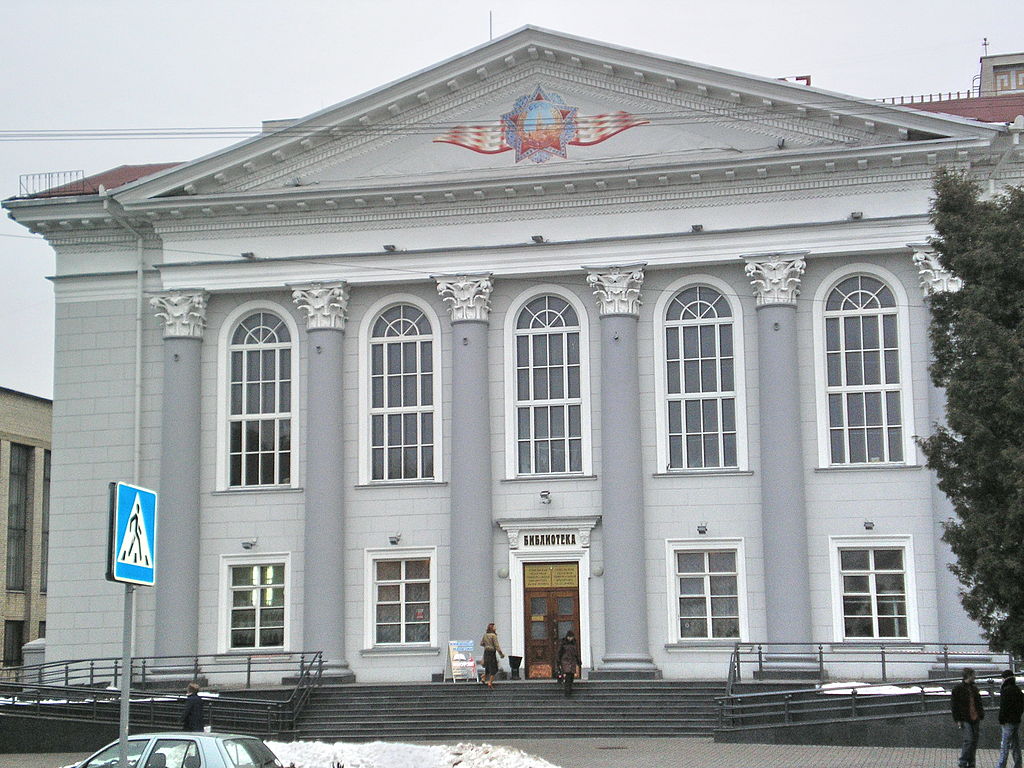

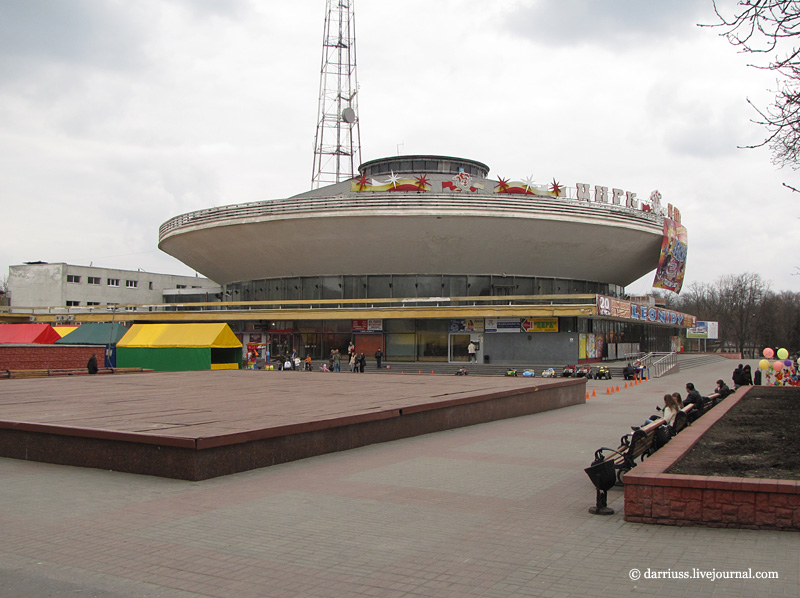
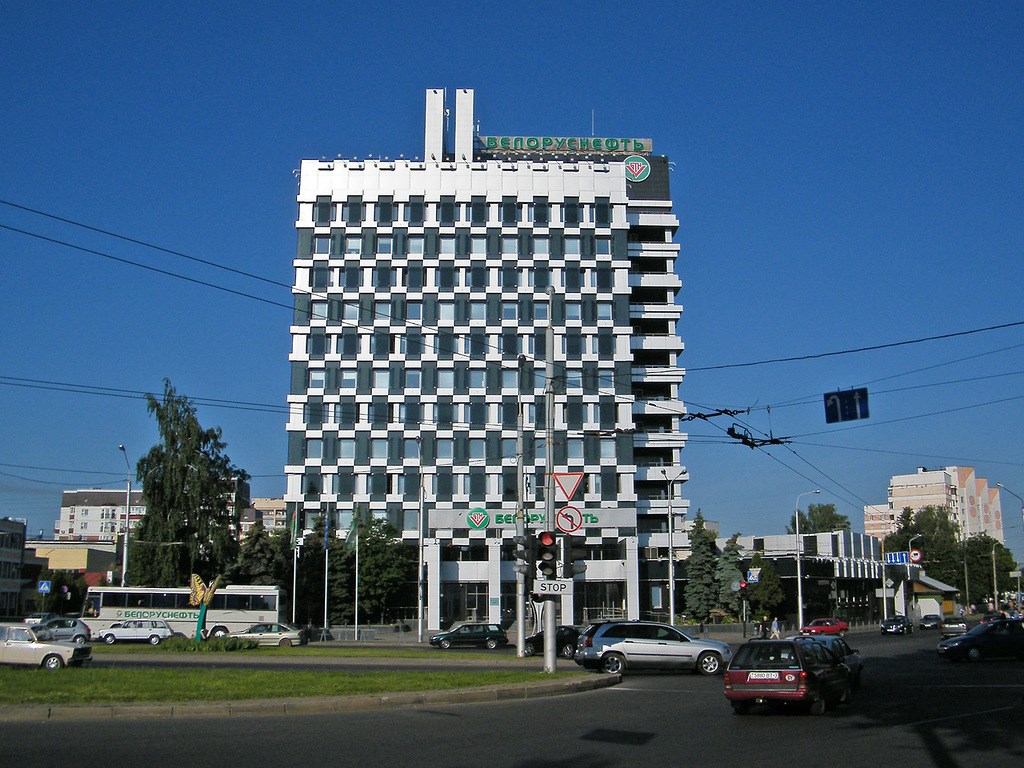
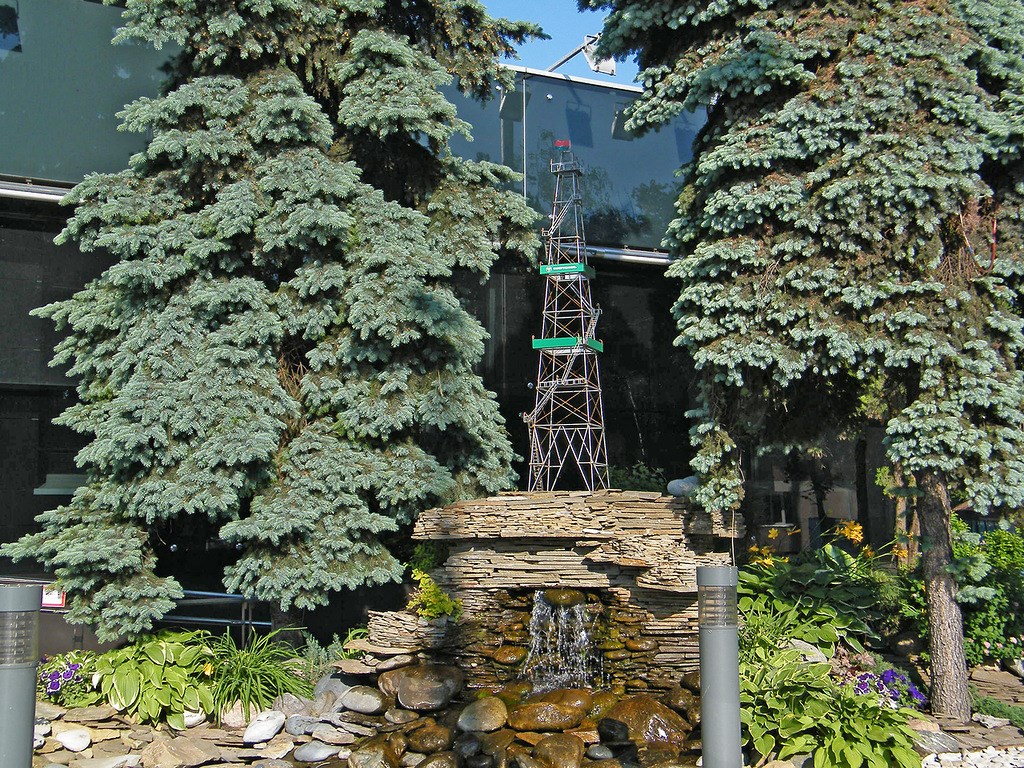
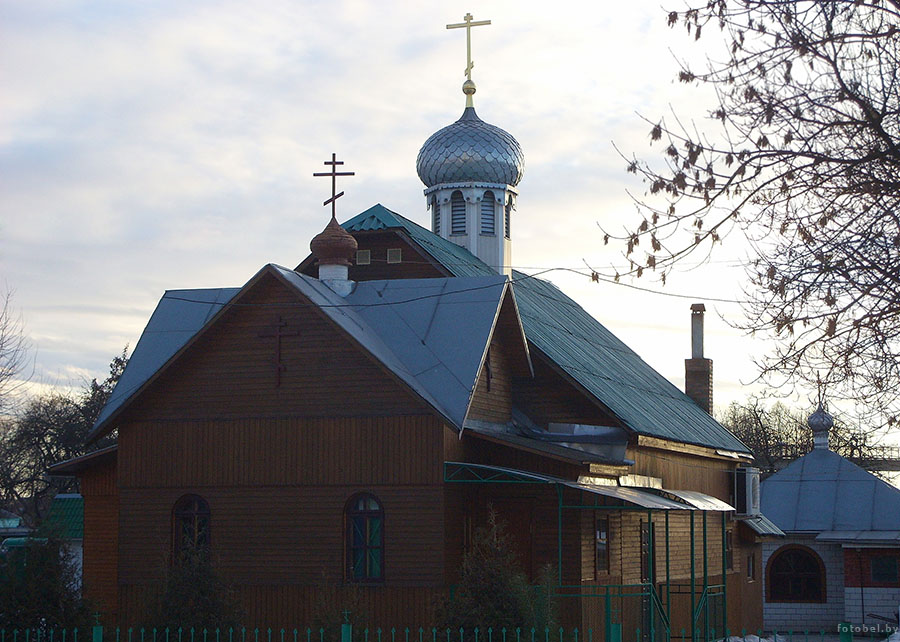
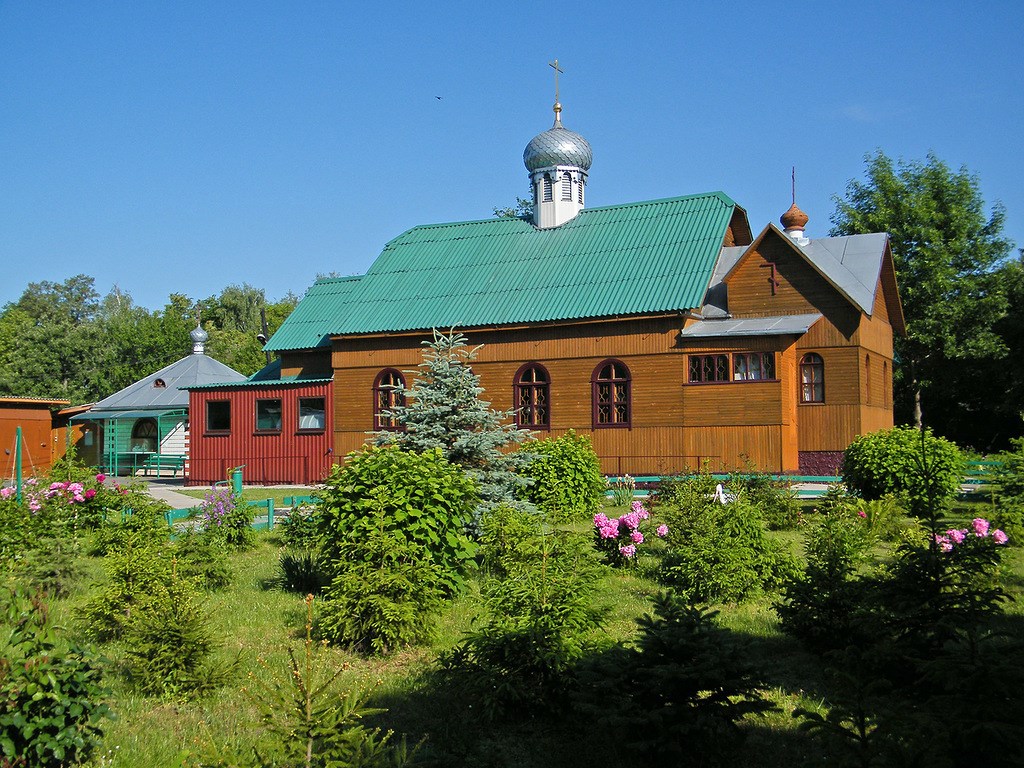
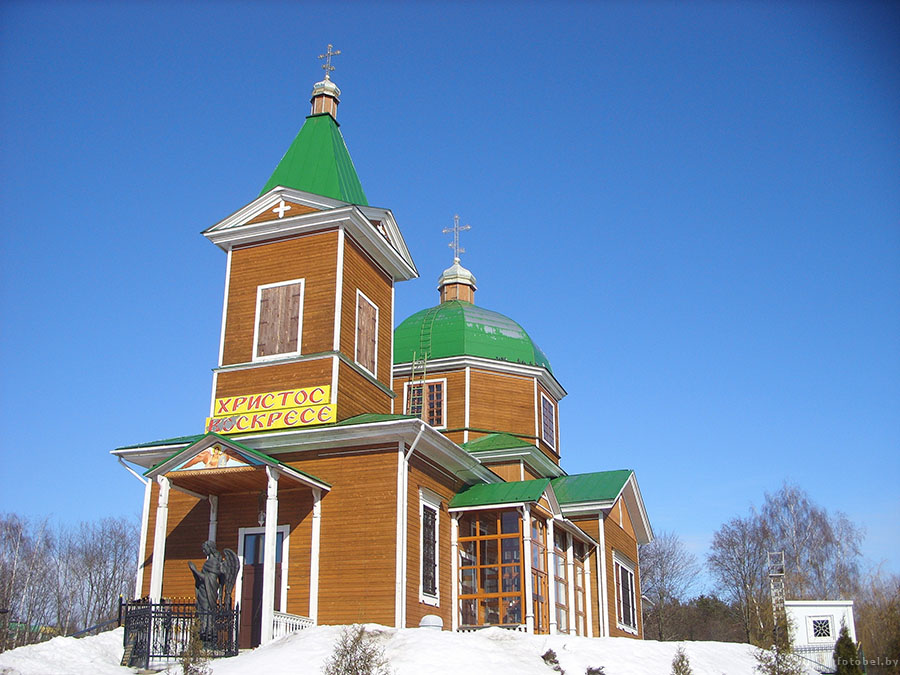
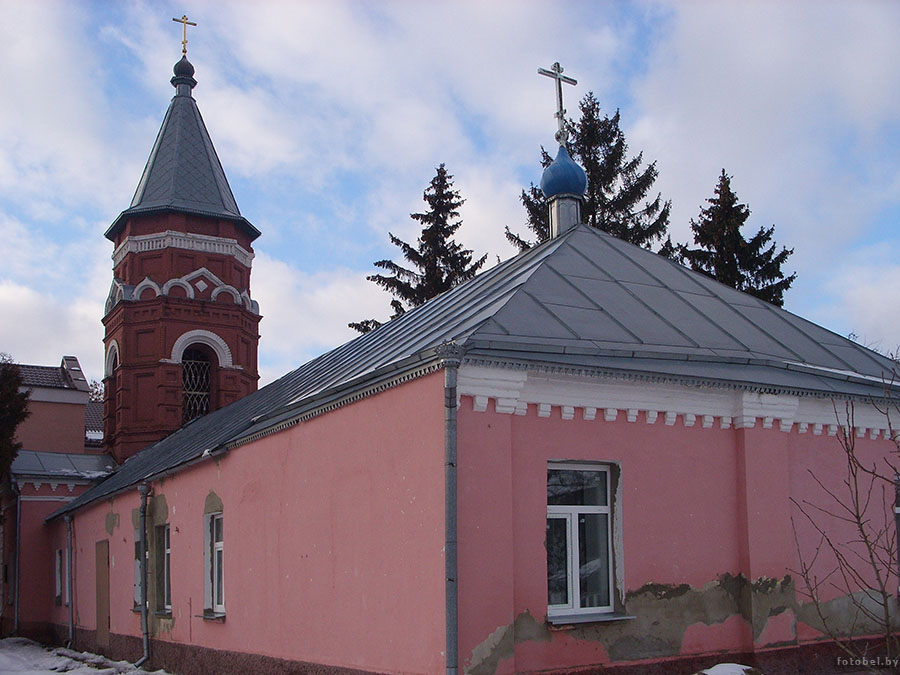
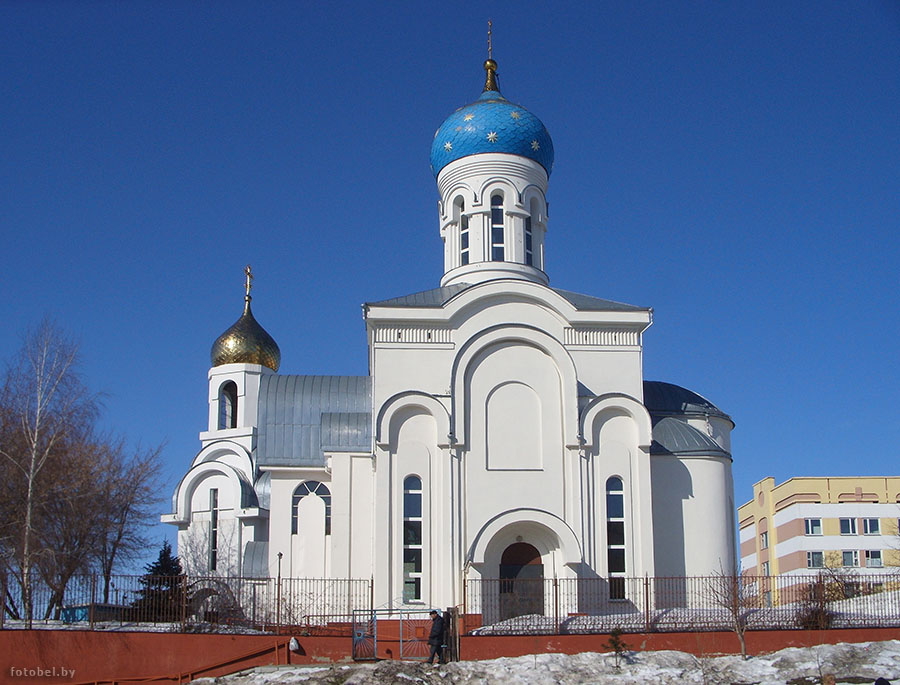
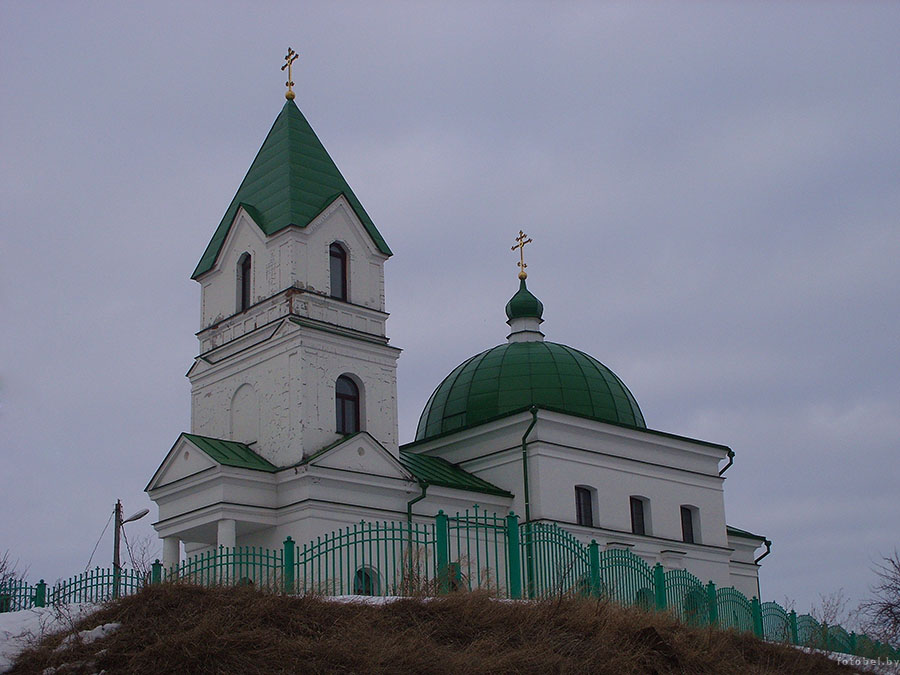
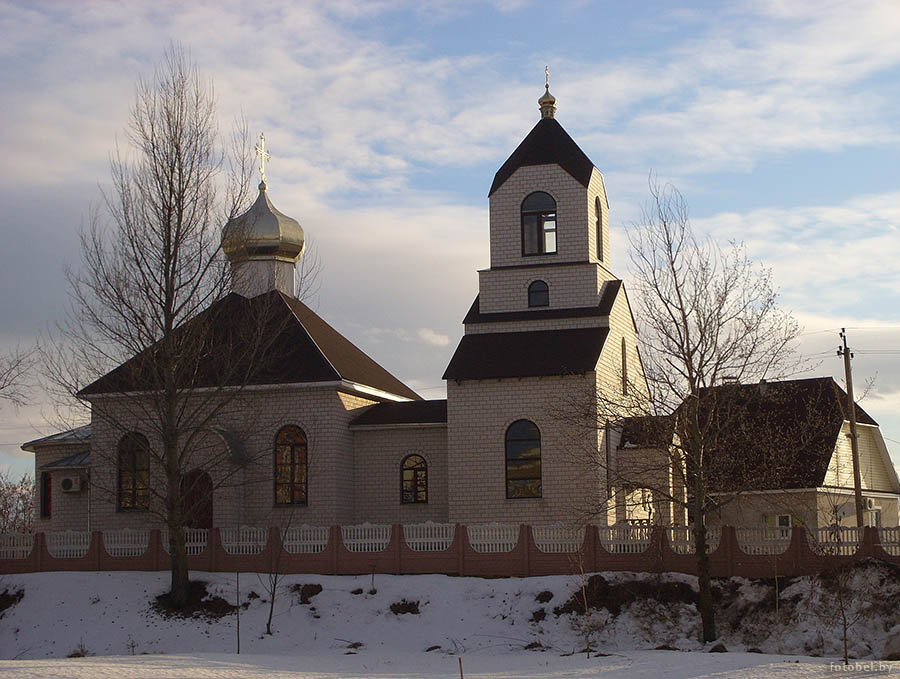
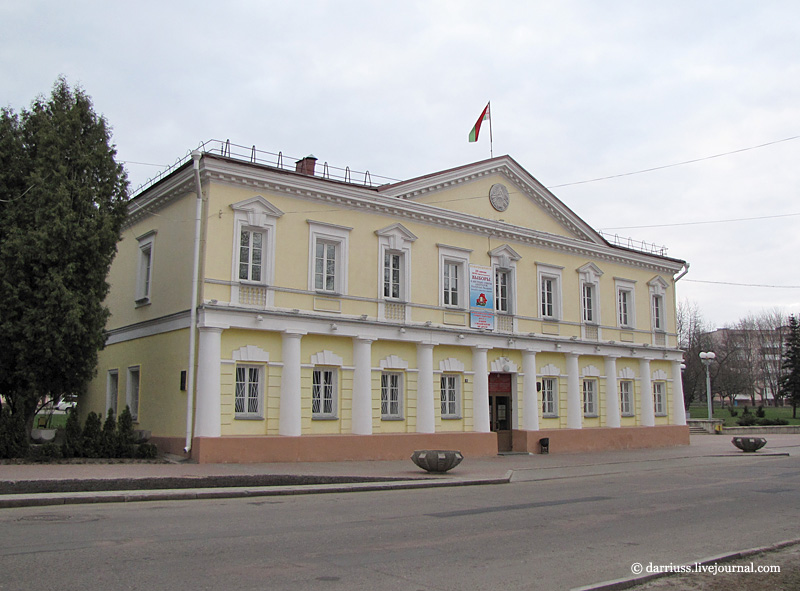
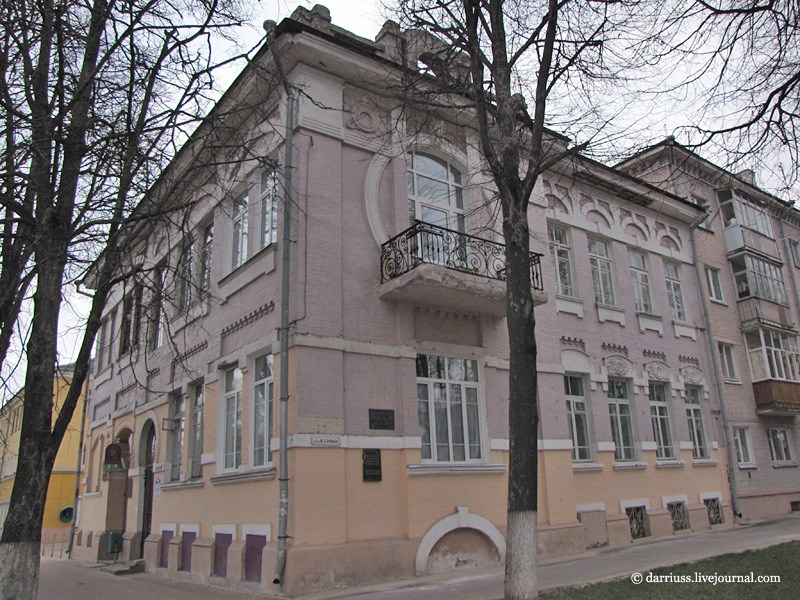
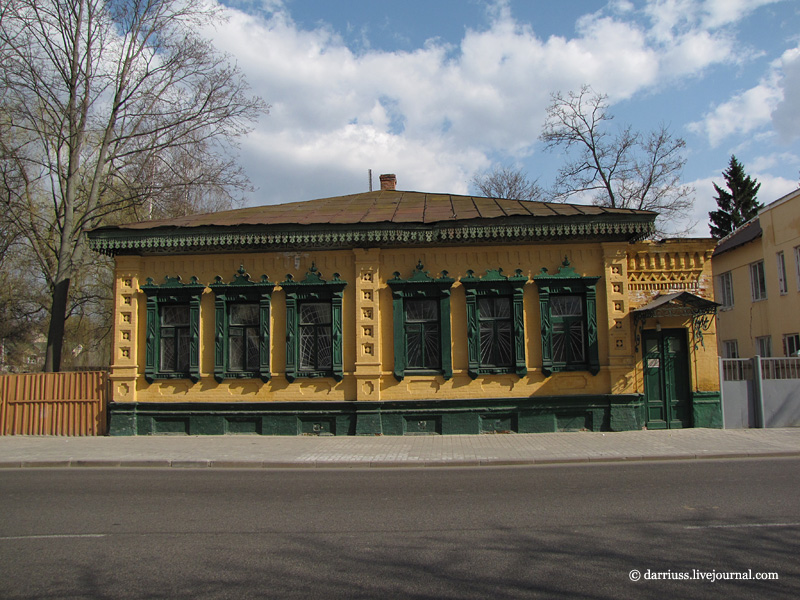
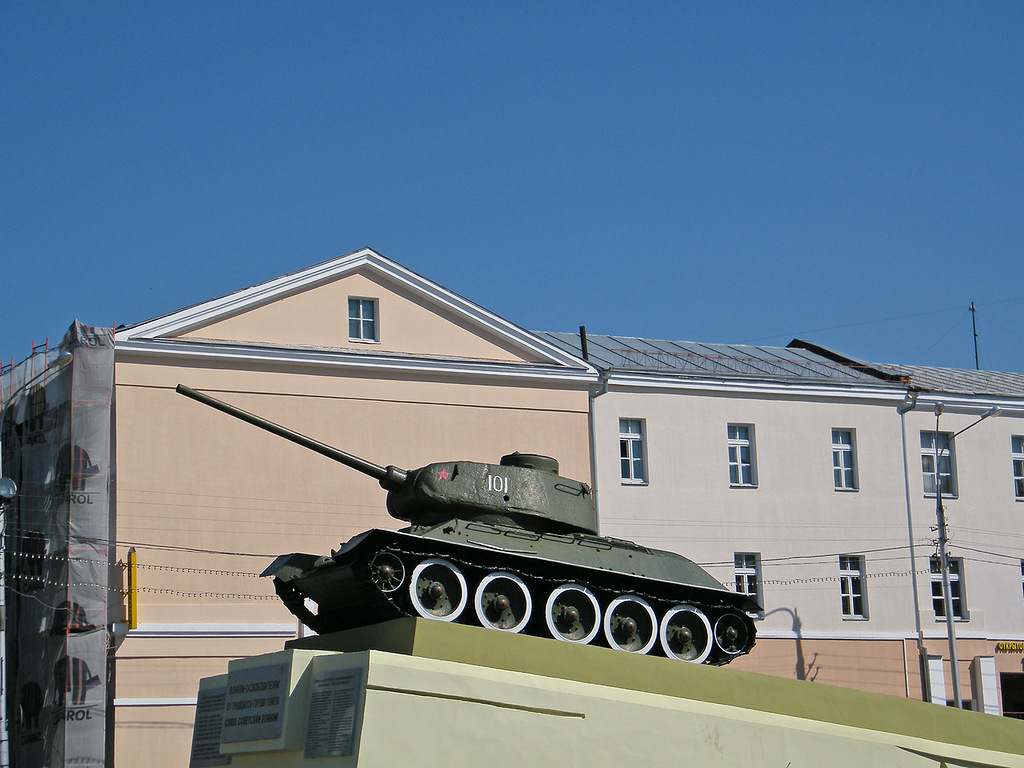
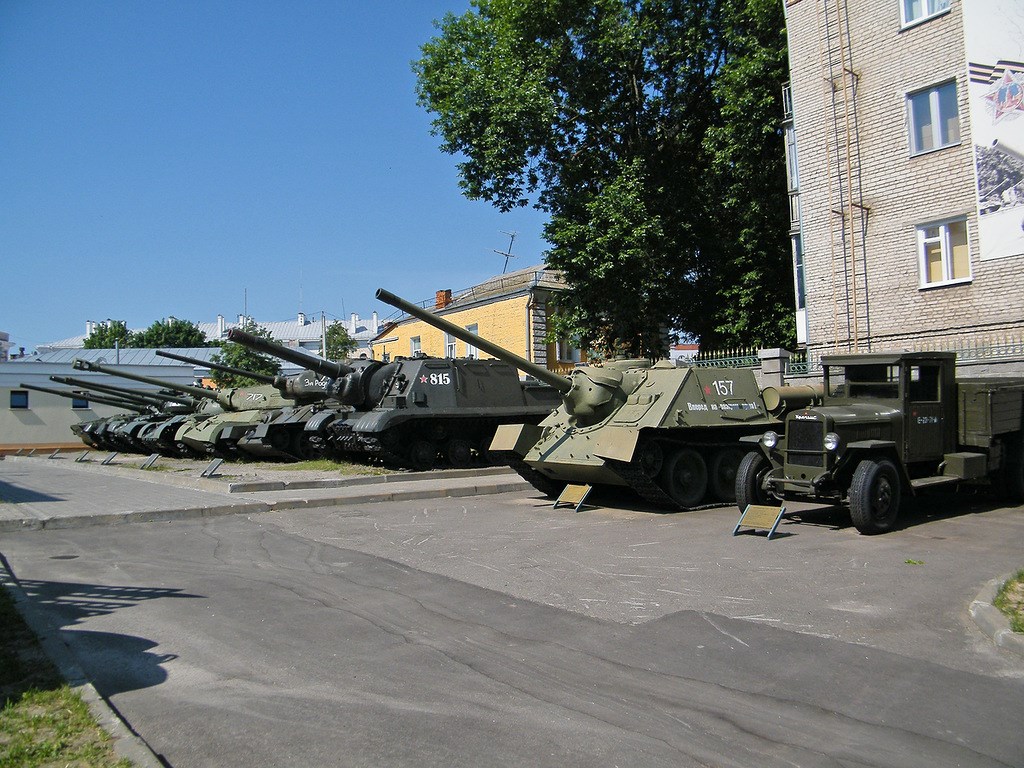

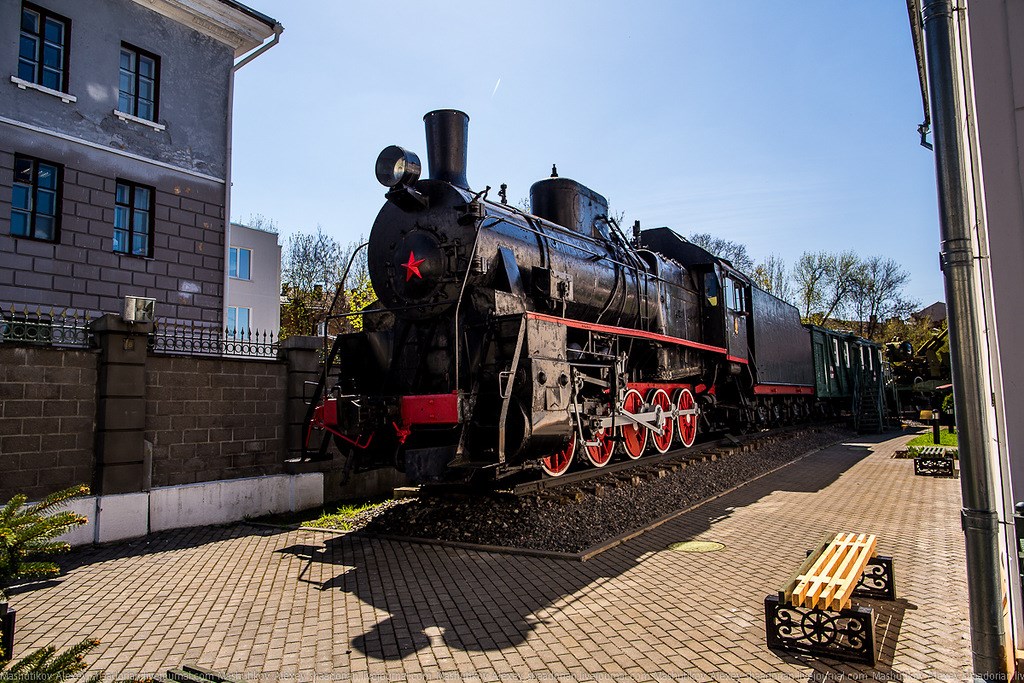
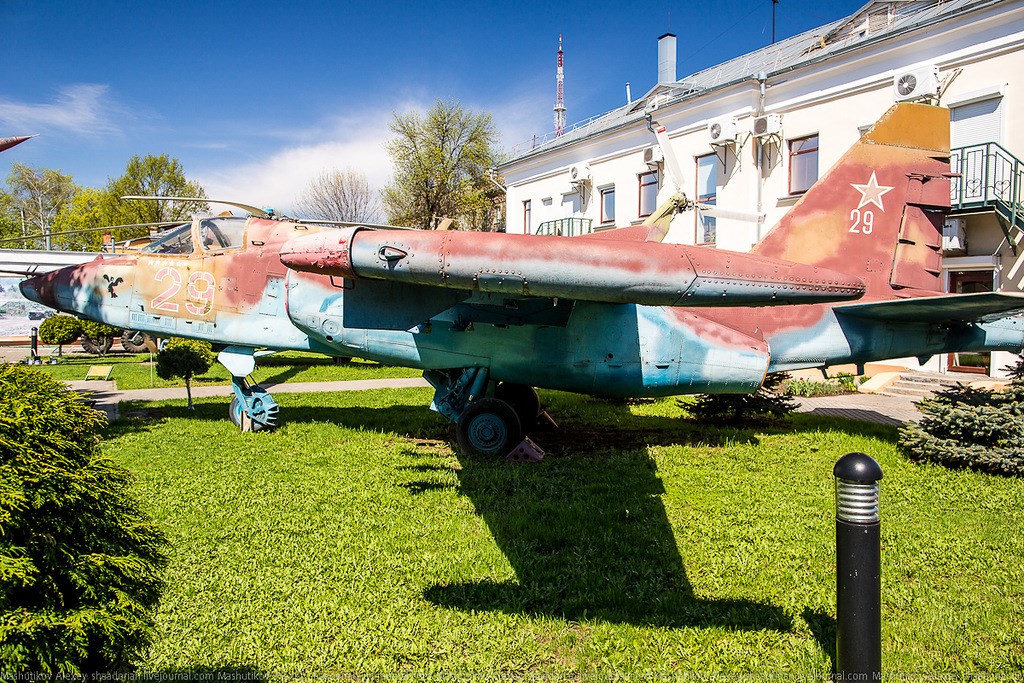
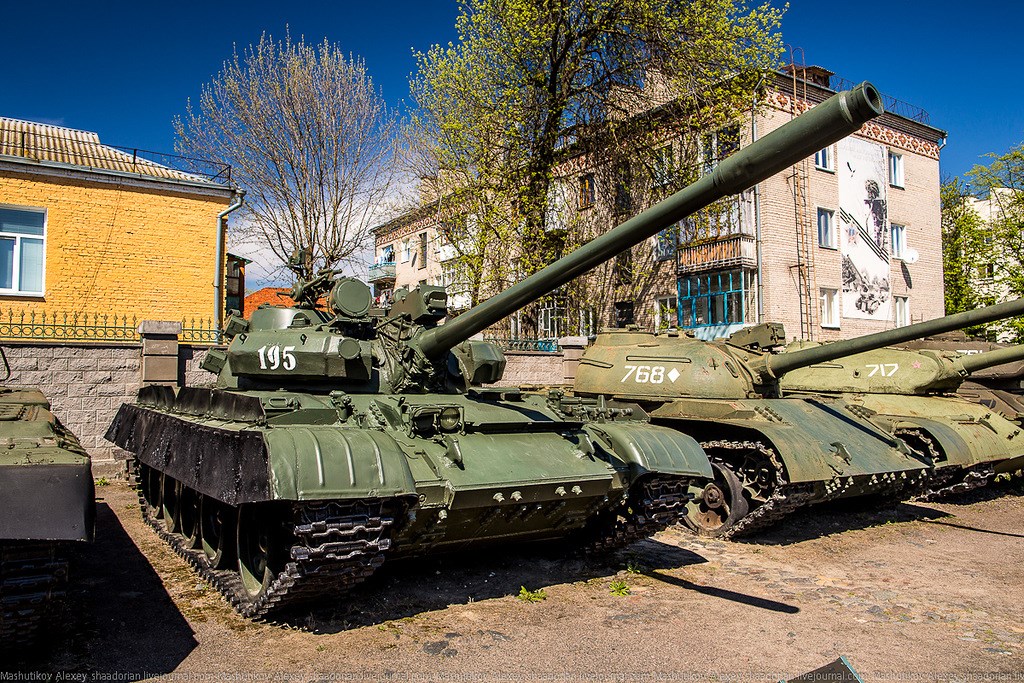
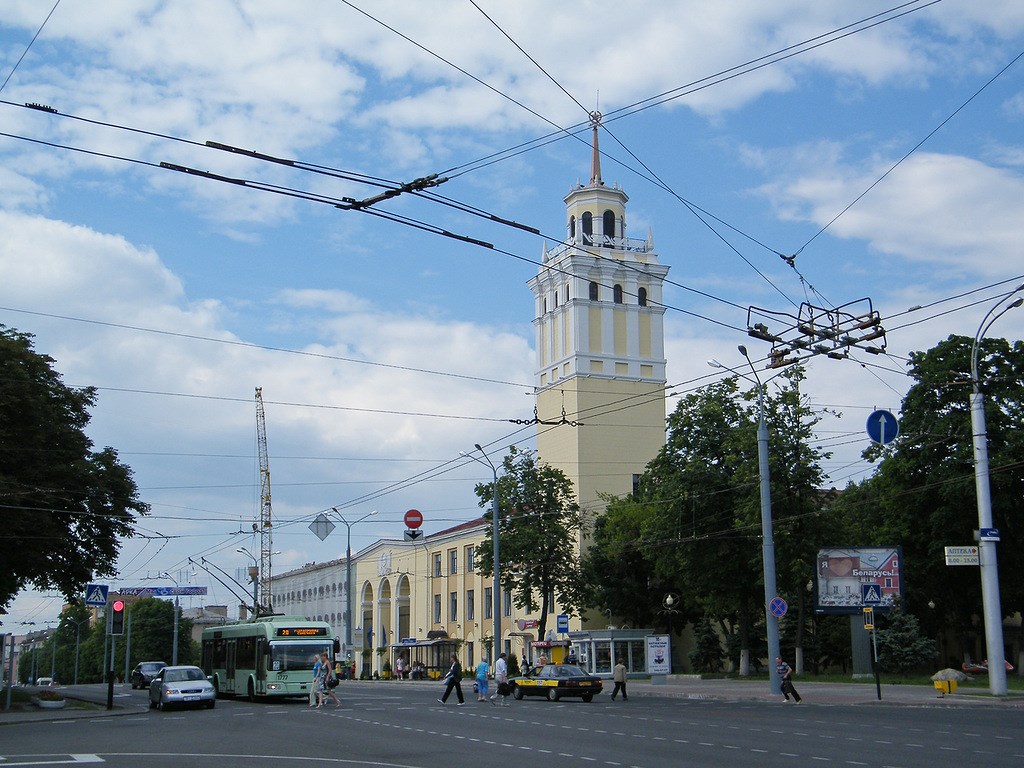
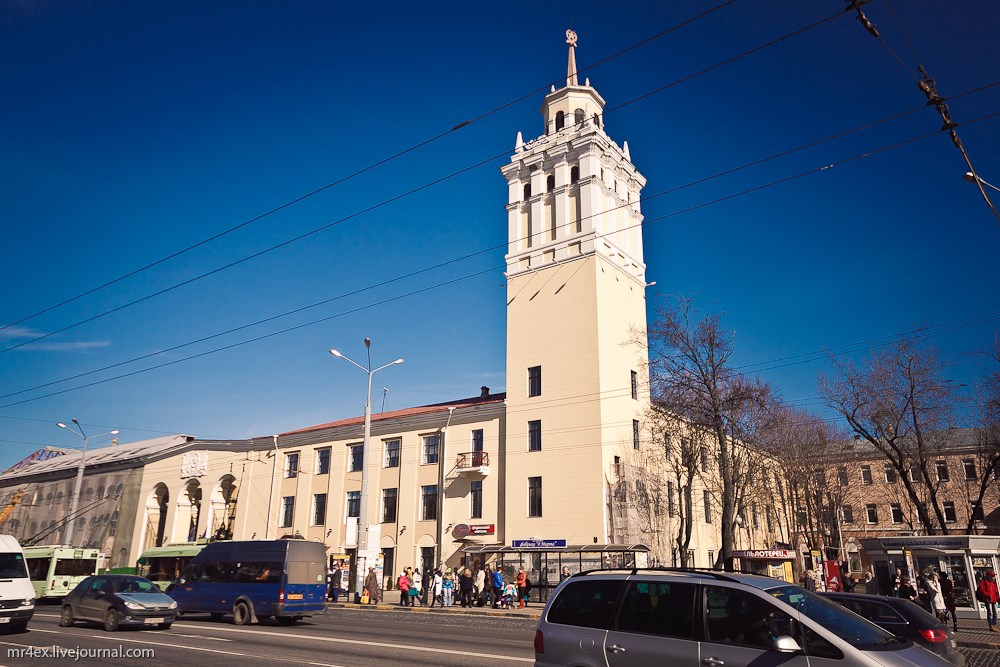
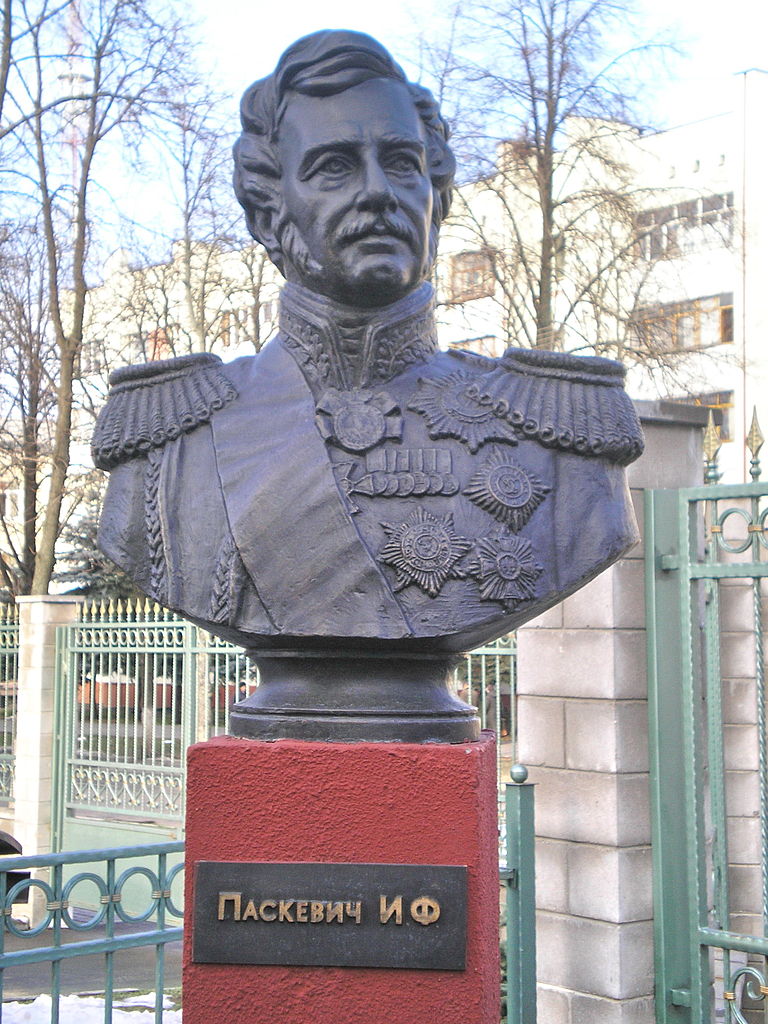
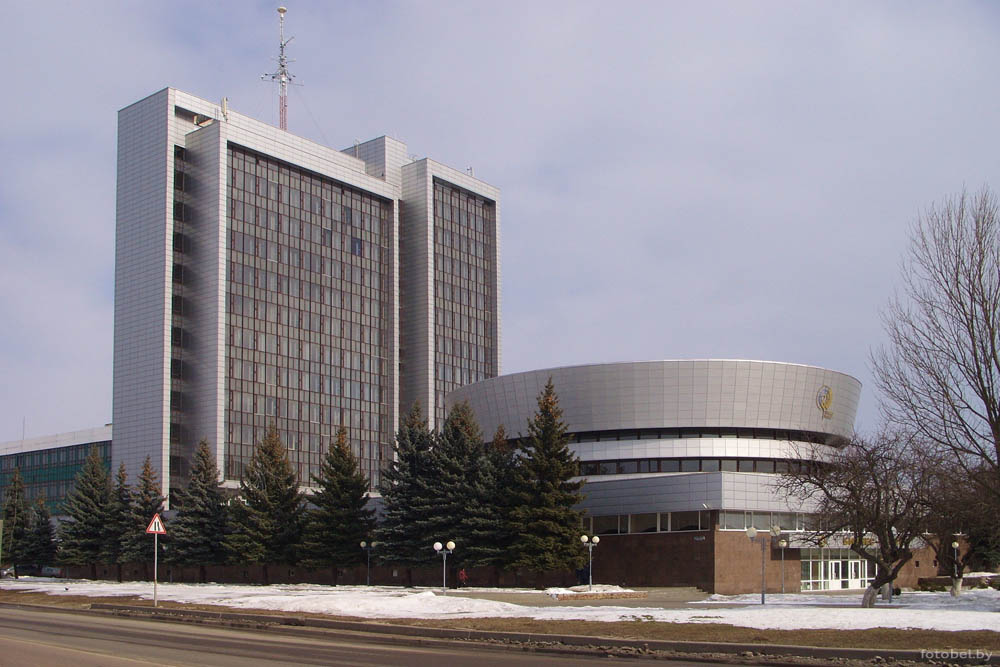
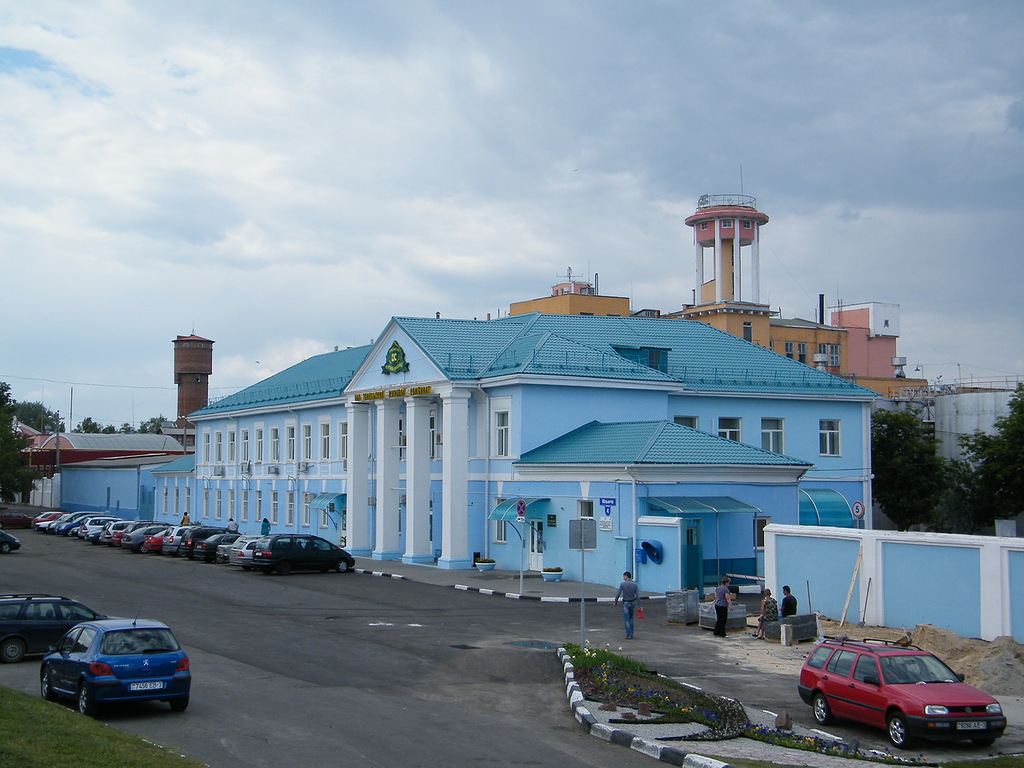

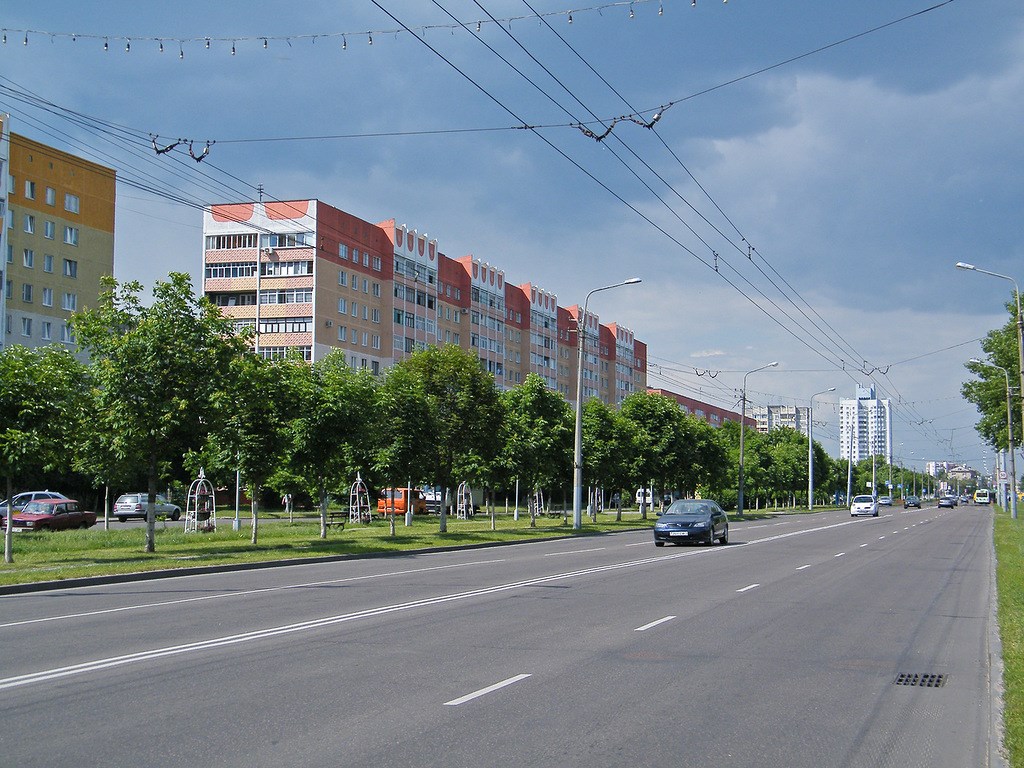
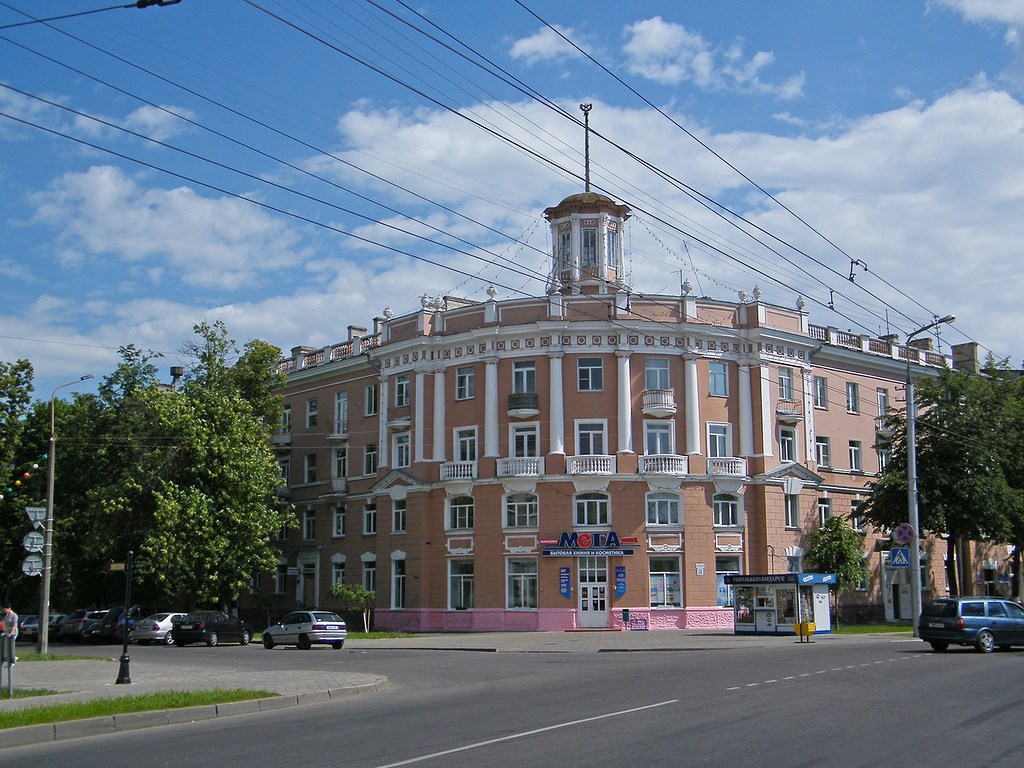

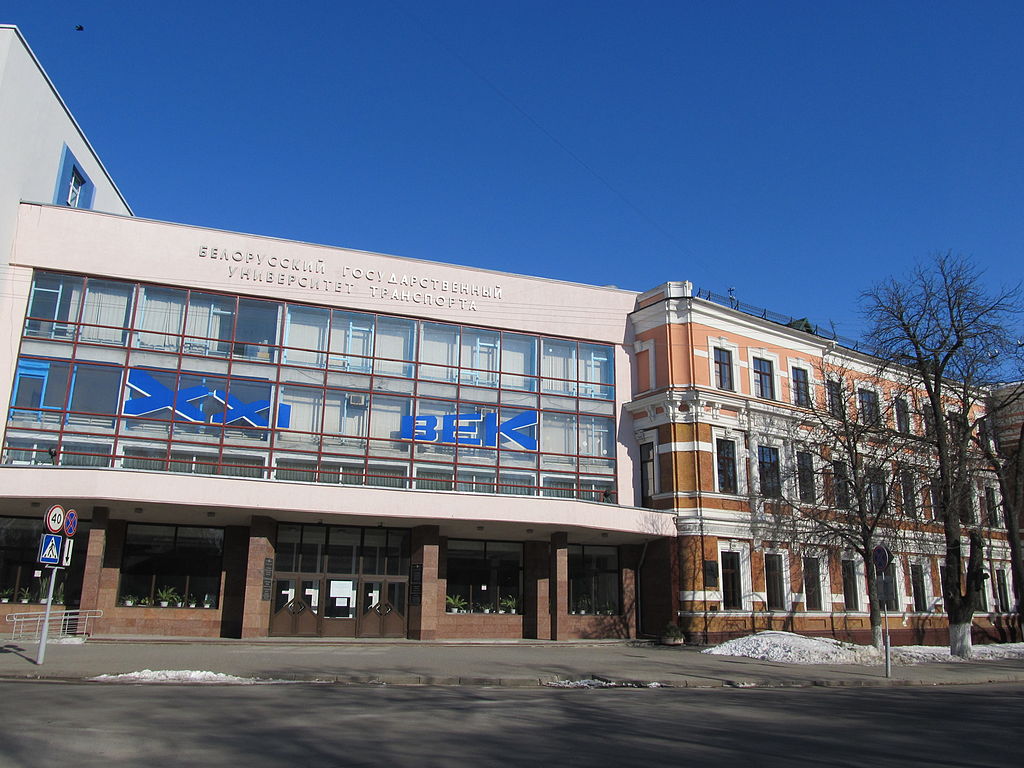
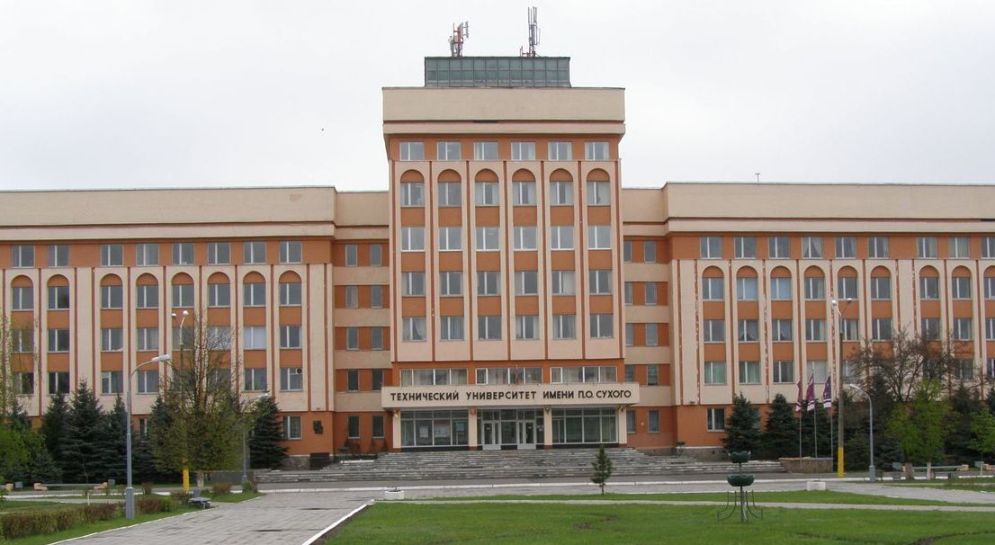

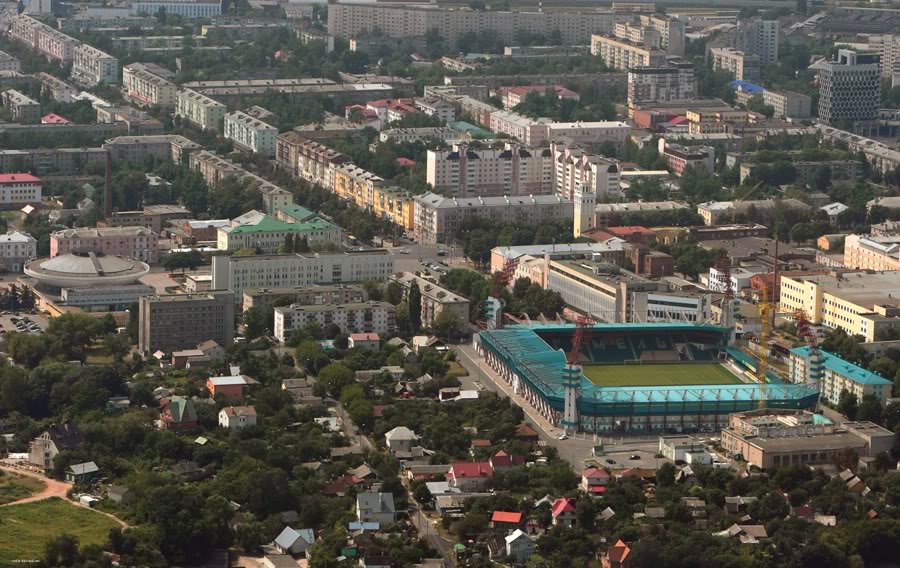
Gómel (en bielorruso: Гóмель, en ruso: Гóмель) es una ciudad del sureste de Bielorrusia, también transcrita como Hómiel o Hómyel, centro administrativo de la provincia de Gómel y del distrito de Gómel. Con una población de 515.325 habitantes, según datos del año 2013.
Atravesada por el importante río Sozh. Dispone del Aeropuerto de Gómel, situado a 8 km del centro de la ciudad.
https://es.wikipedia.org/wiki/Gómel
https://be.wikipedia.org/wiki/Горад_Гомель
https://ru.wikipedia.org/wiki/Гомель
https://en.wikipedia.org/wiki/Gomel
Pinche para ver las Fuentes seleccionadas

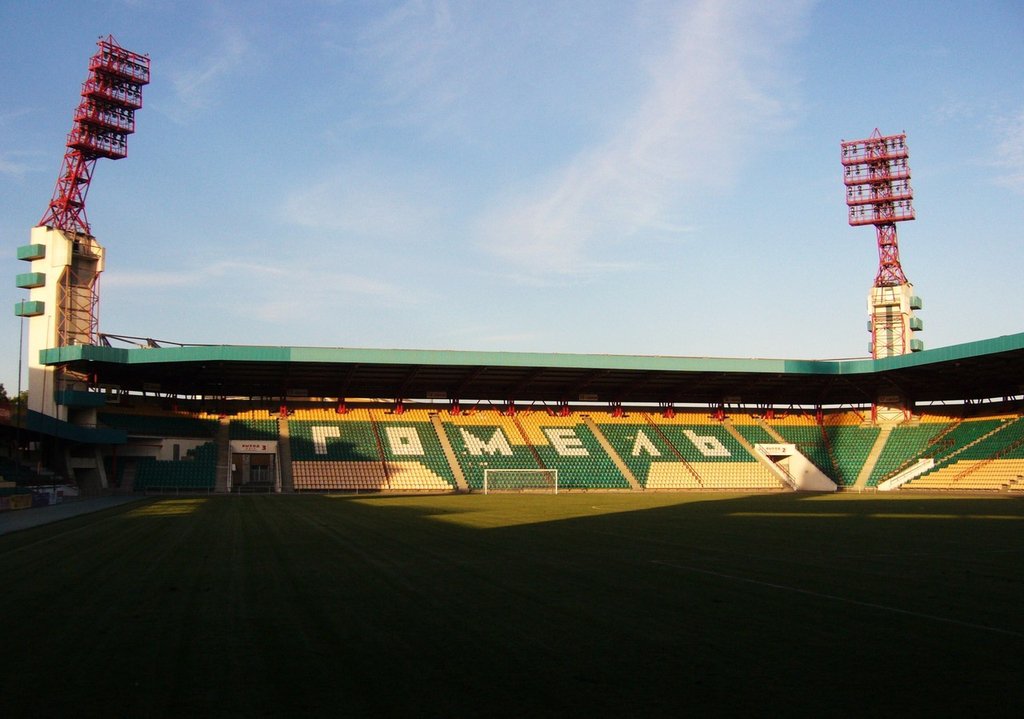
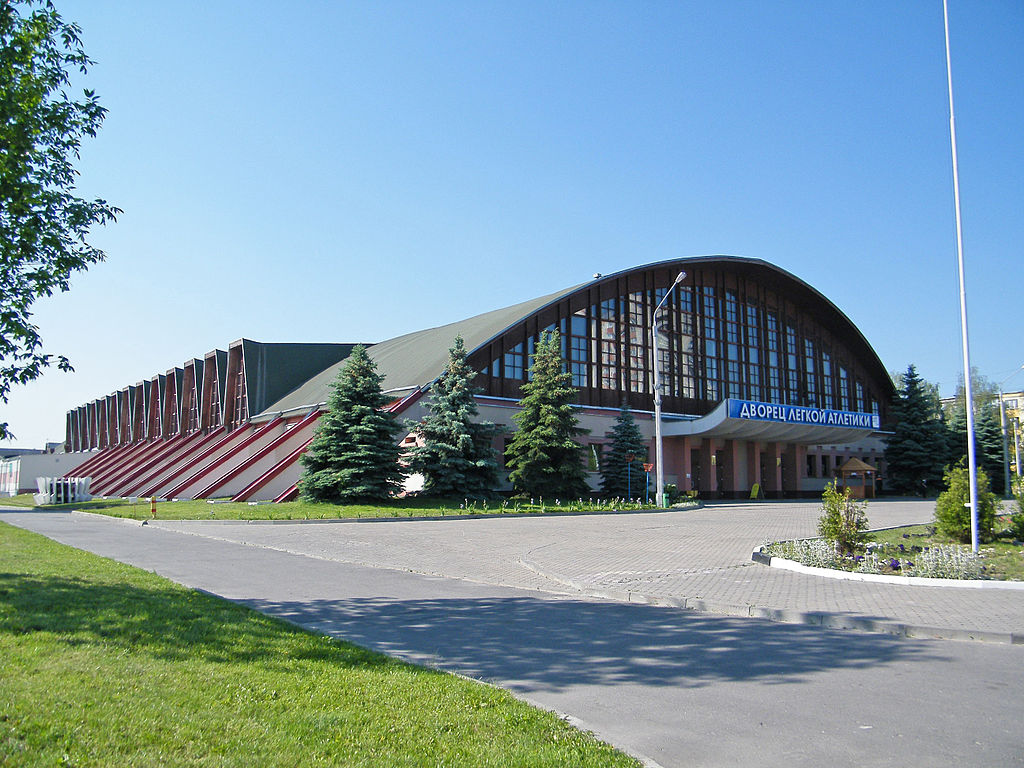
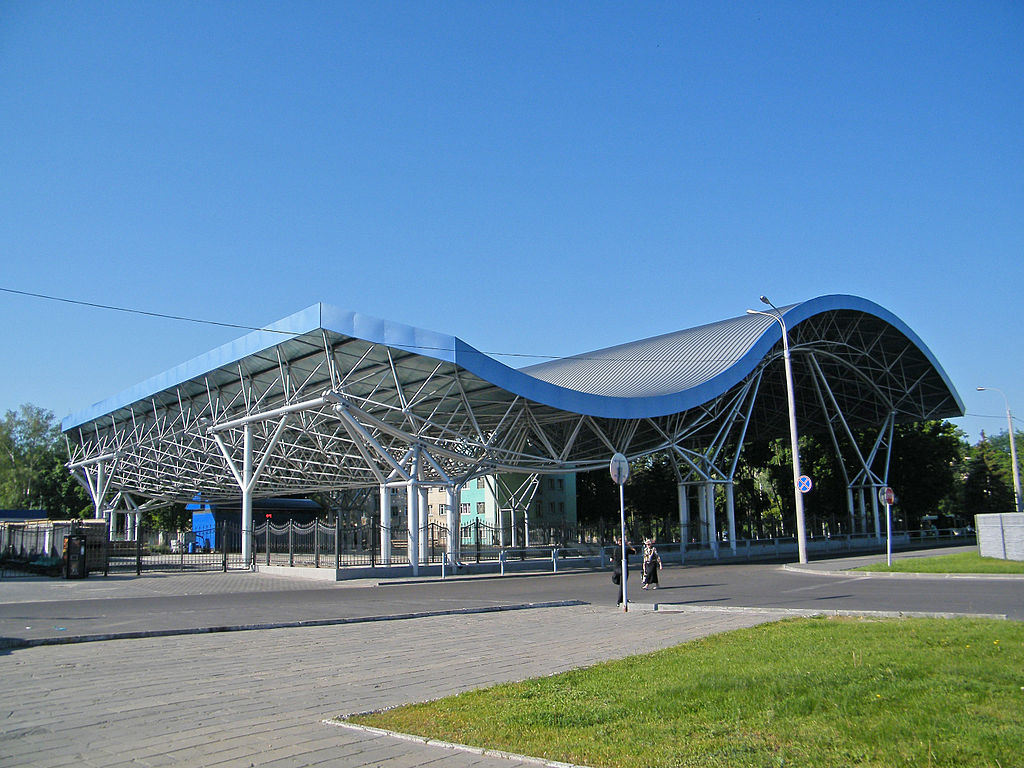
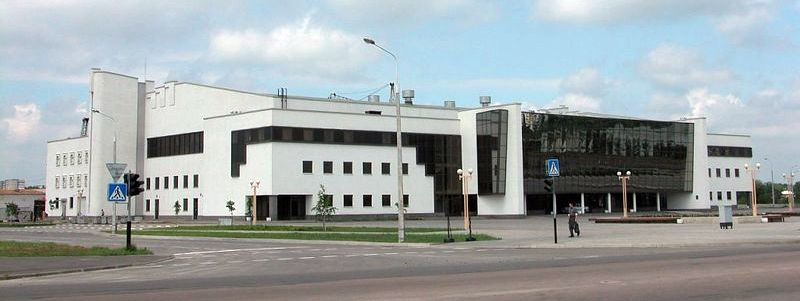
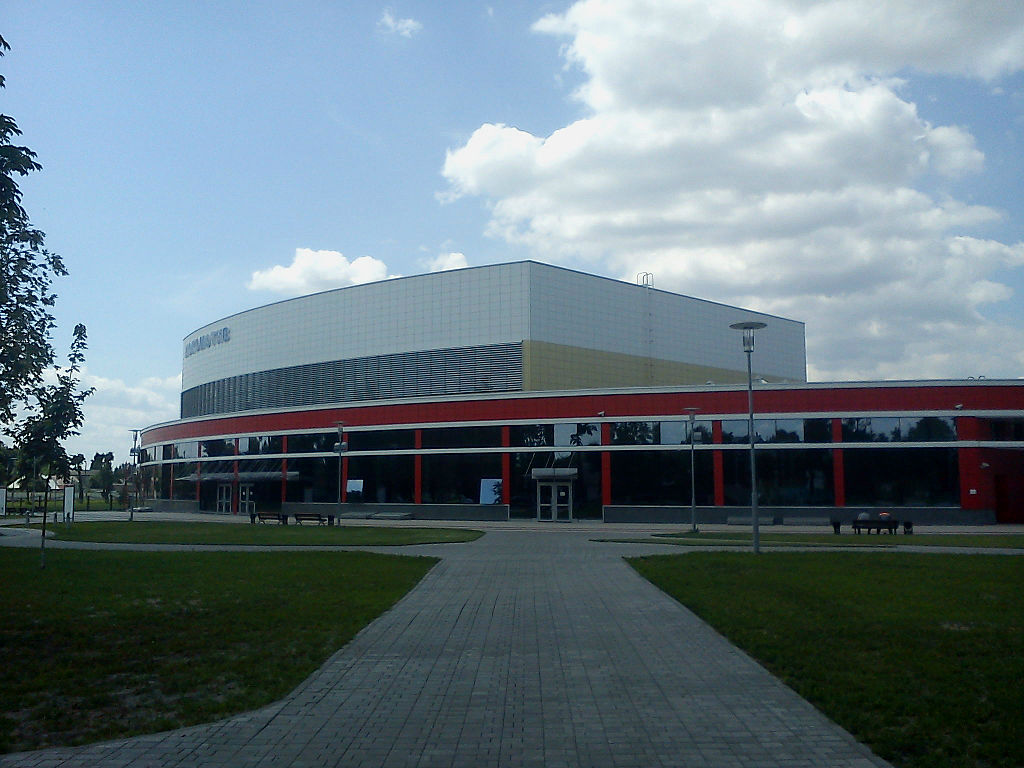
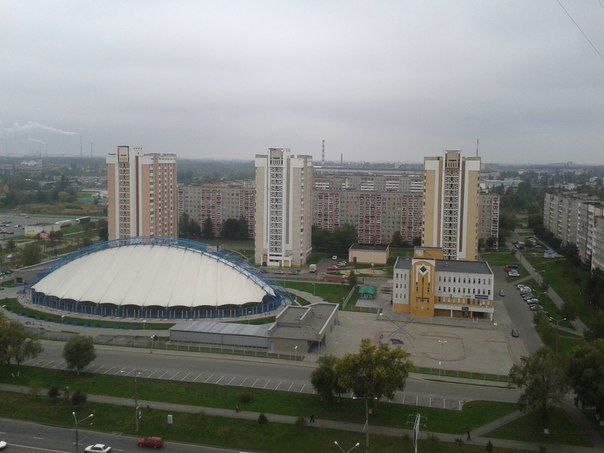
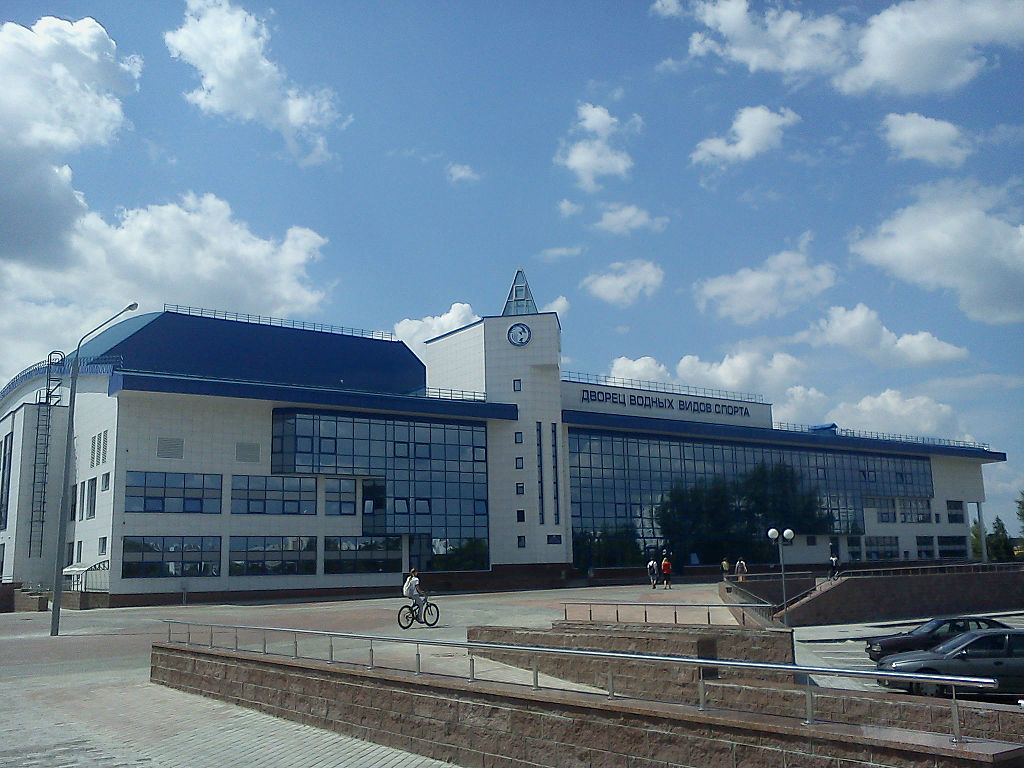
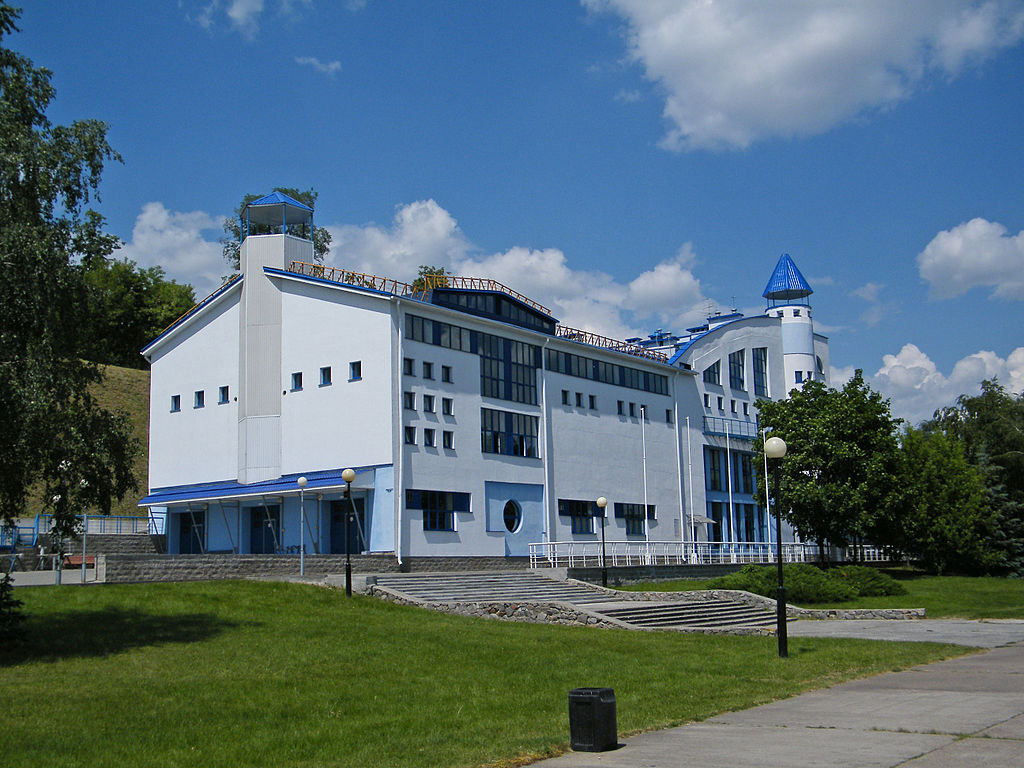
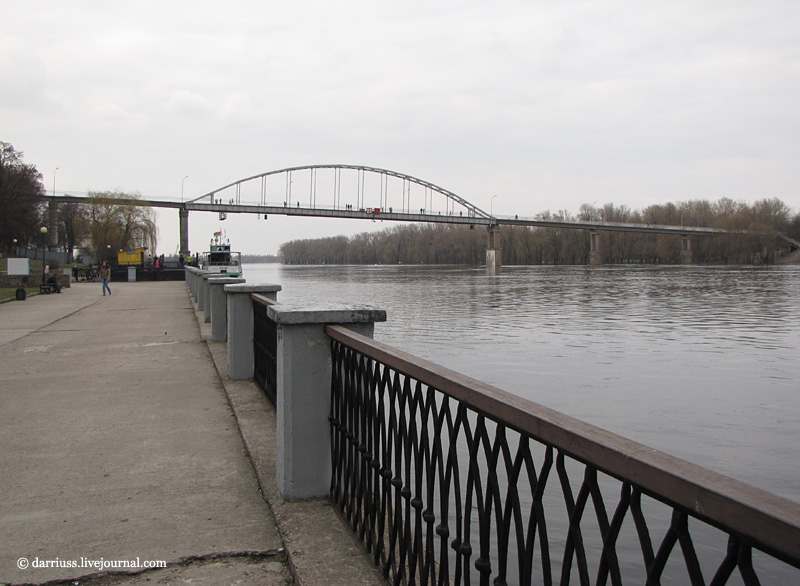
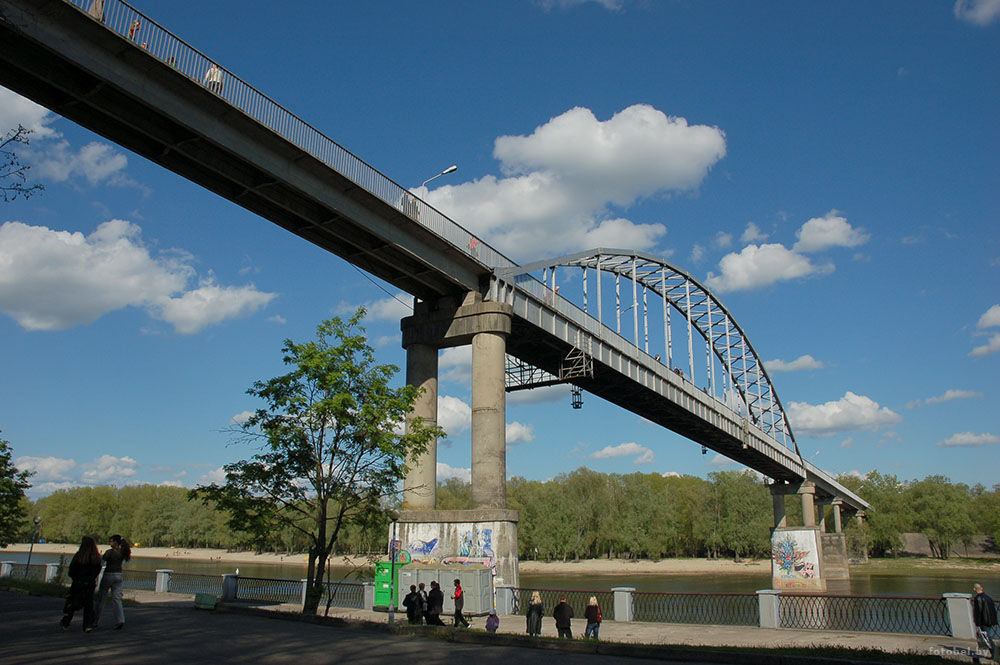
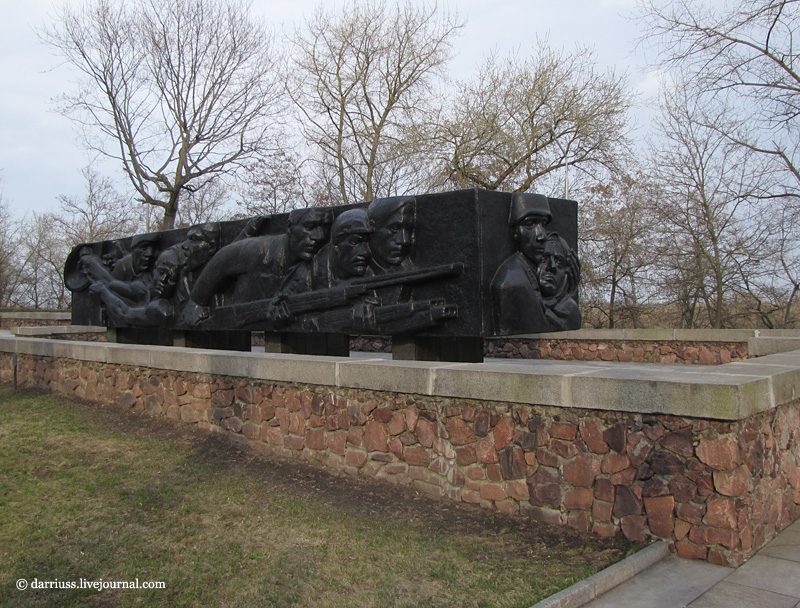
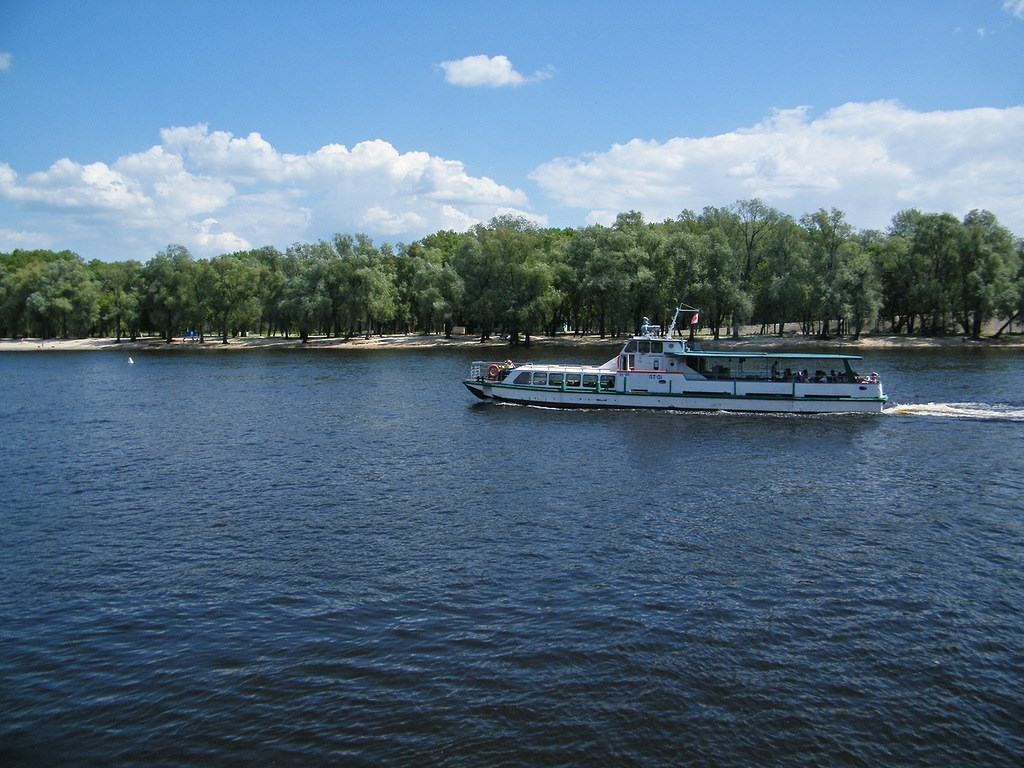
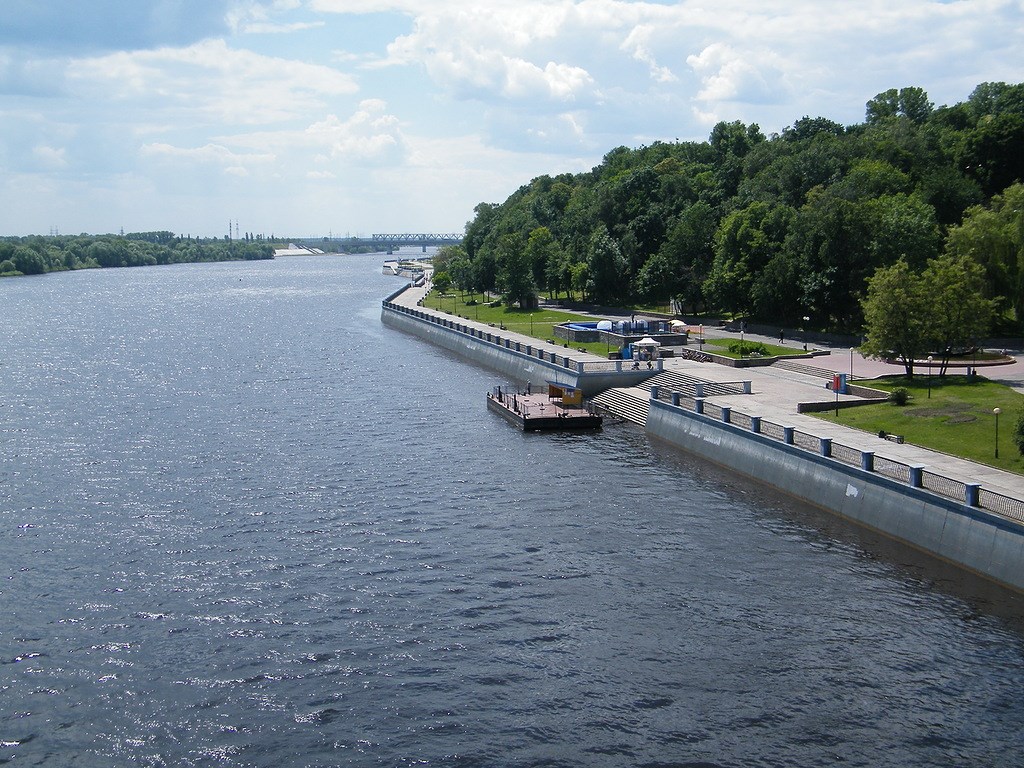
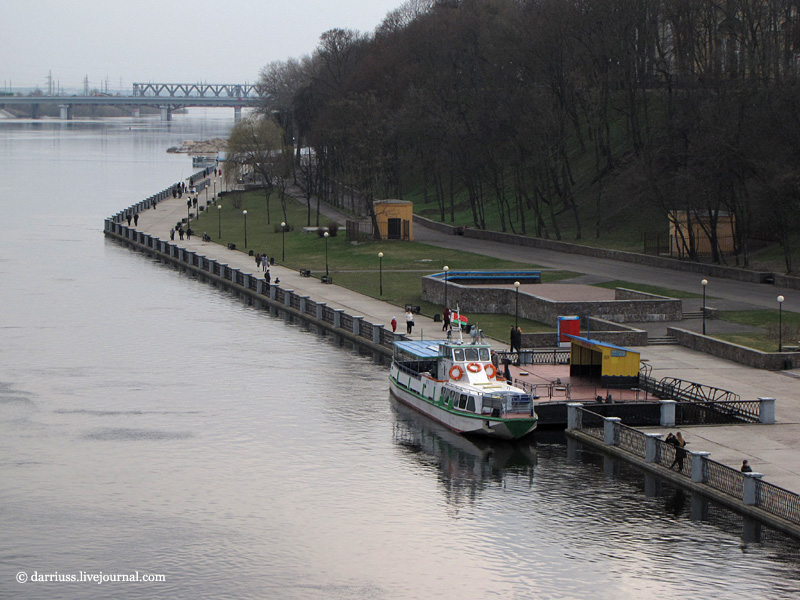

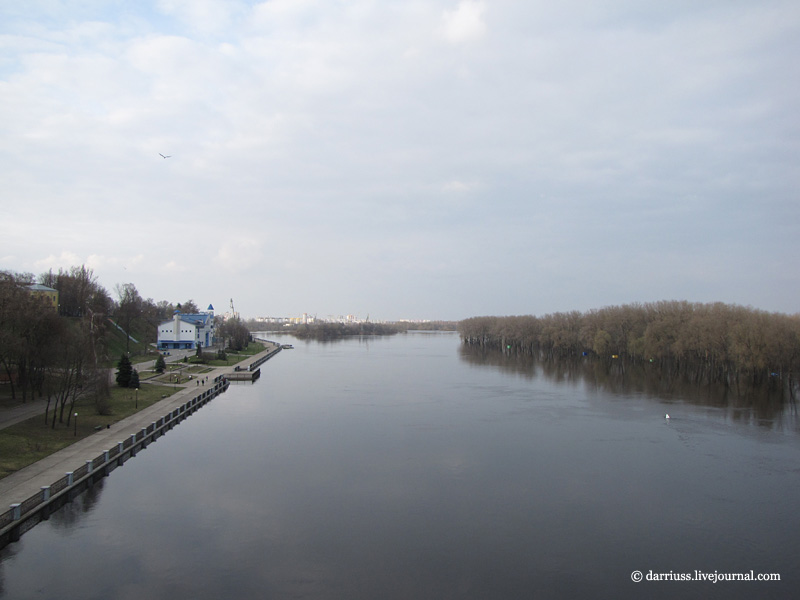
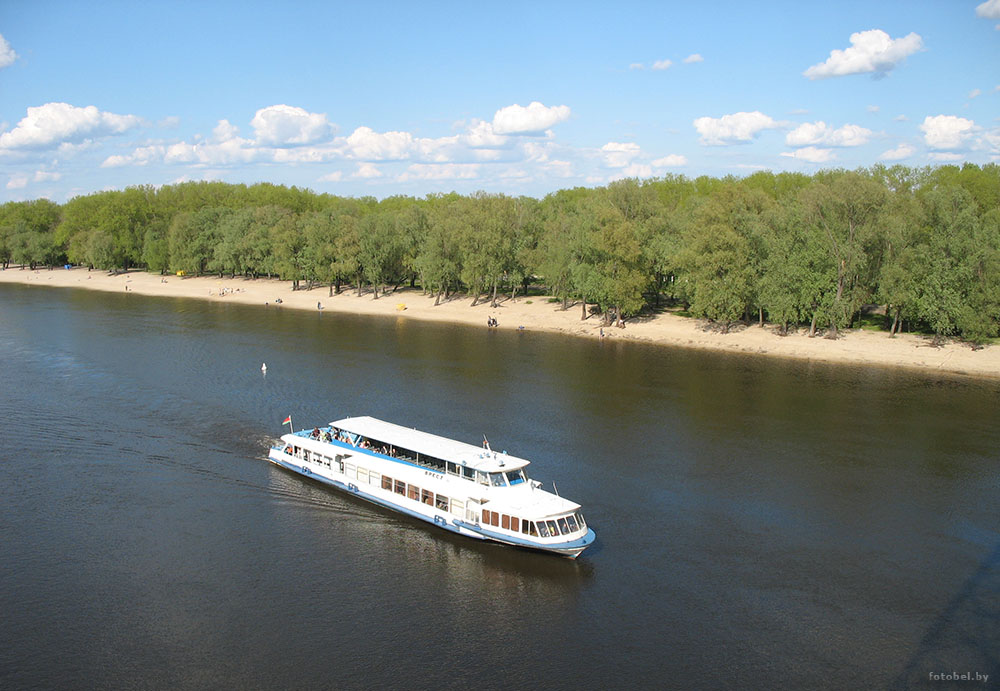
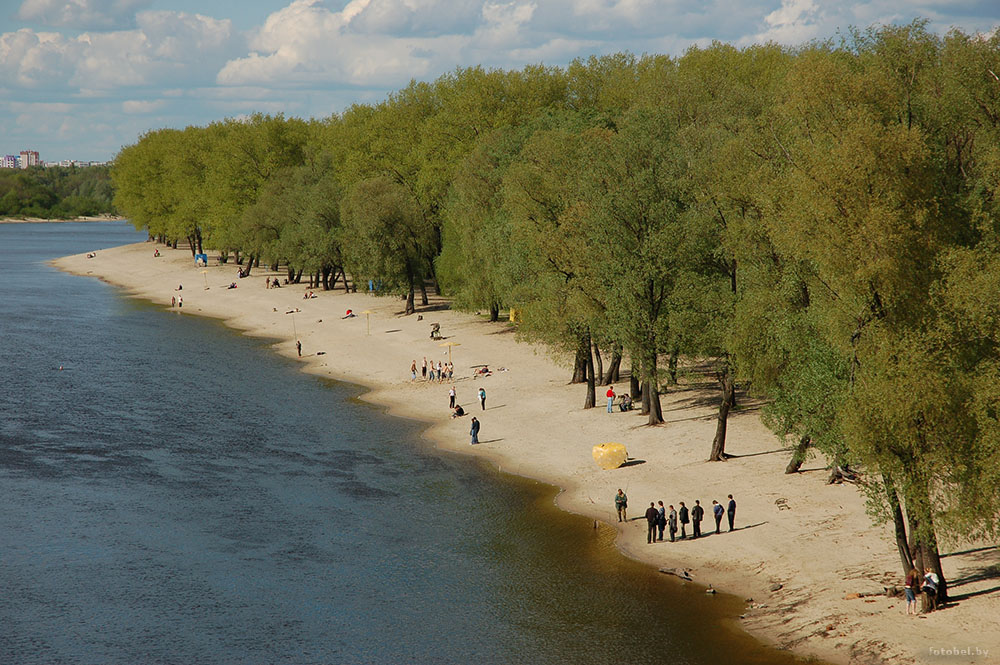
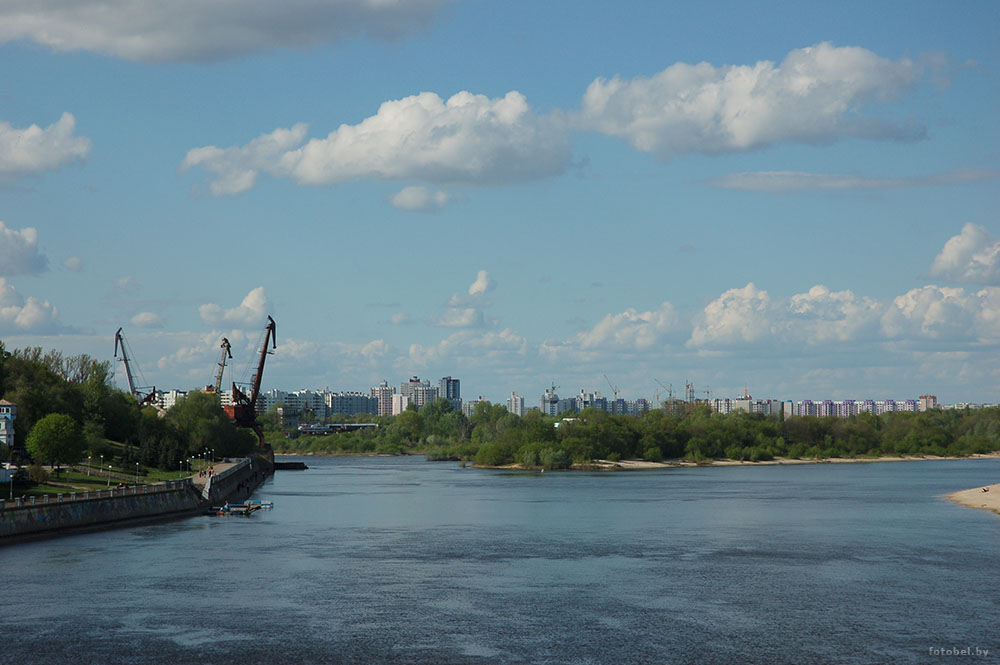
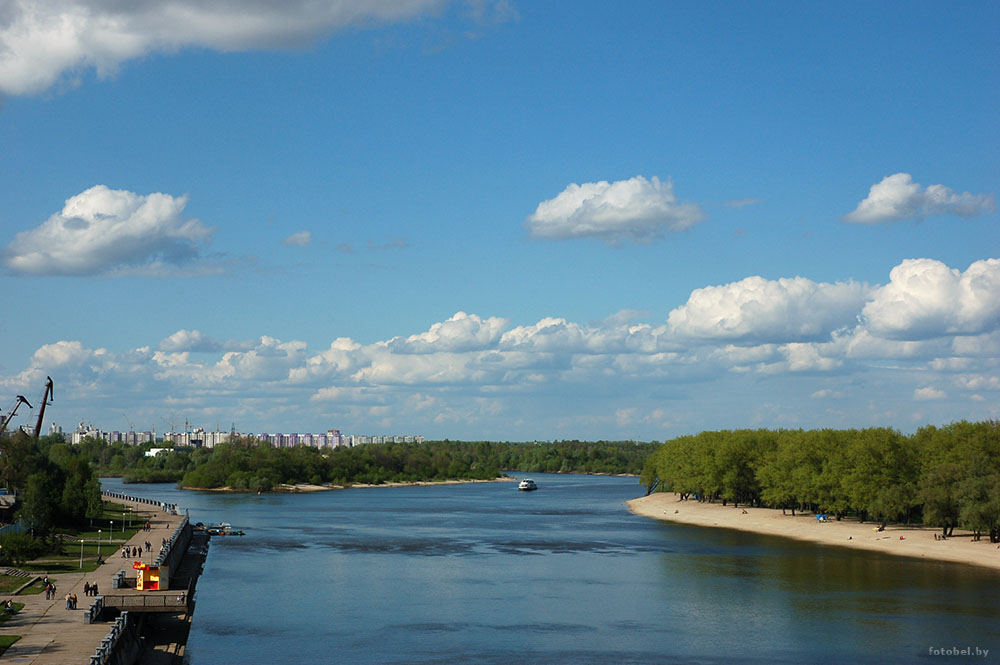
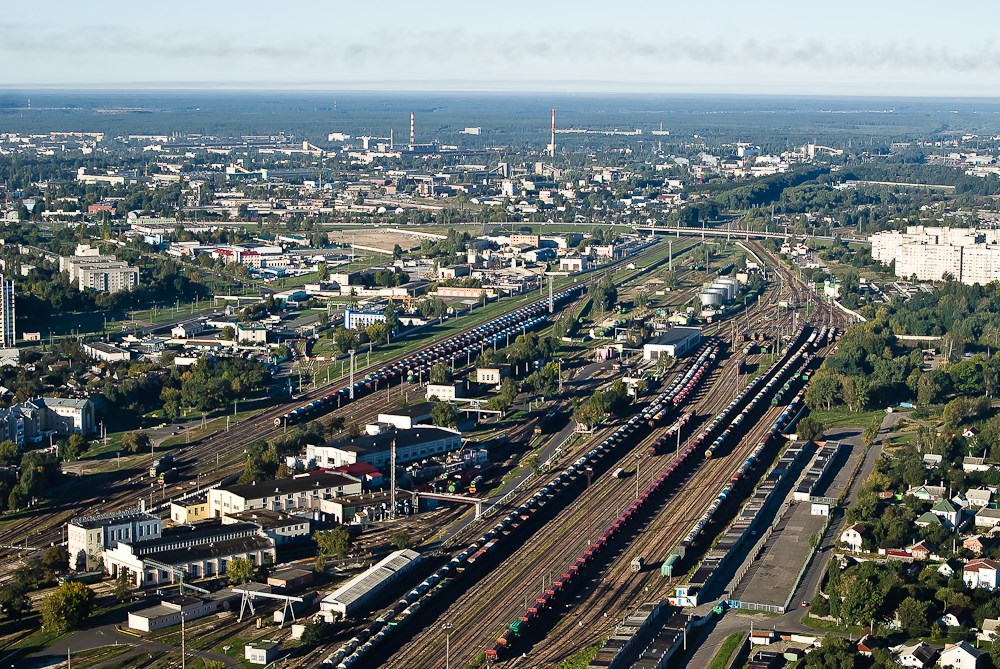
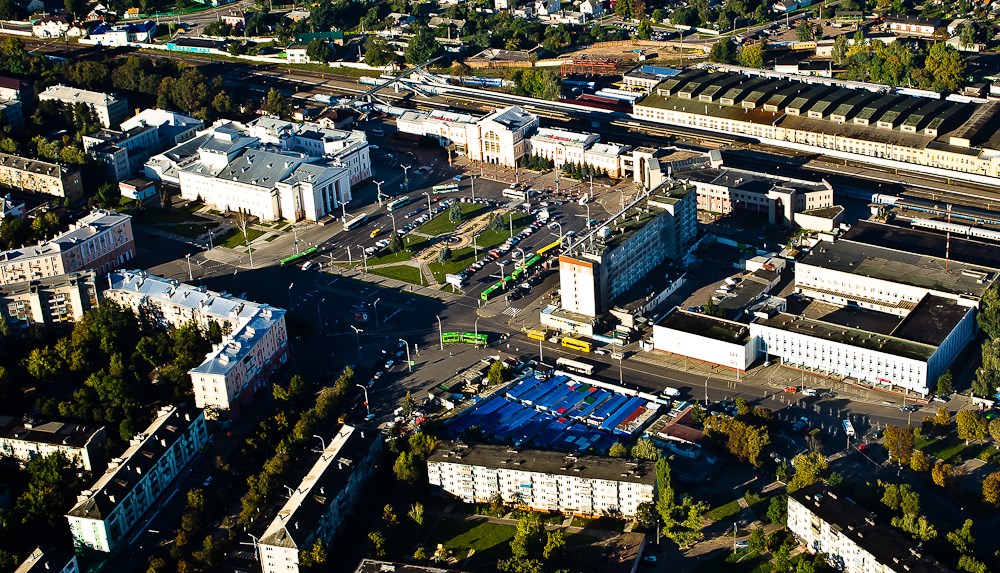

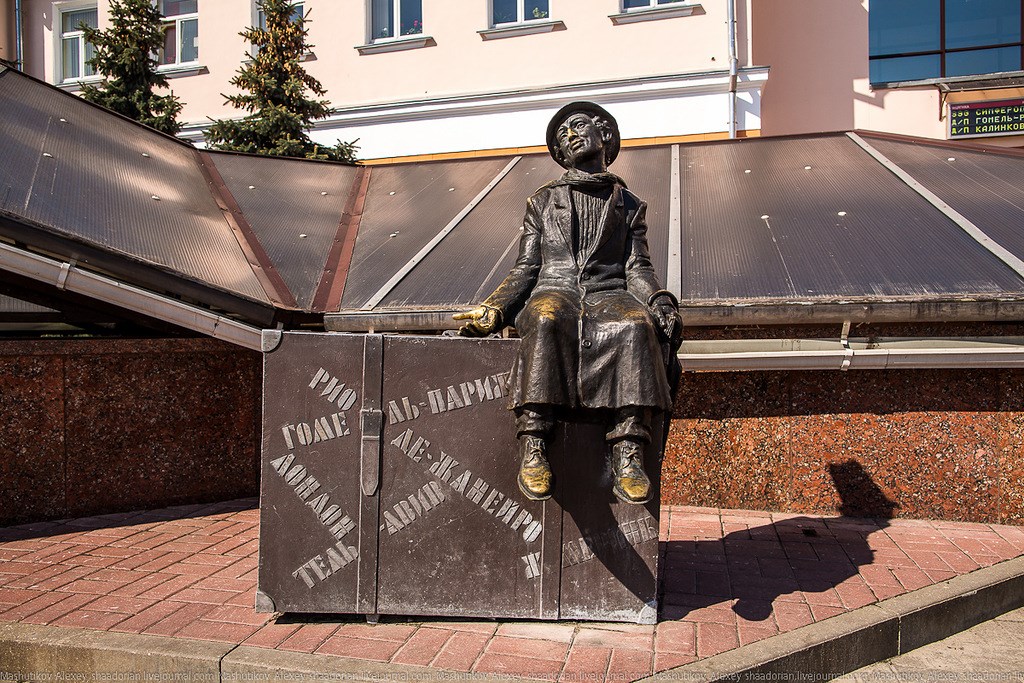
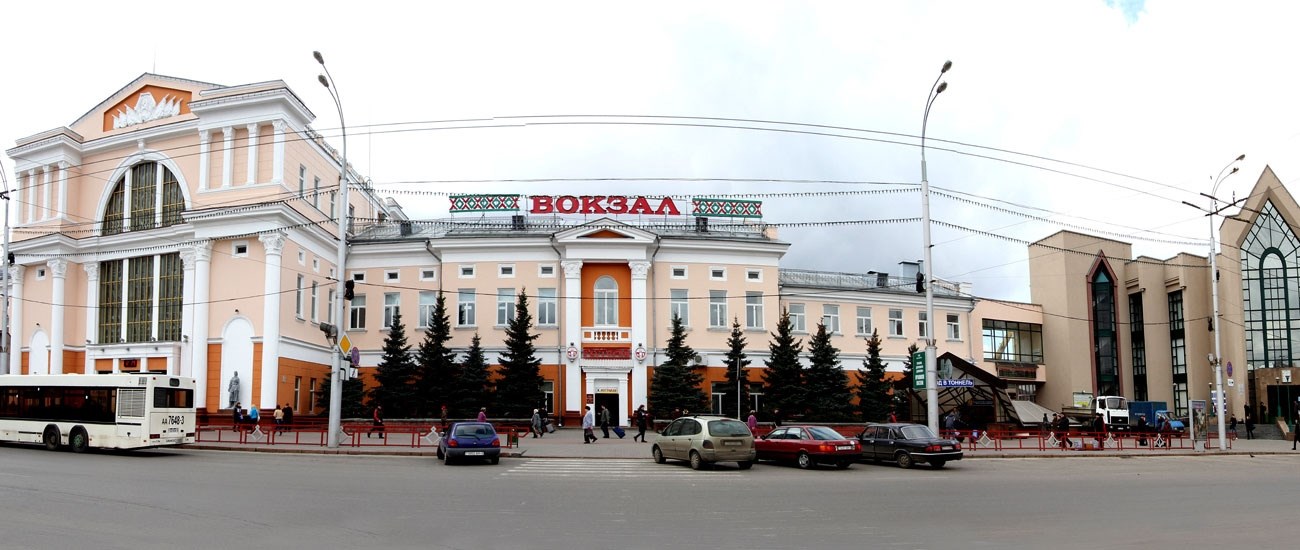
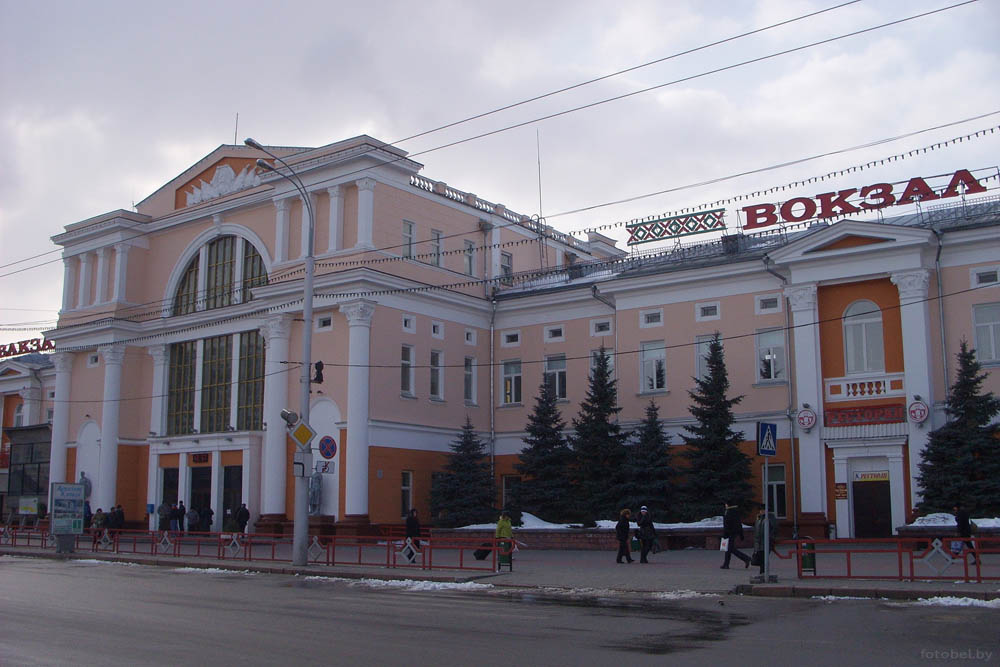
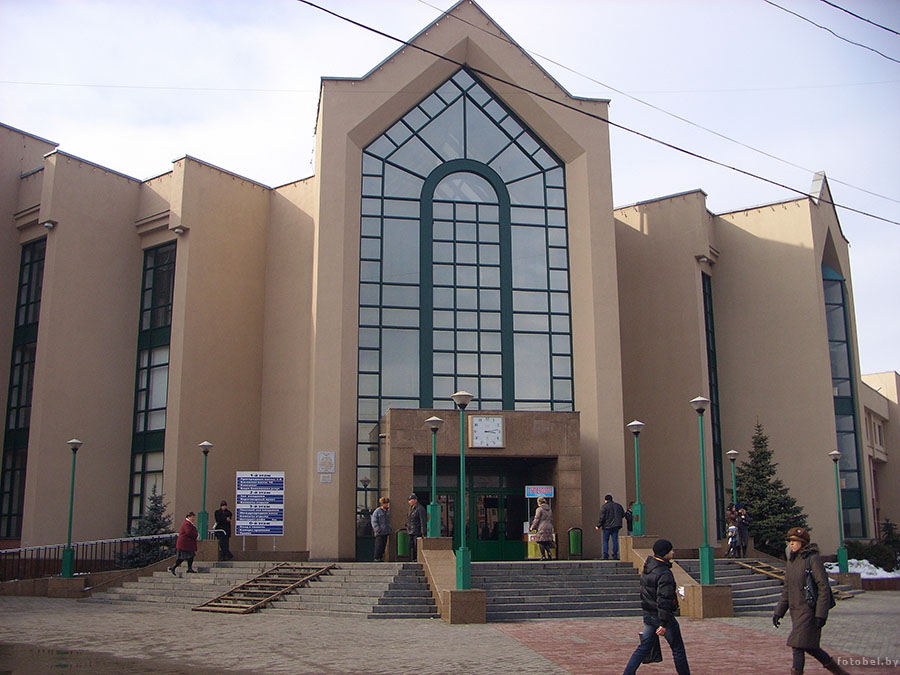
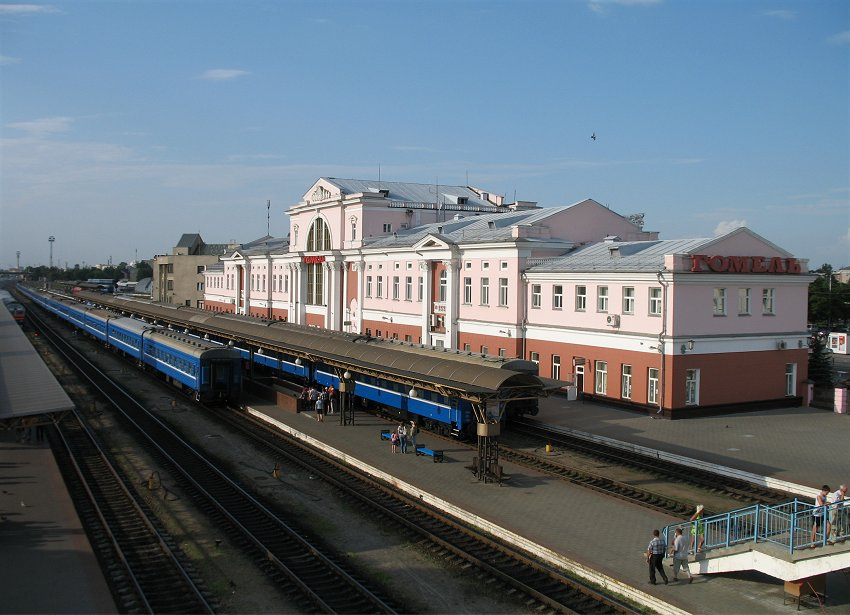
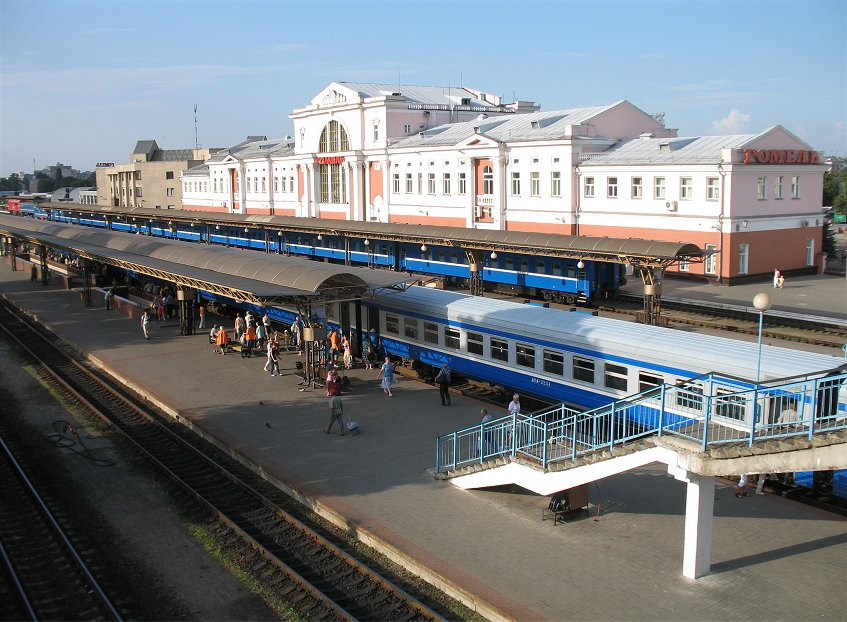
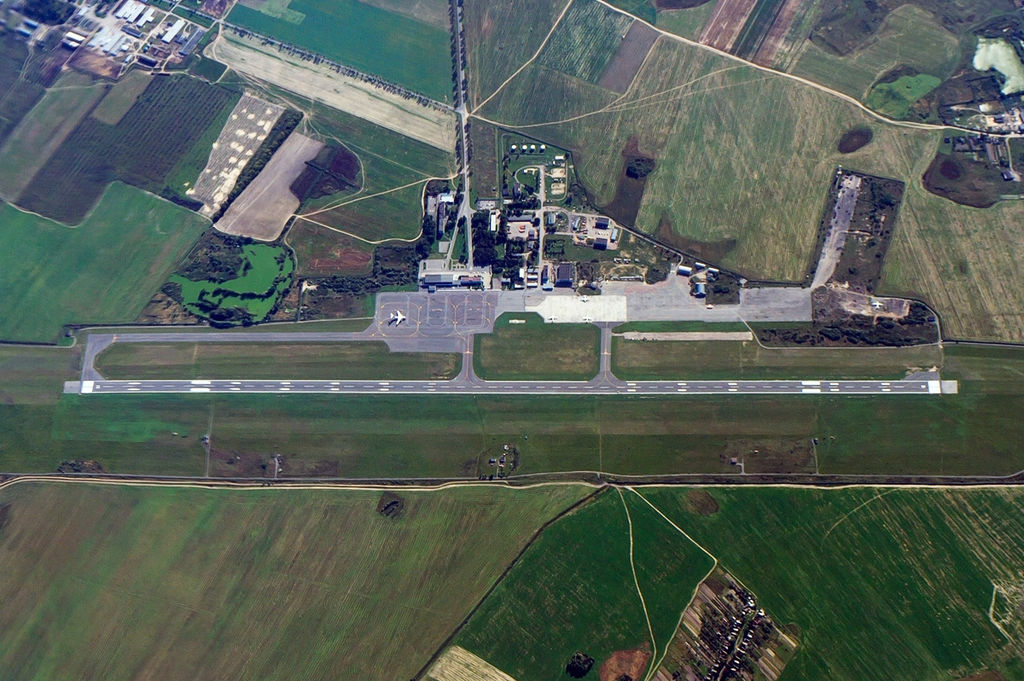
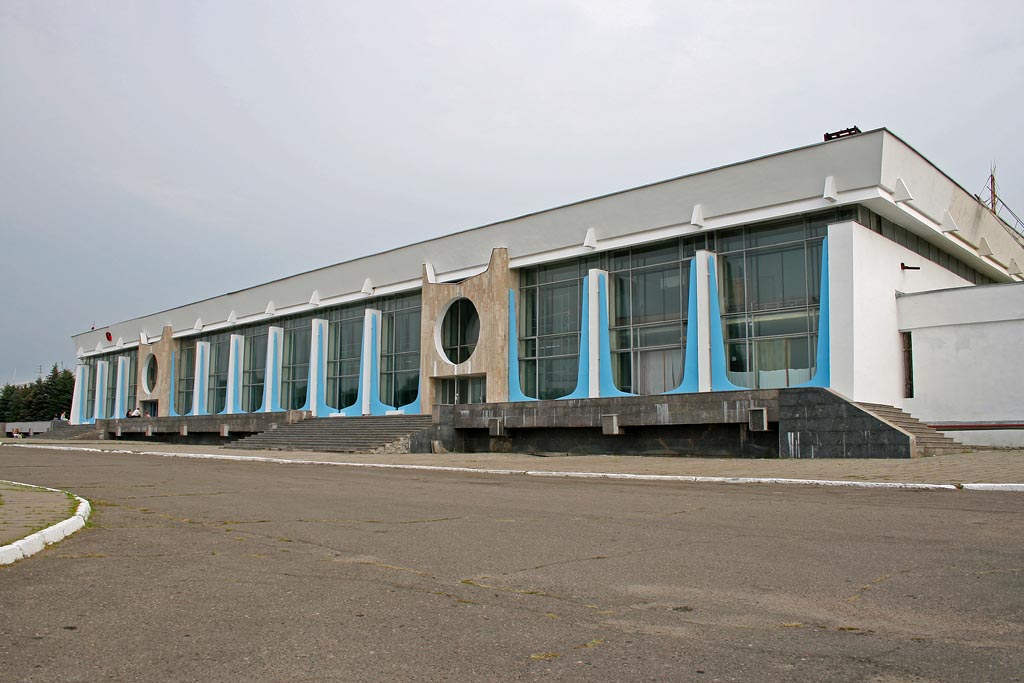
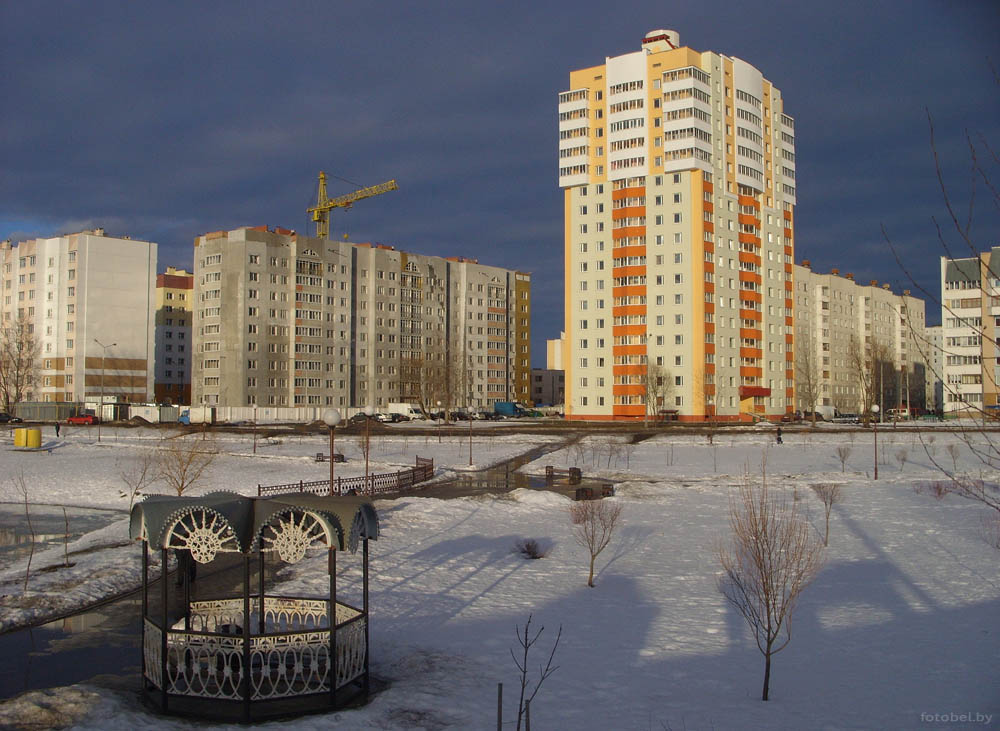
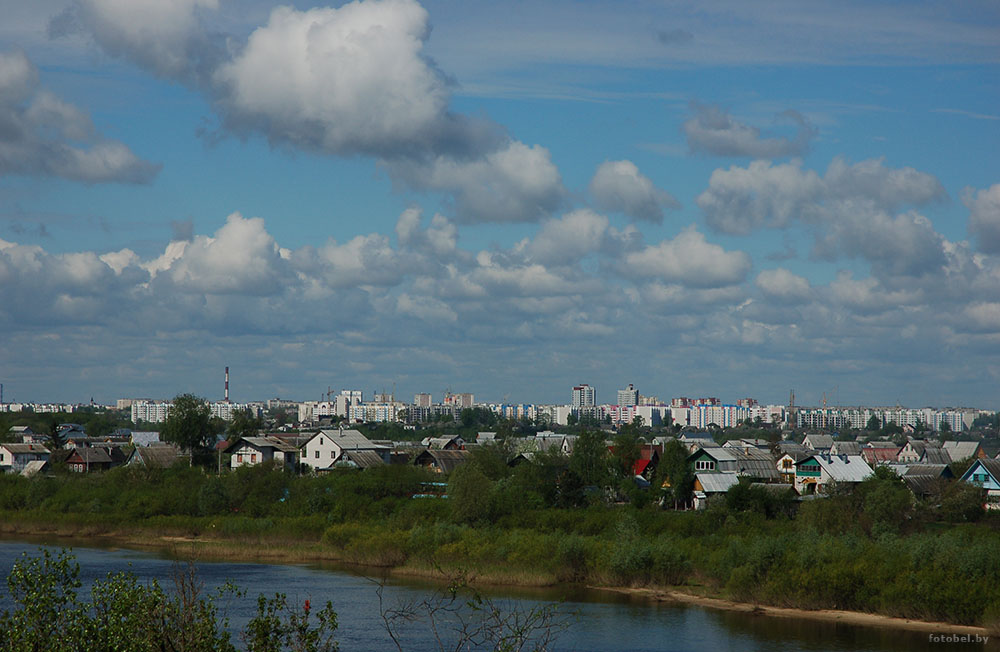
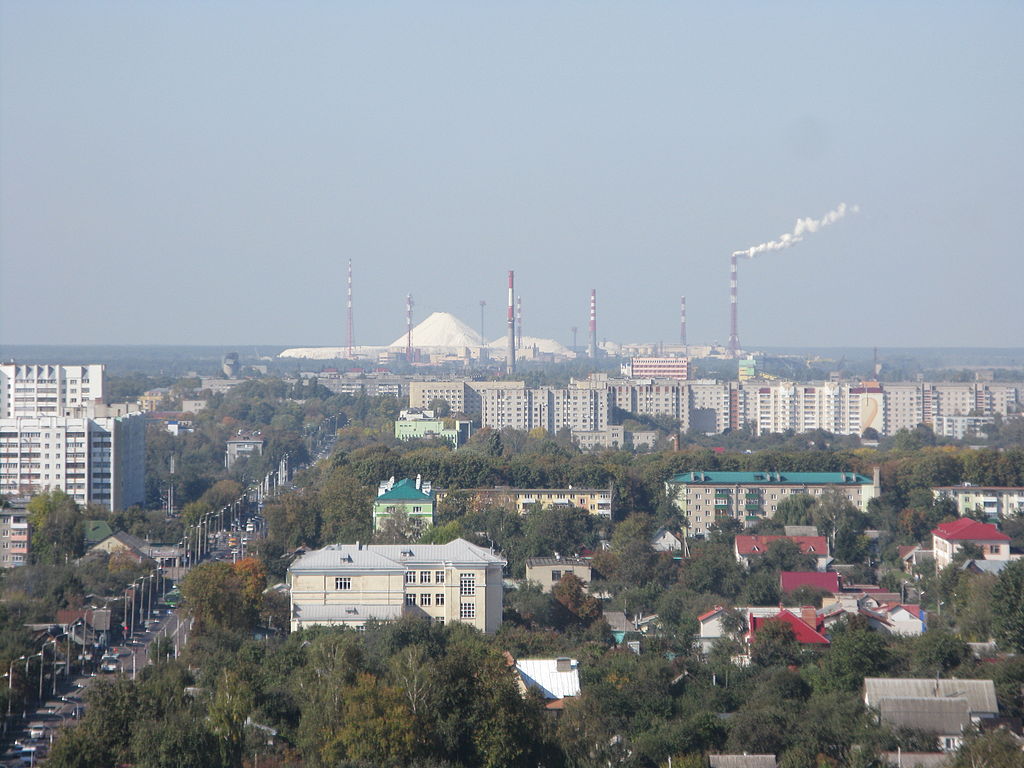
Vídeo:
Web recomendada: http://www.gorod.gomel.by/
Contador: 6392
Inserción: 2015-07-18 16:24:55
Lugares a visitar en un radio de 100 km (en línea recta)
Mapa de los lugares a 100 km (en línea recta)
Mostrando Registros desde el 1 hasta el 0 de un total de 0
Visitas |
Más visitados Basílica de San Marcos 154973 Catedral de Notre Dame (París) 144281 Torre de Pisa 131624 Monte Saint-Michel 100721 Presa de las Tres Gargantas 81576 |
Incorporaciones |
Comentarios hazola Cúpula de la Roca gracias me... gera Buenos Aires las mejores fotos de la mejor ciudad del... Daniel M. - BRASIL San Francisco ... PEQUE Presa Chicoasén SERA QUE ALGUIEN ME PUEDE DAR MAS INFORMACIÓN DE ESTE PROYECTO ESTUDIO EN LA UNACH Y ES PARA UN... Mery Huaca Pucllana Muy interesante, muy buena la información y... |
 Tweet
Tweet


